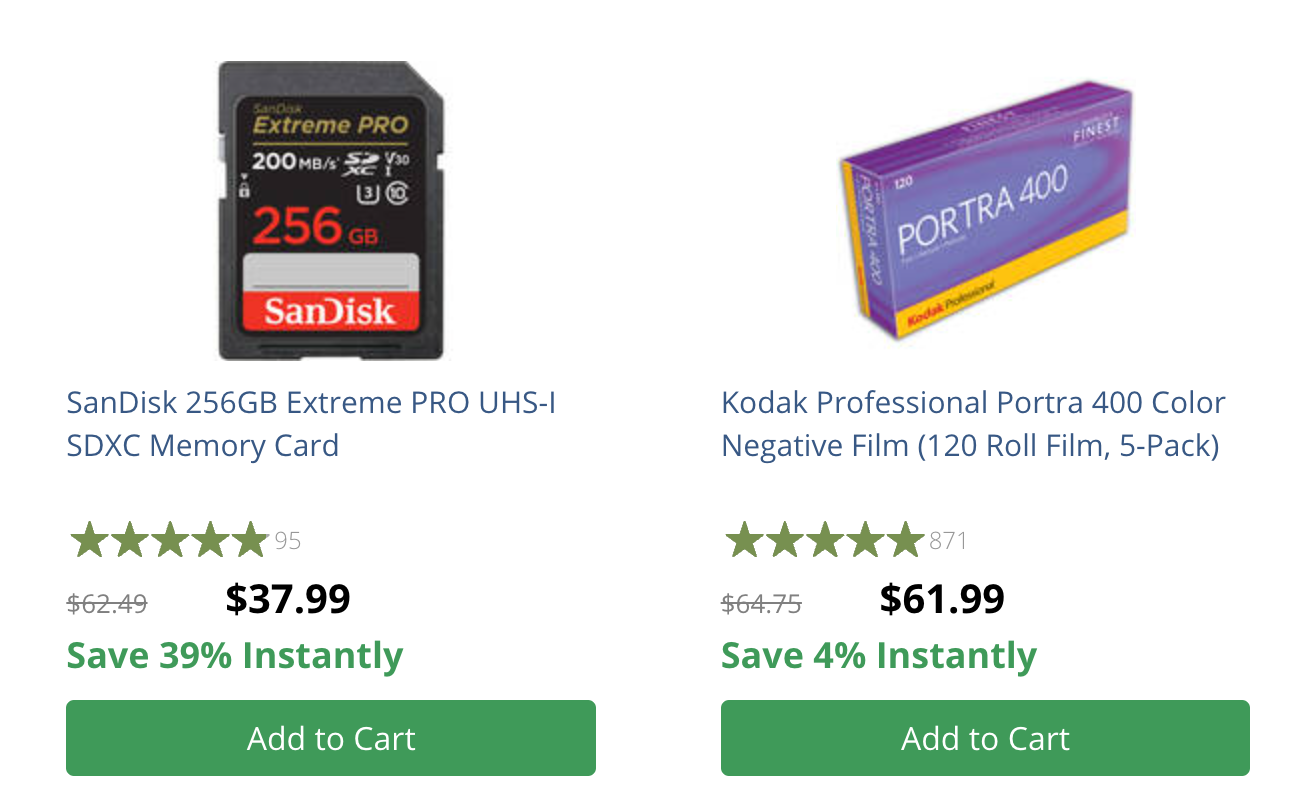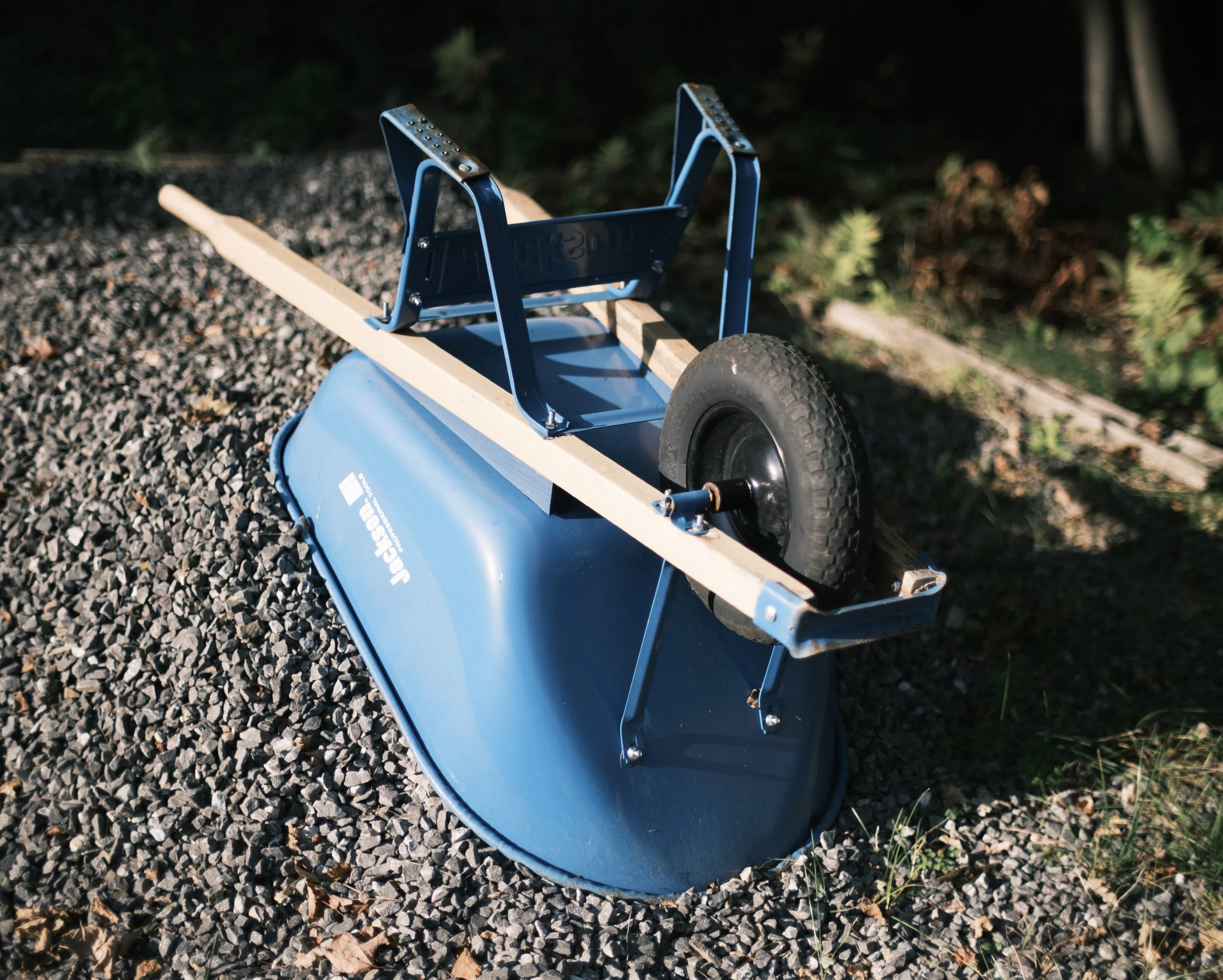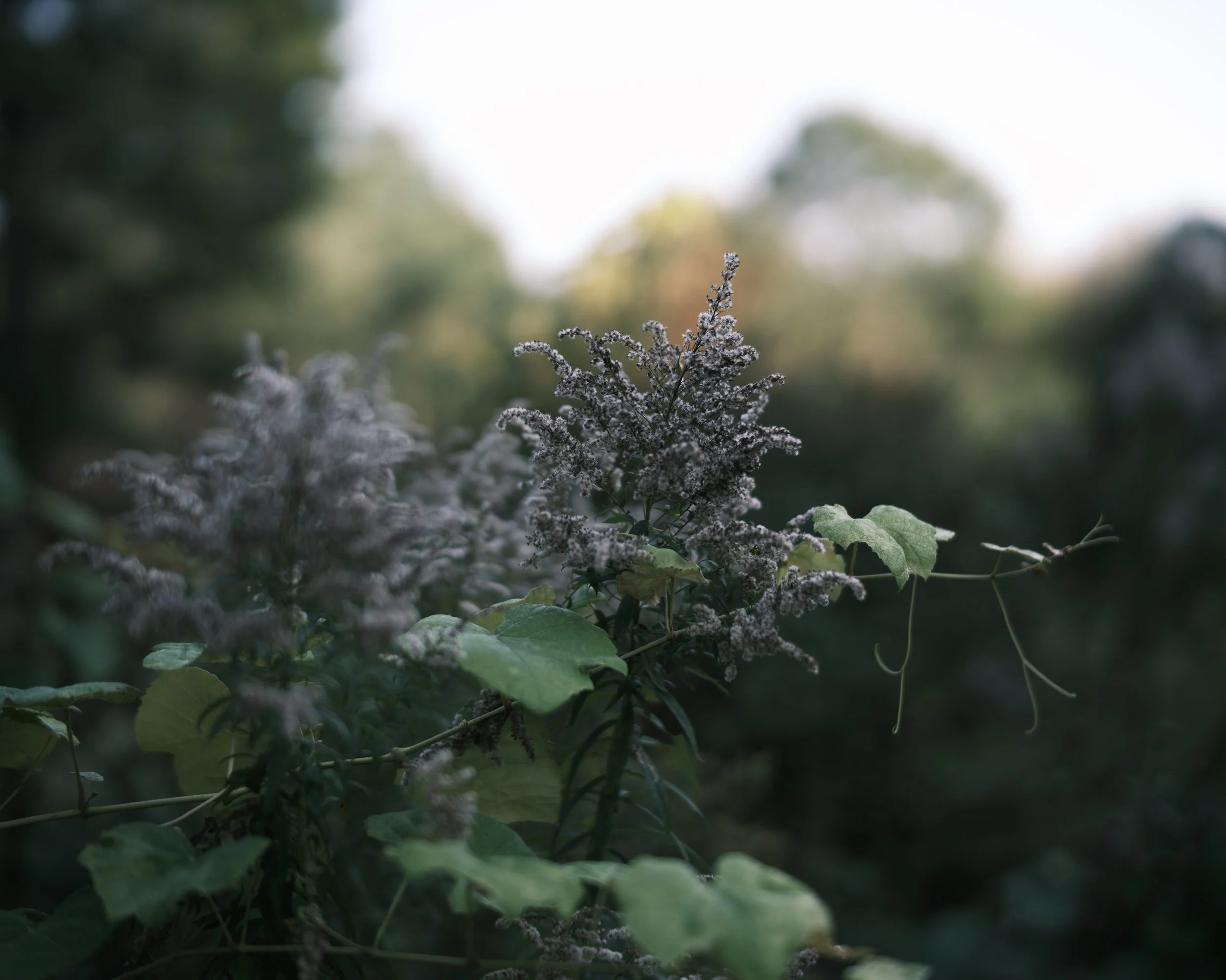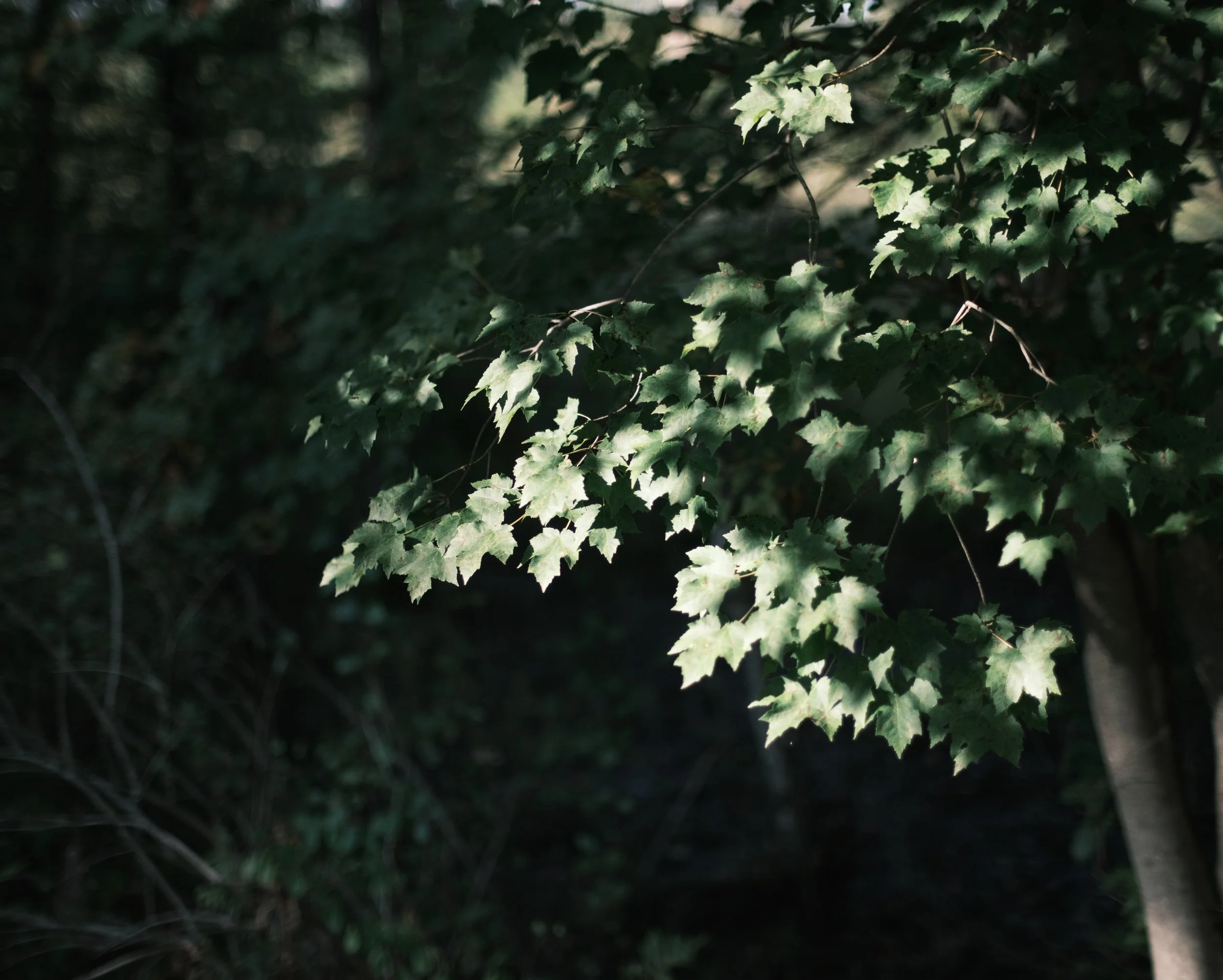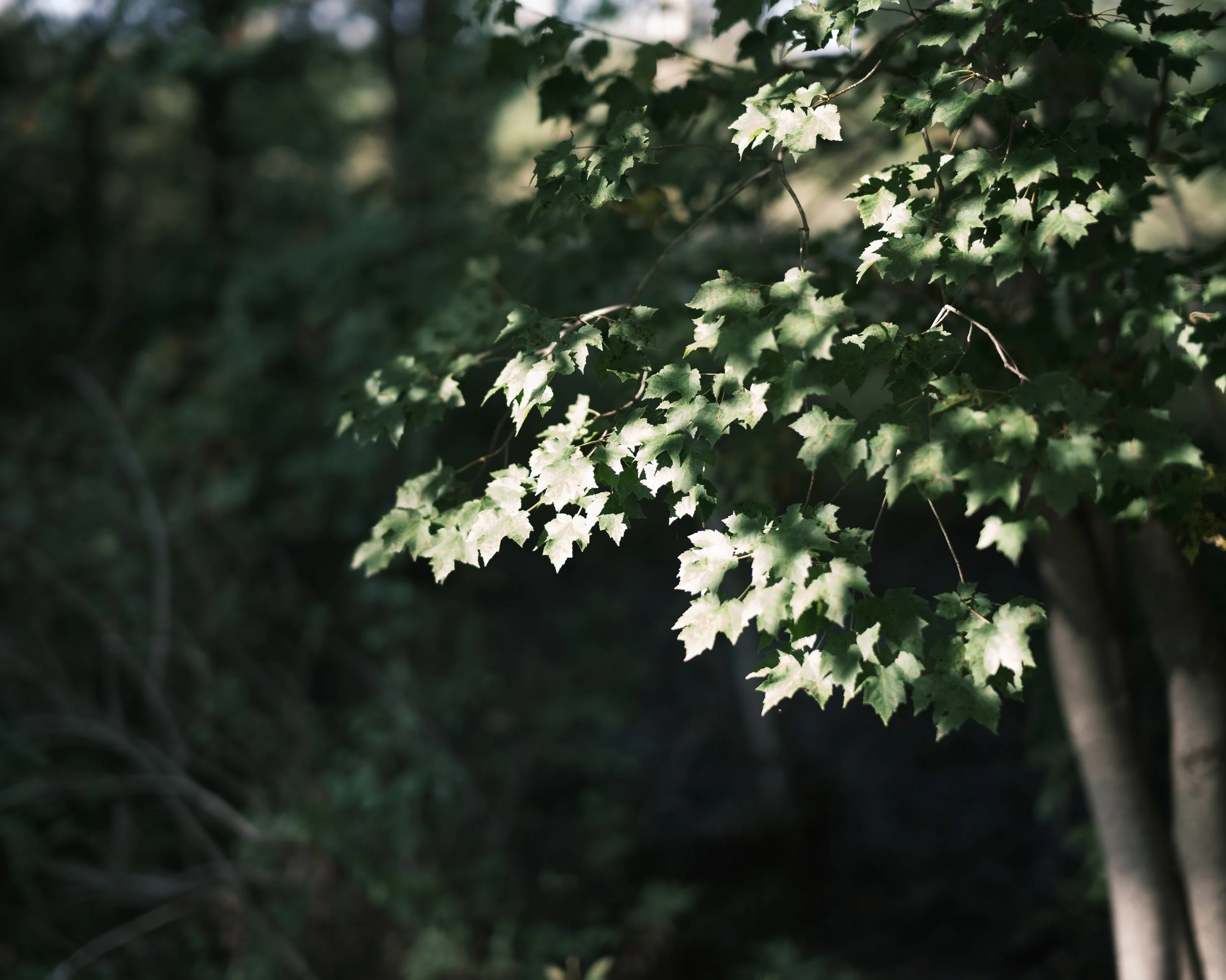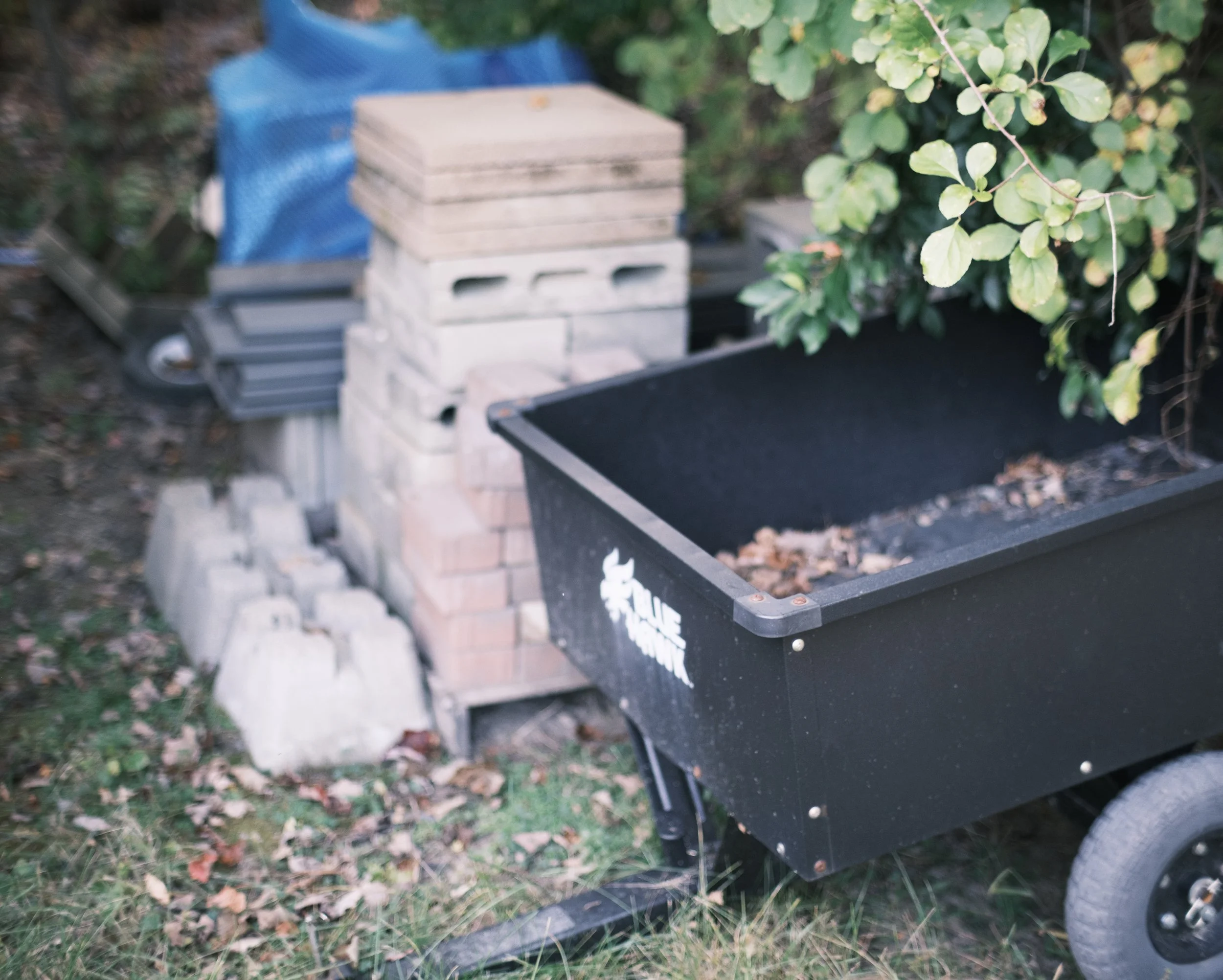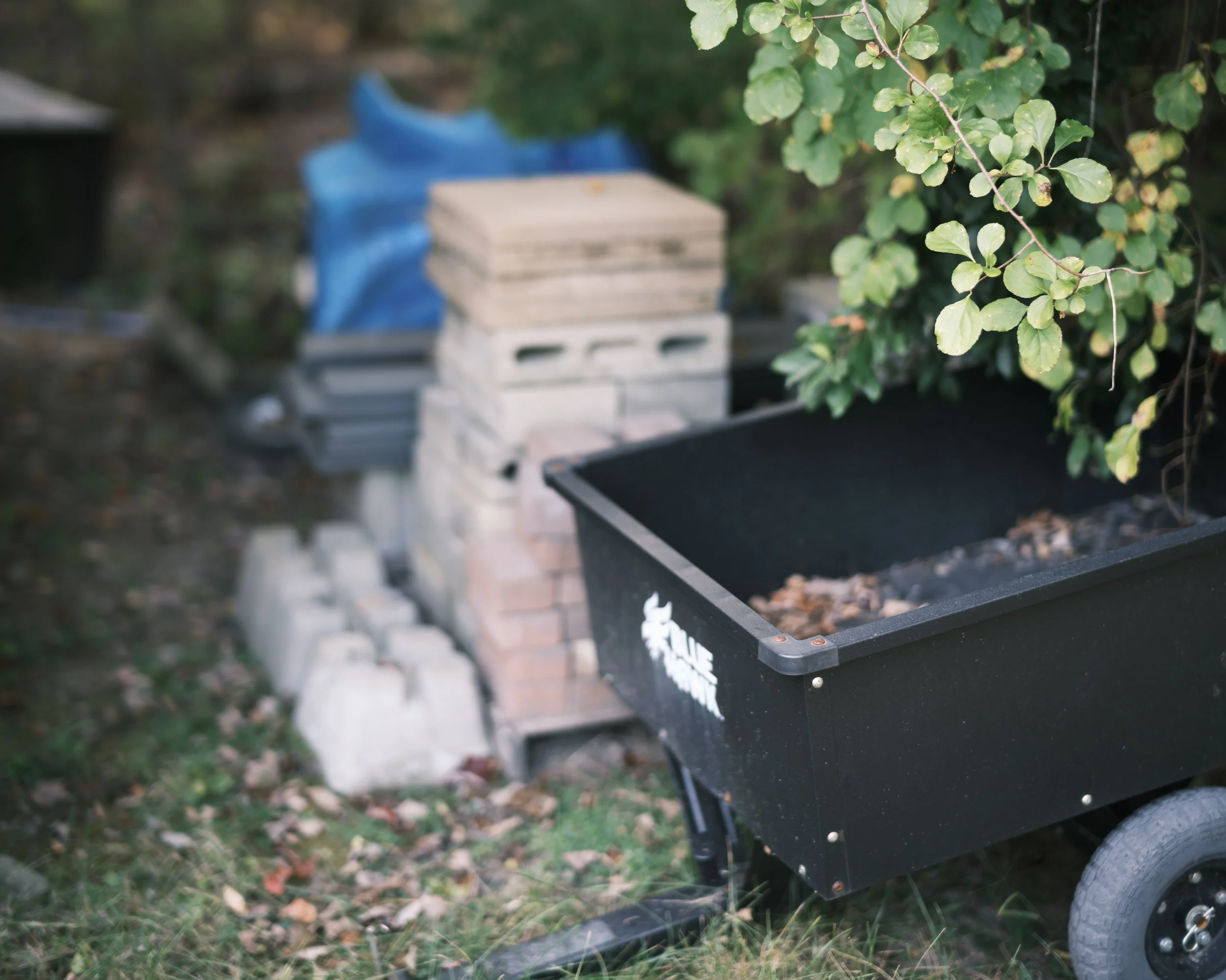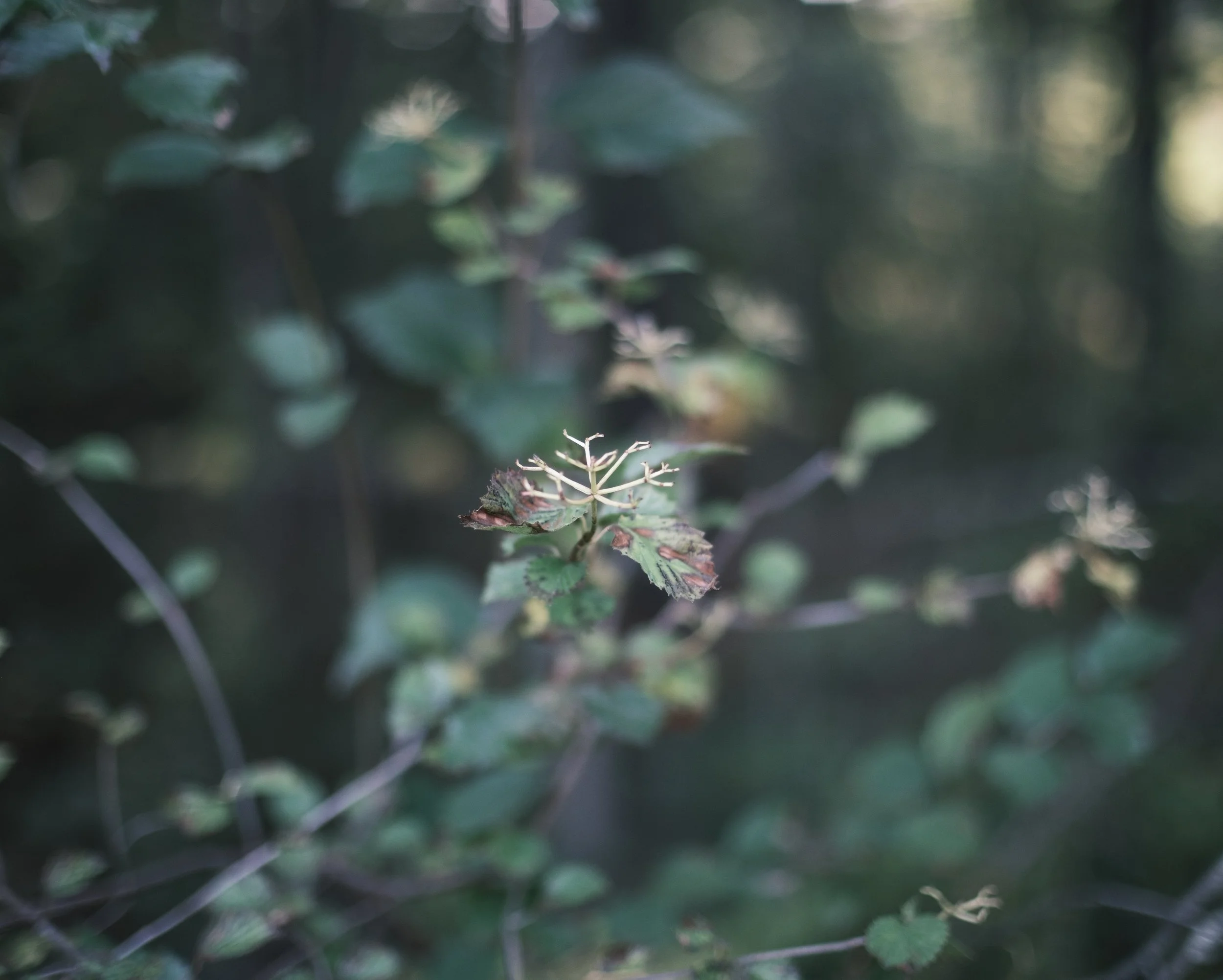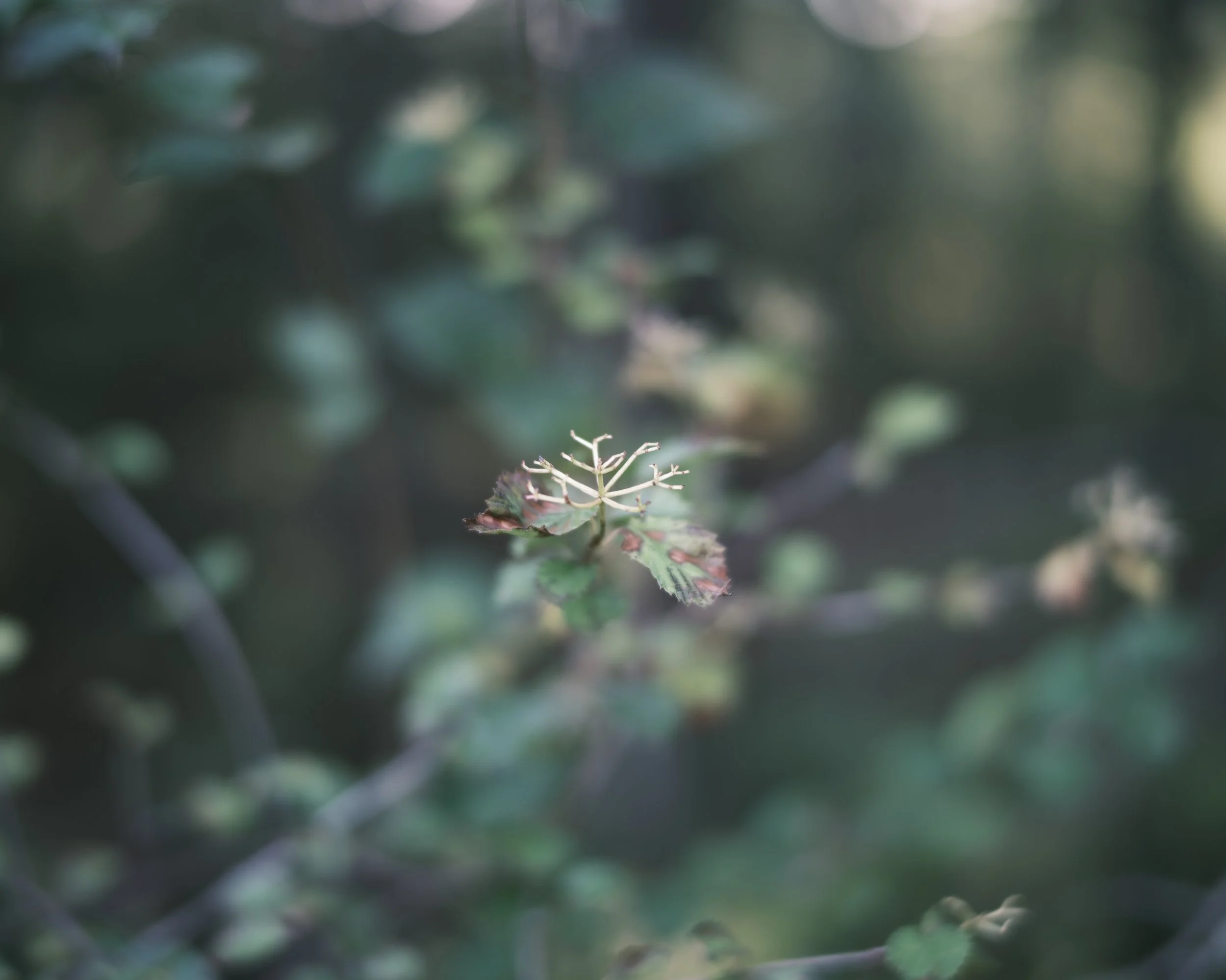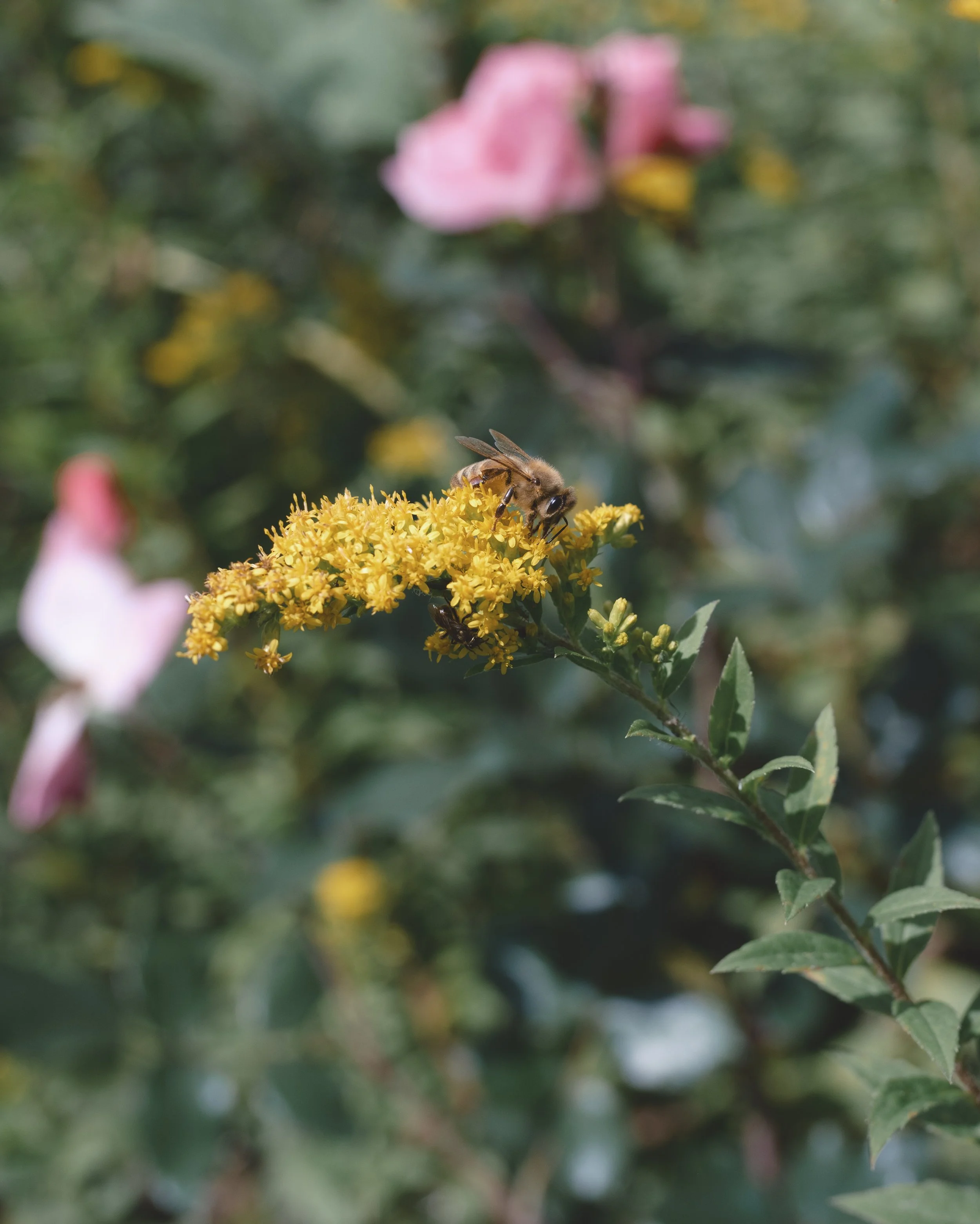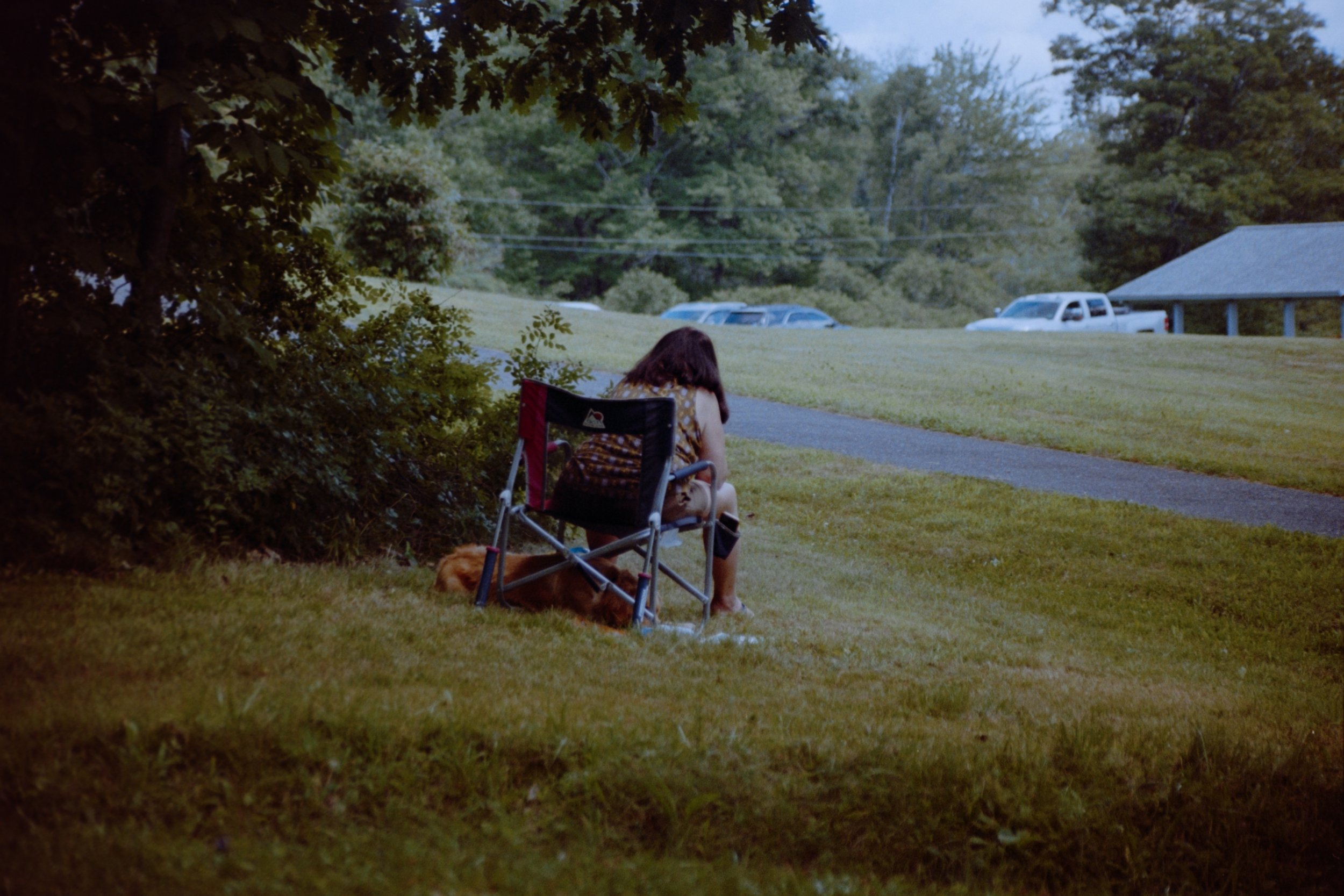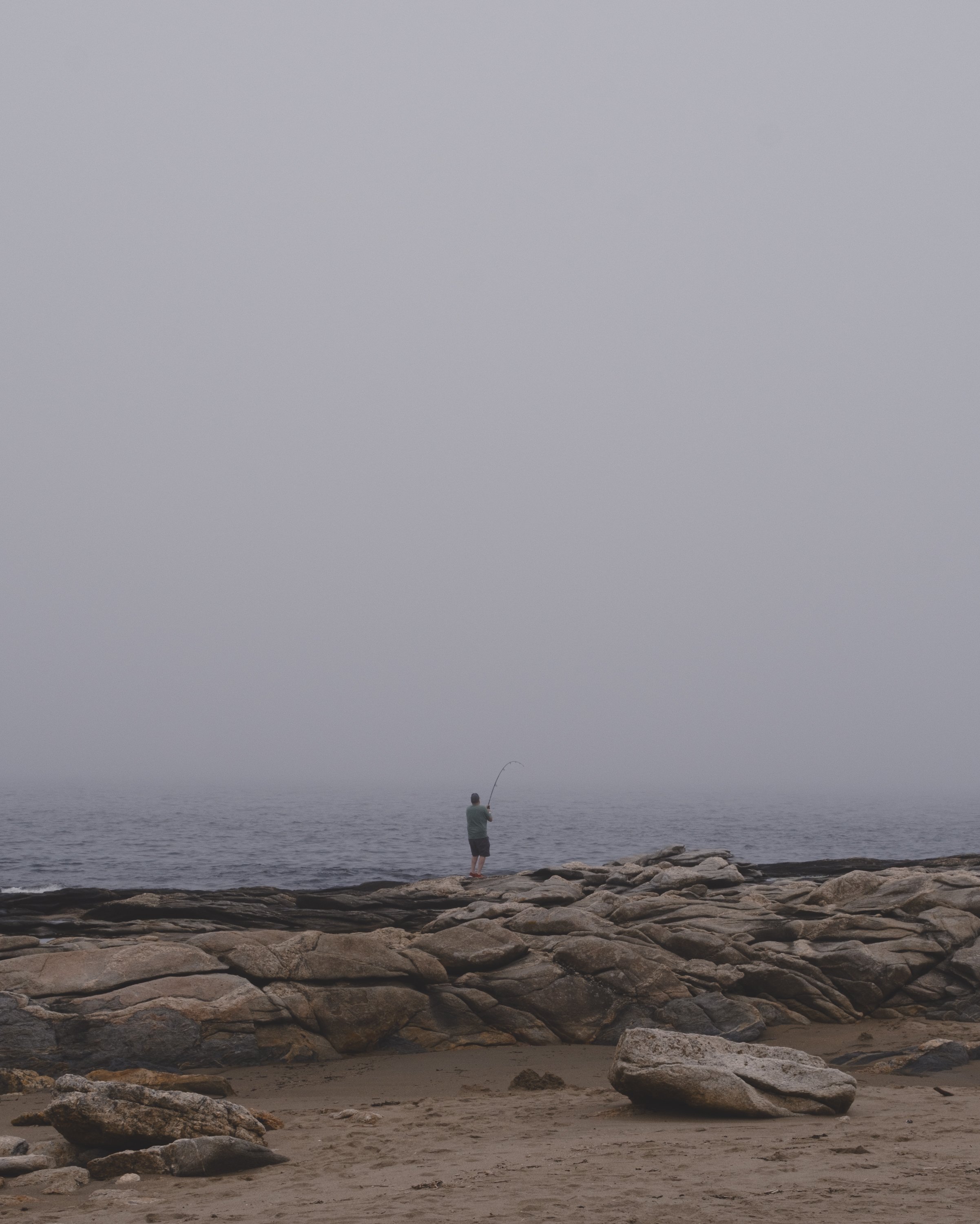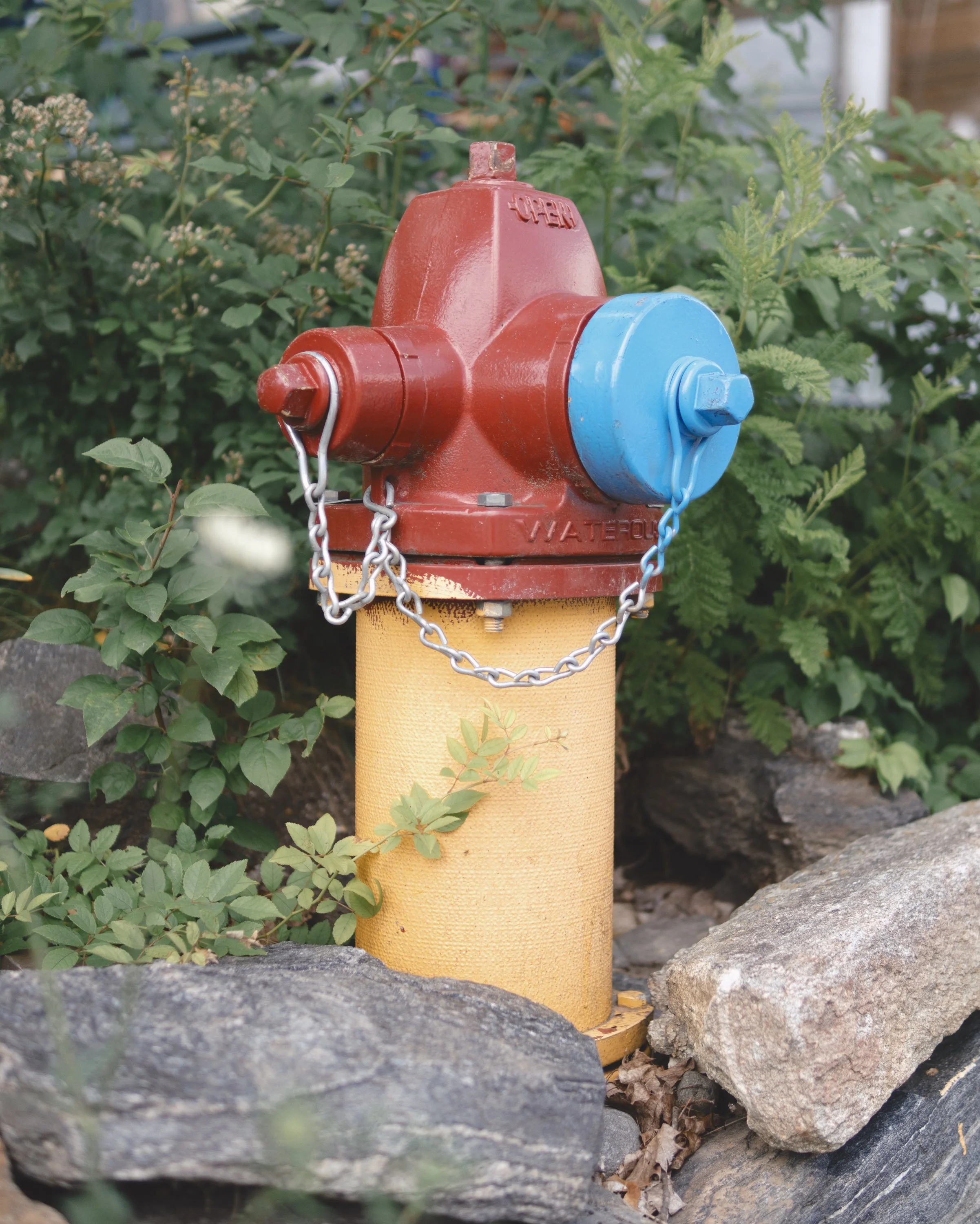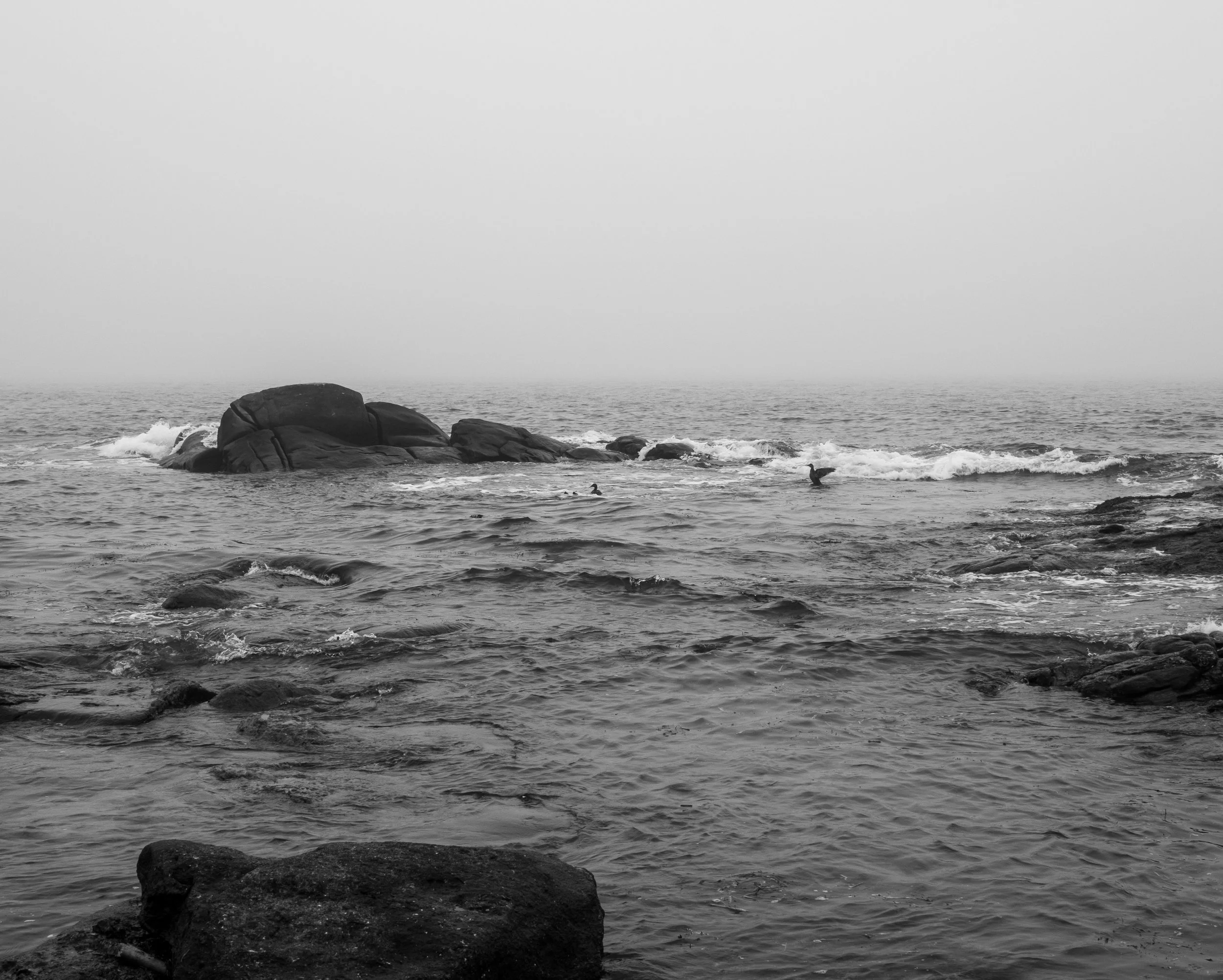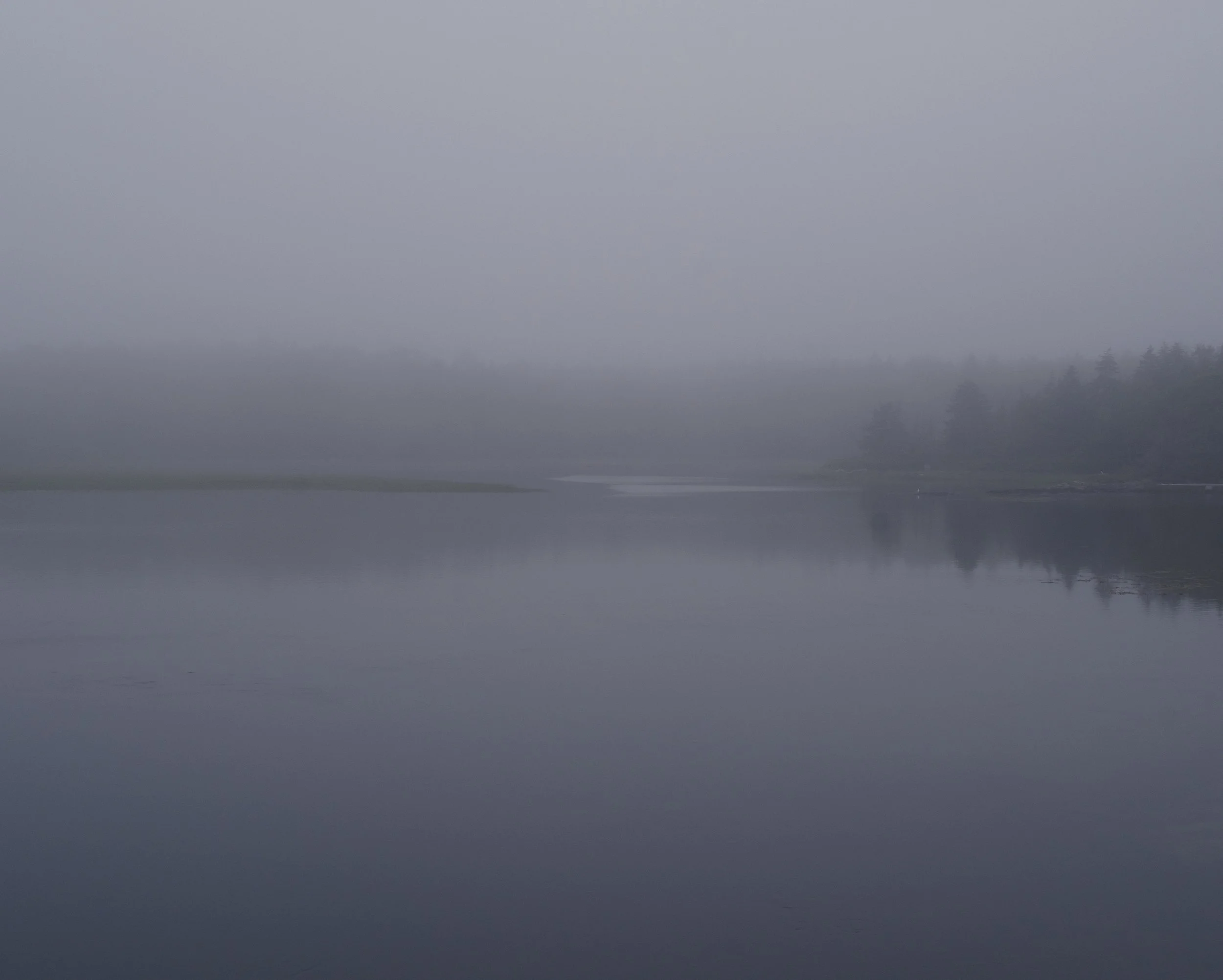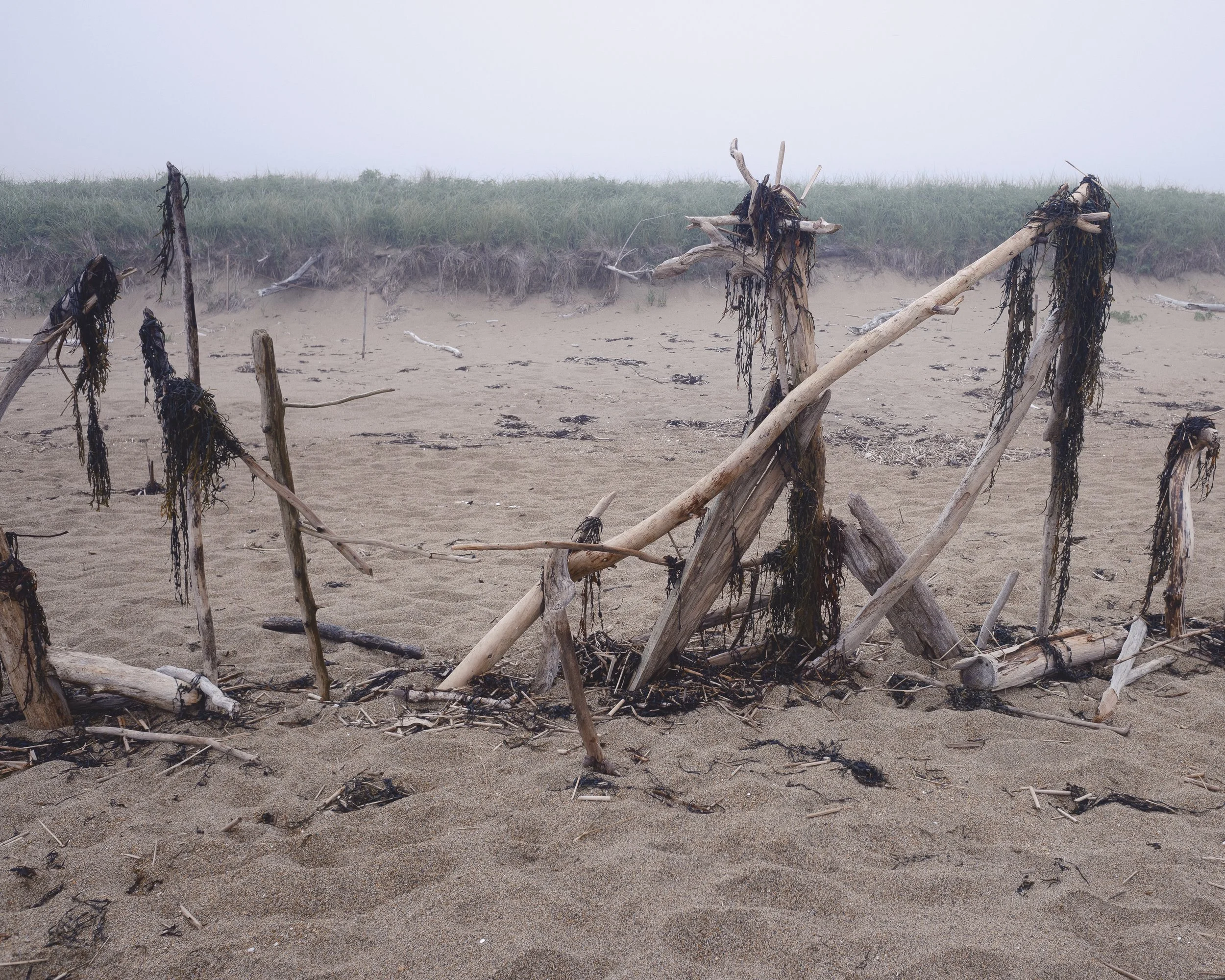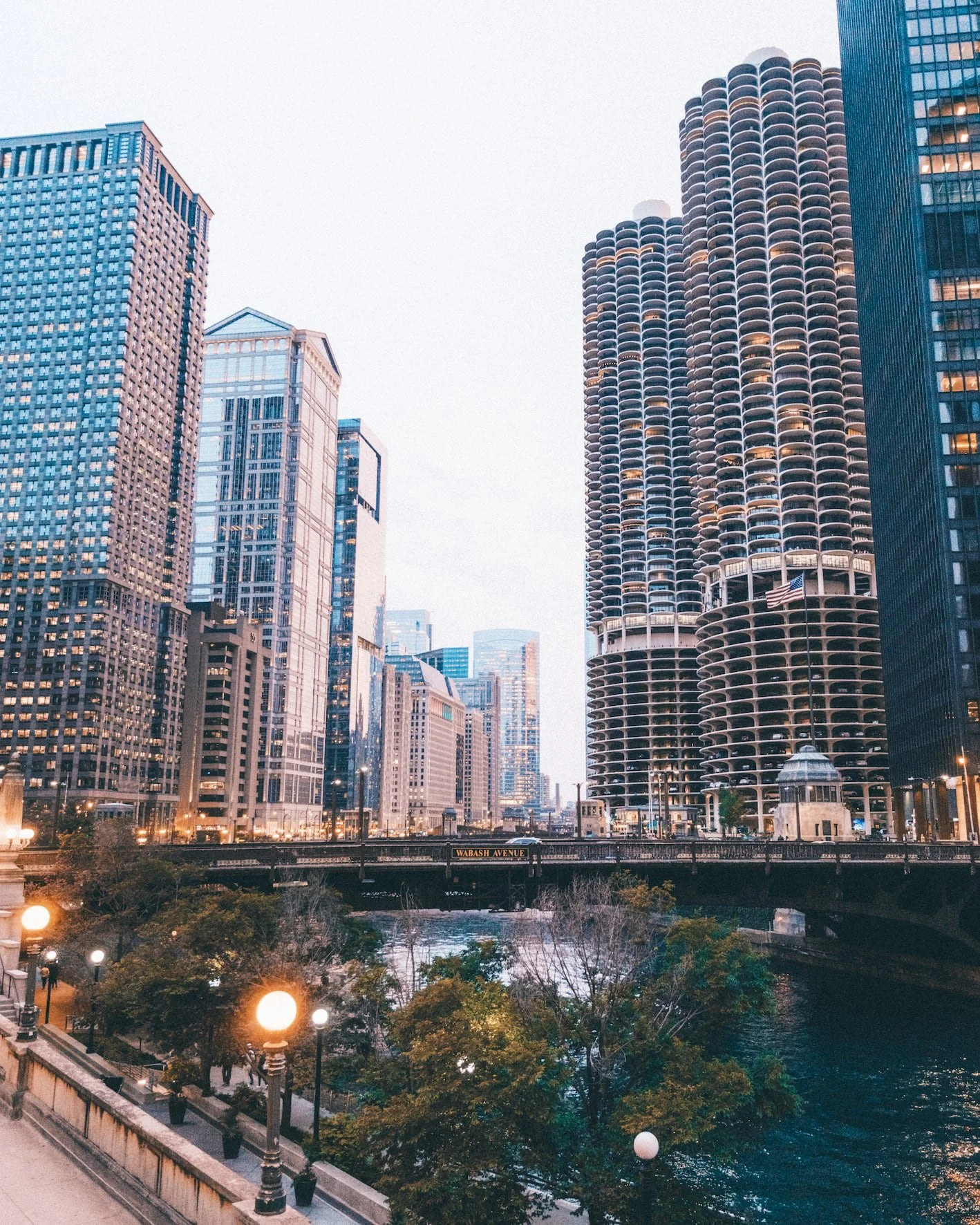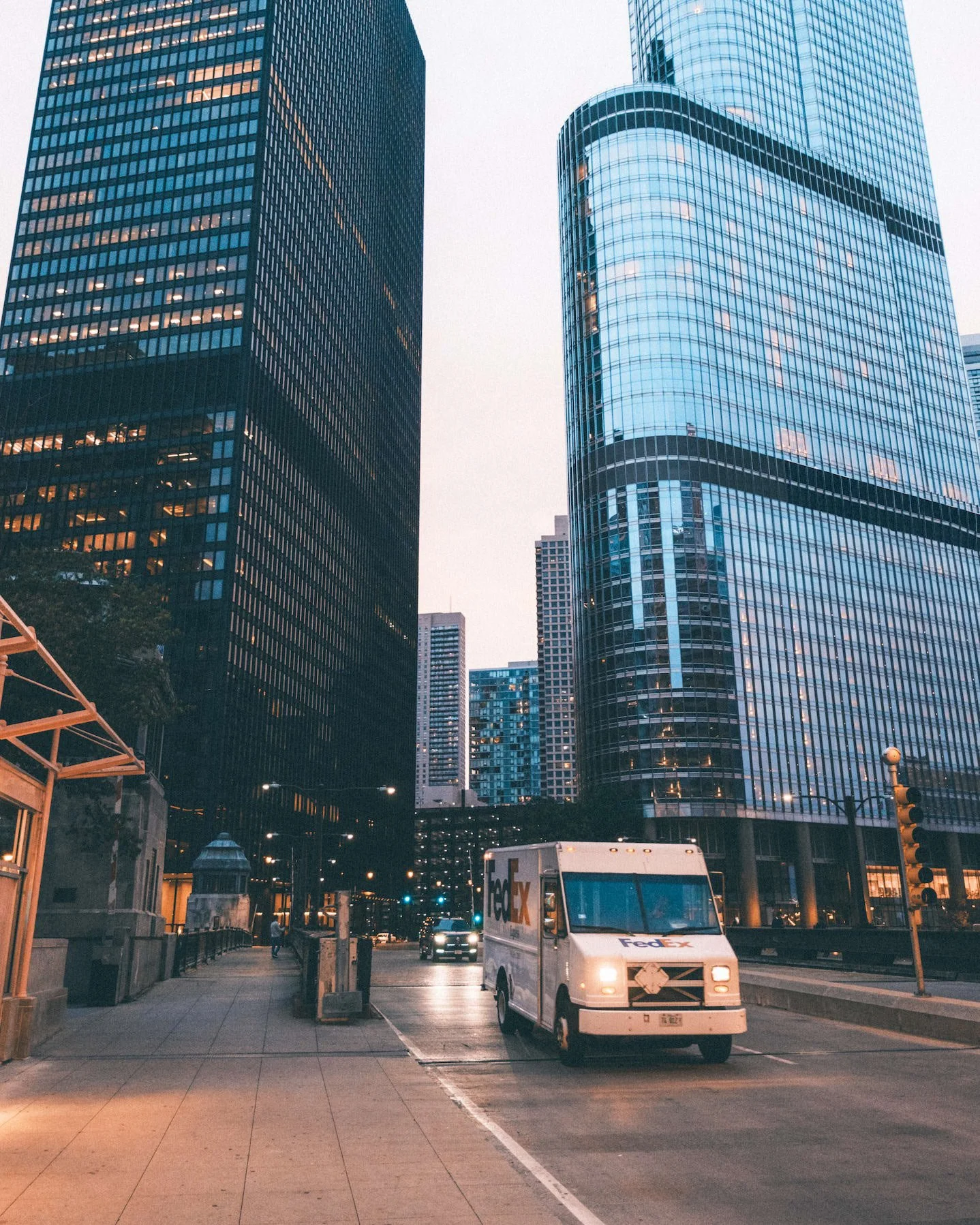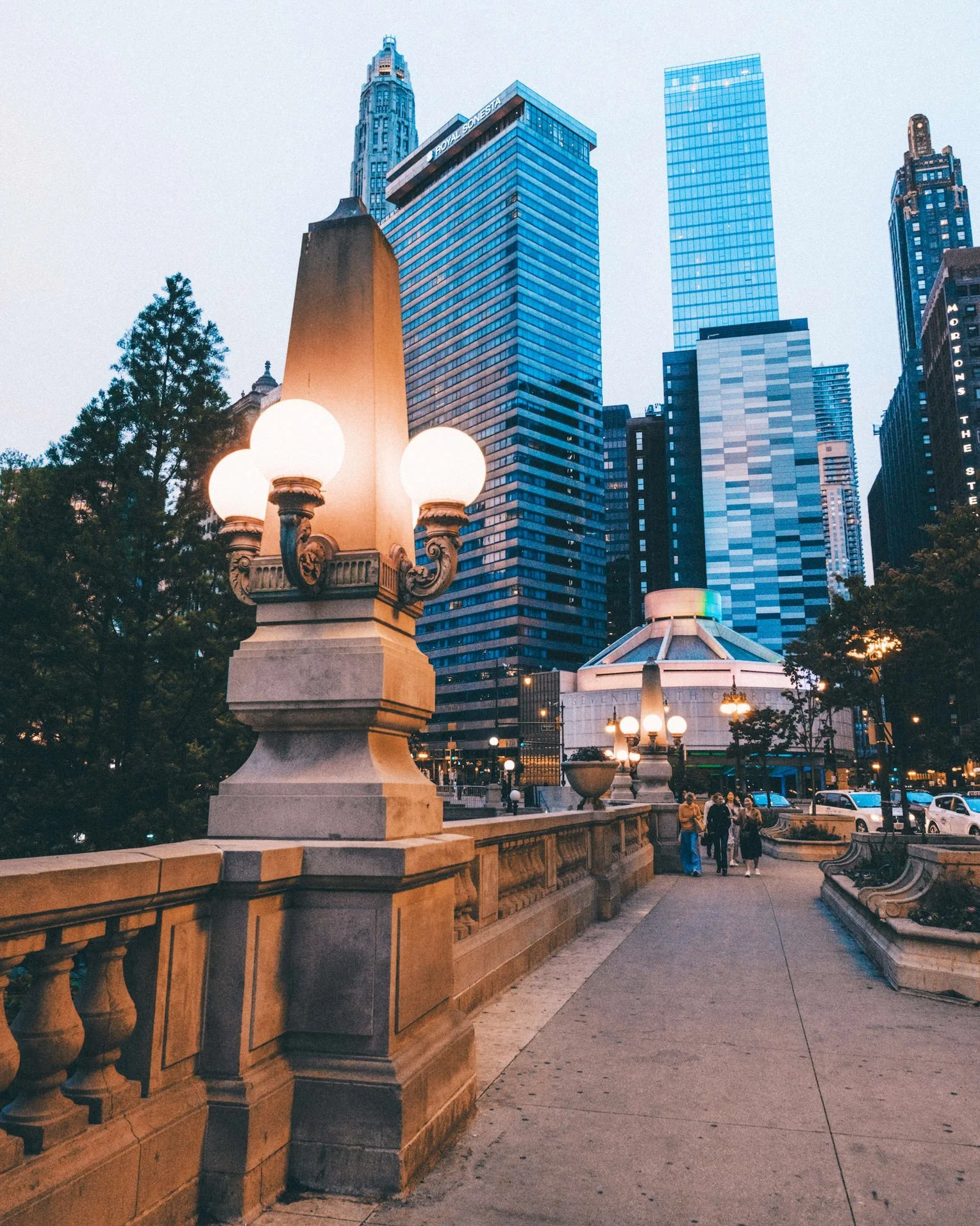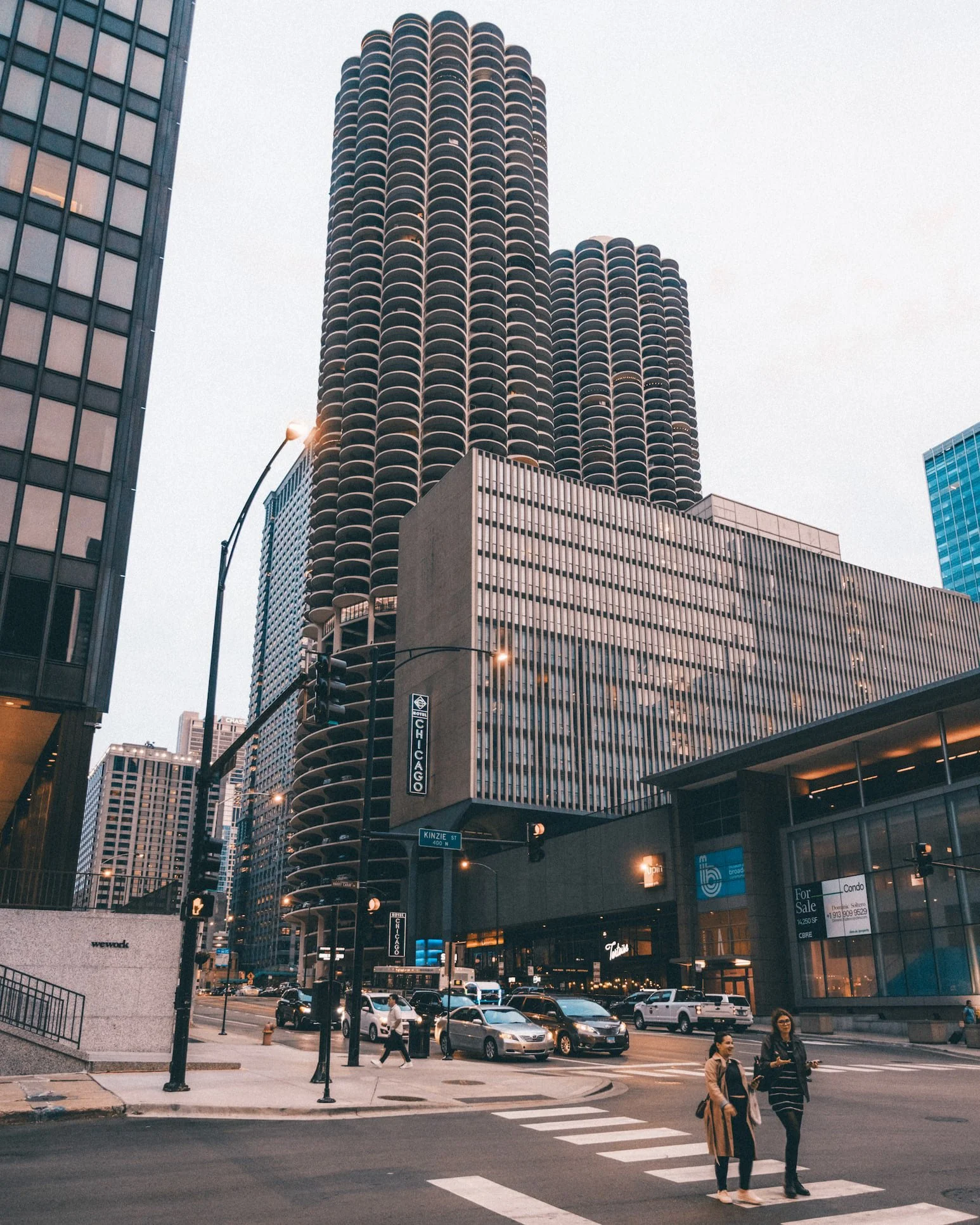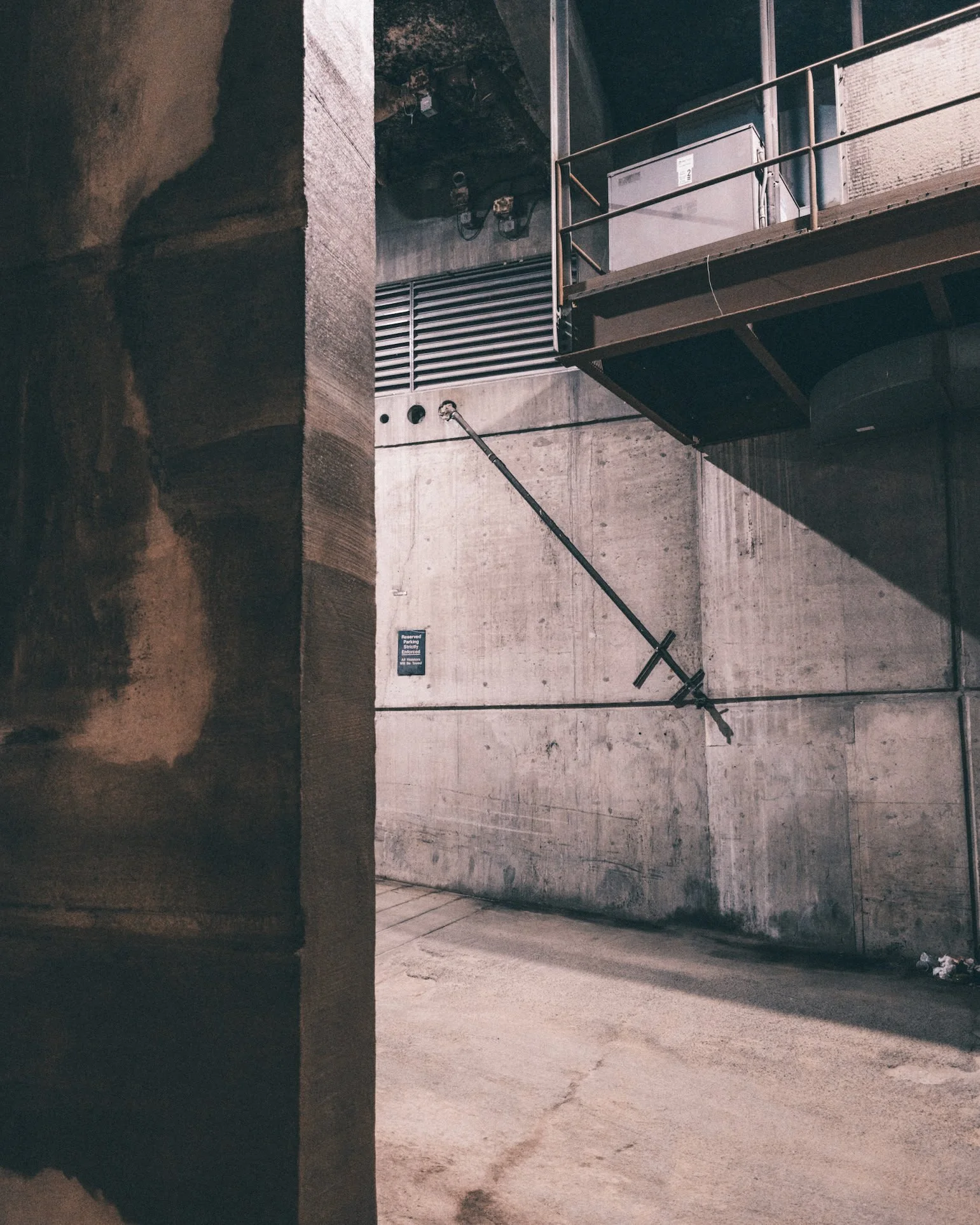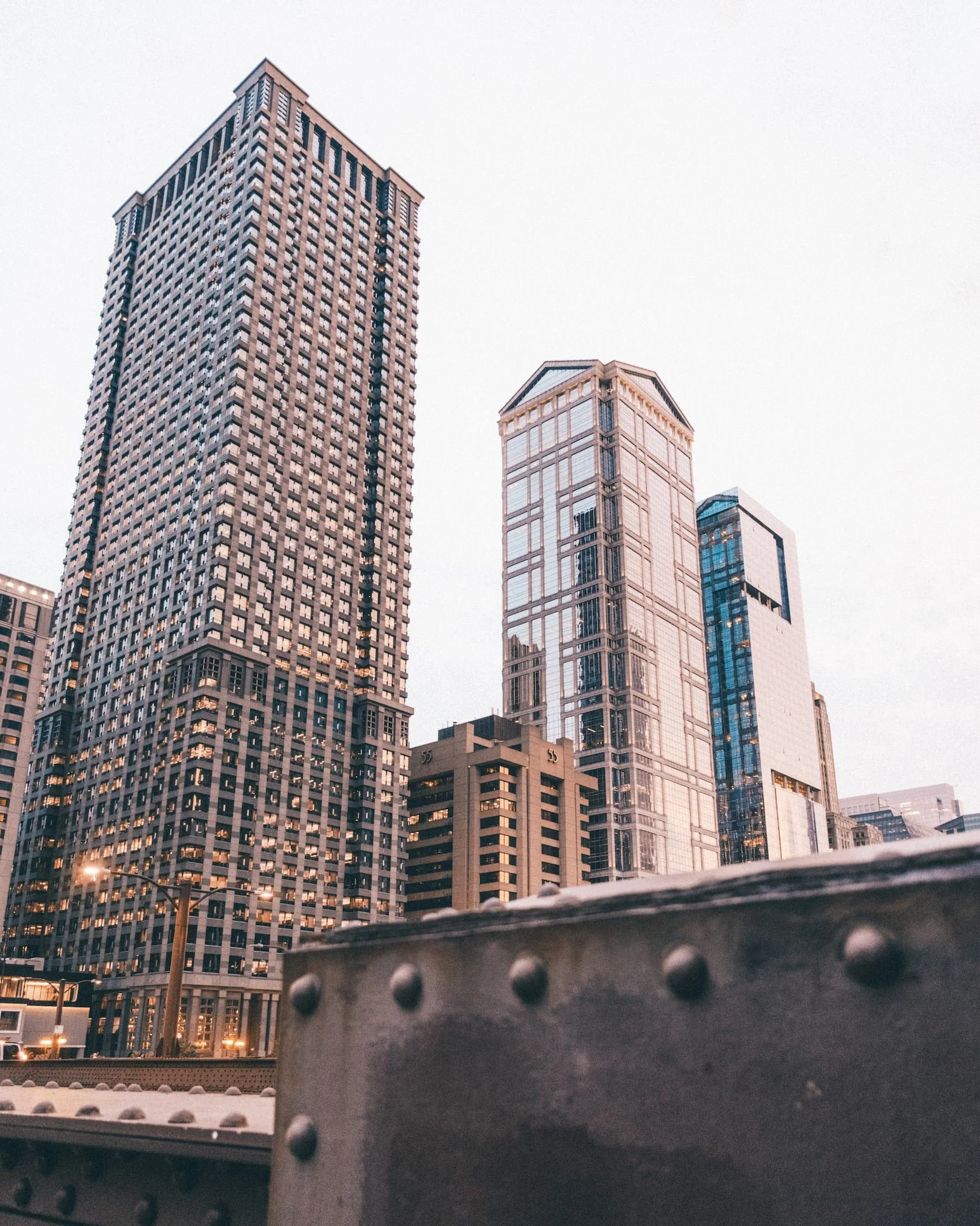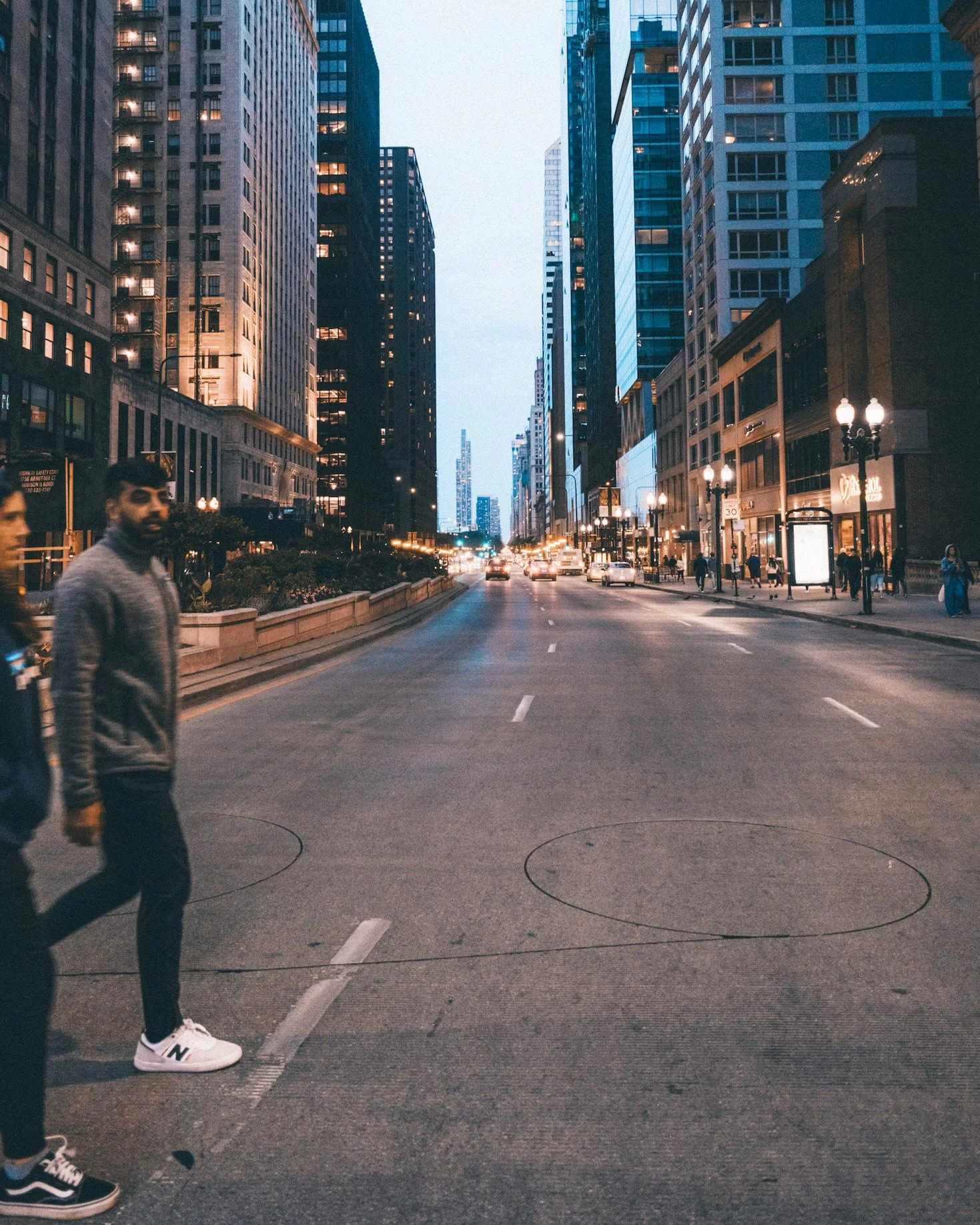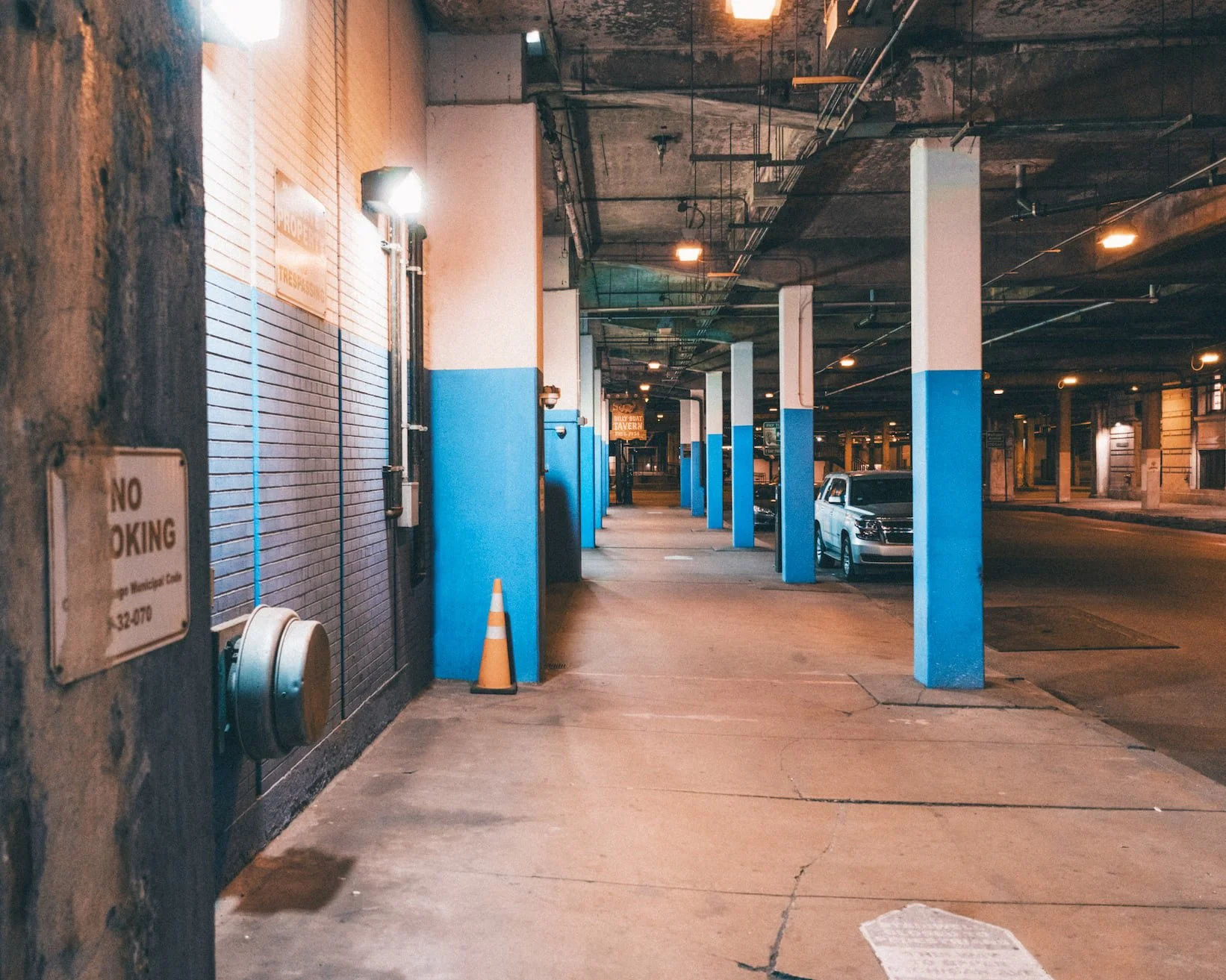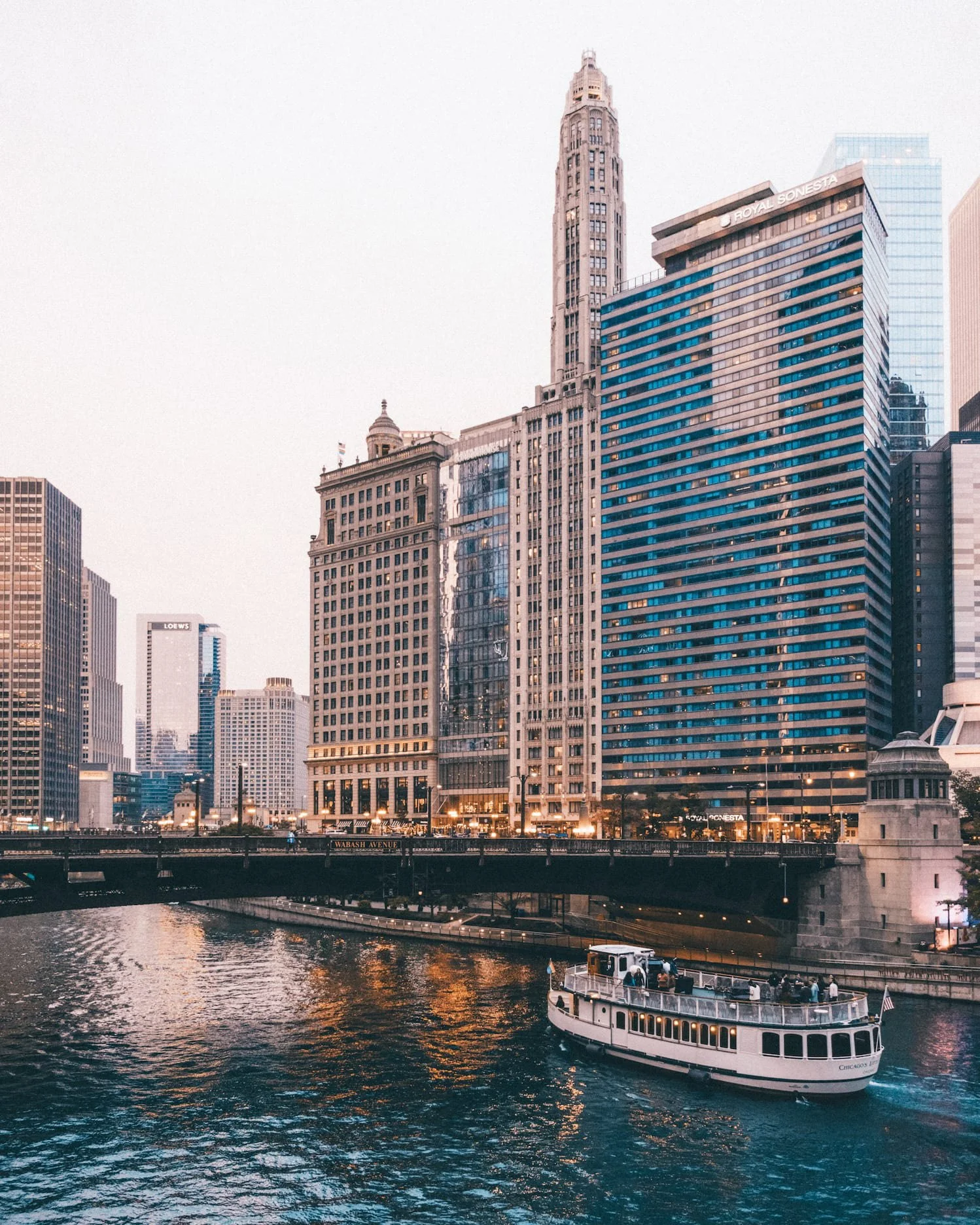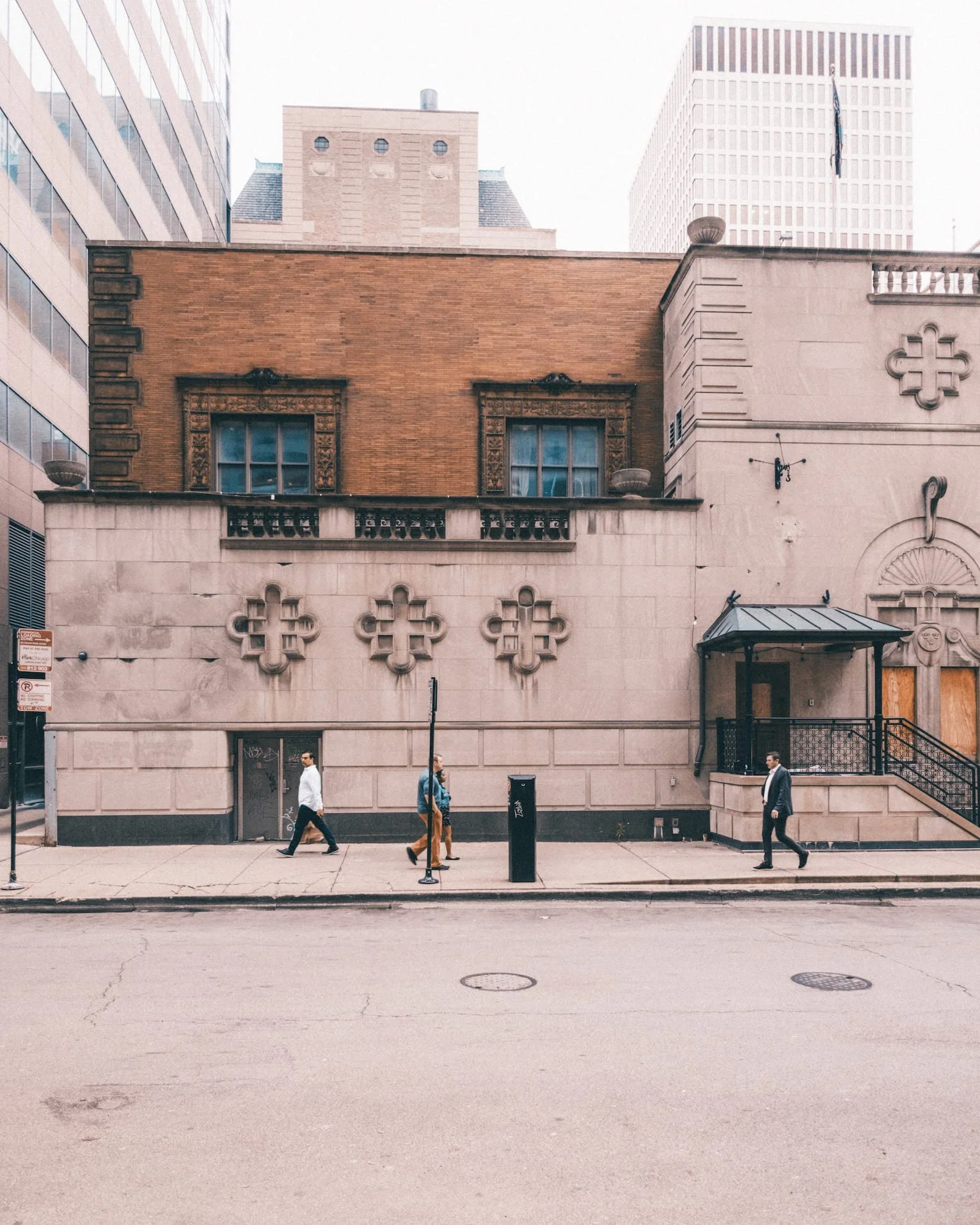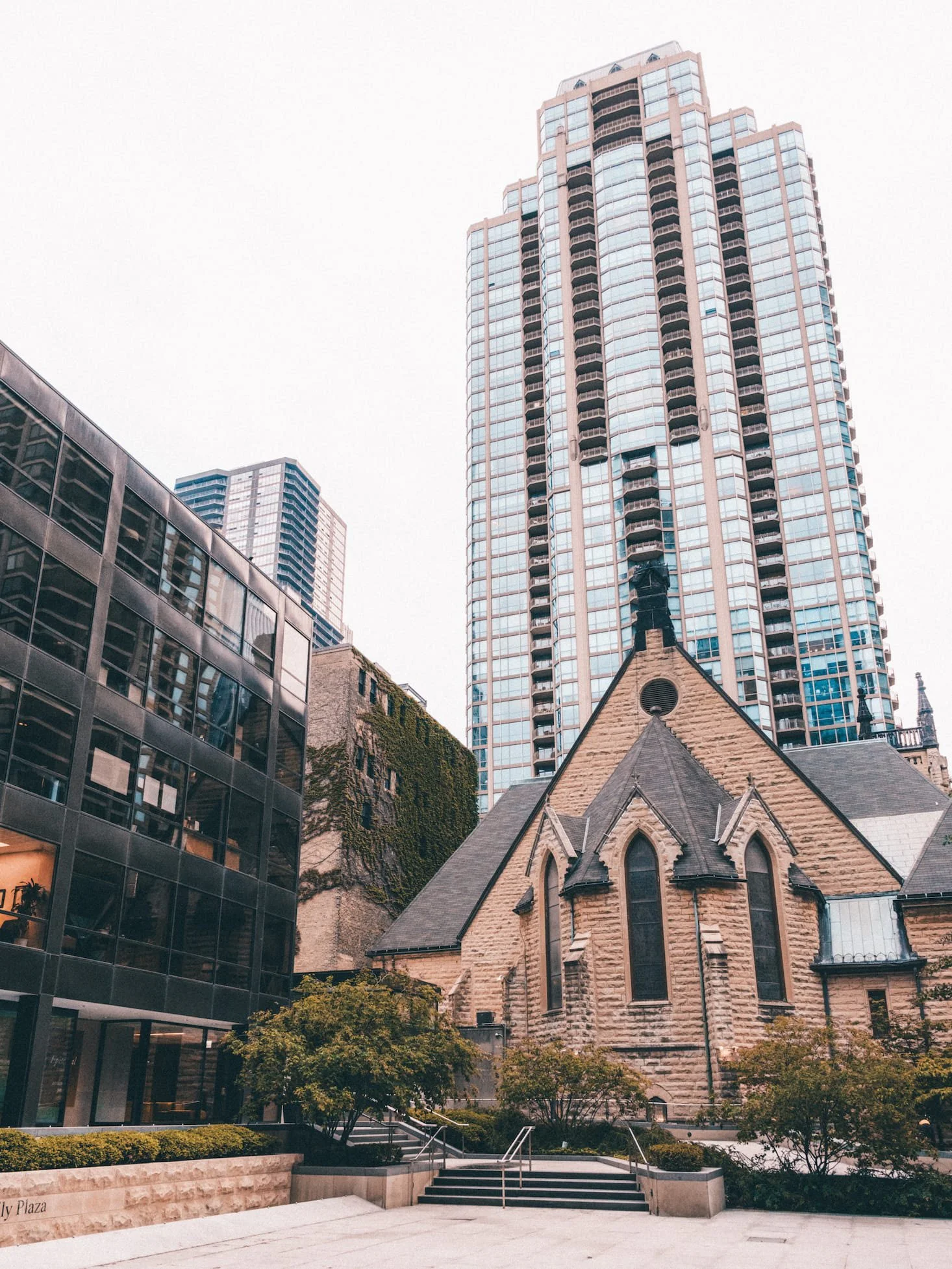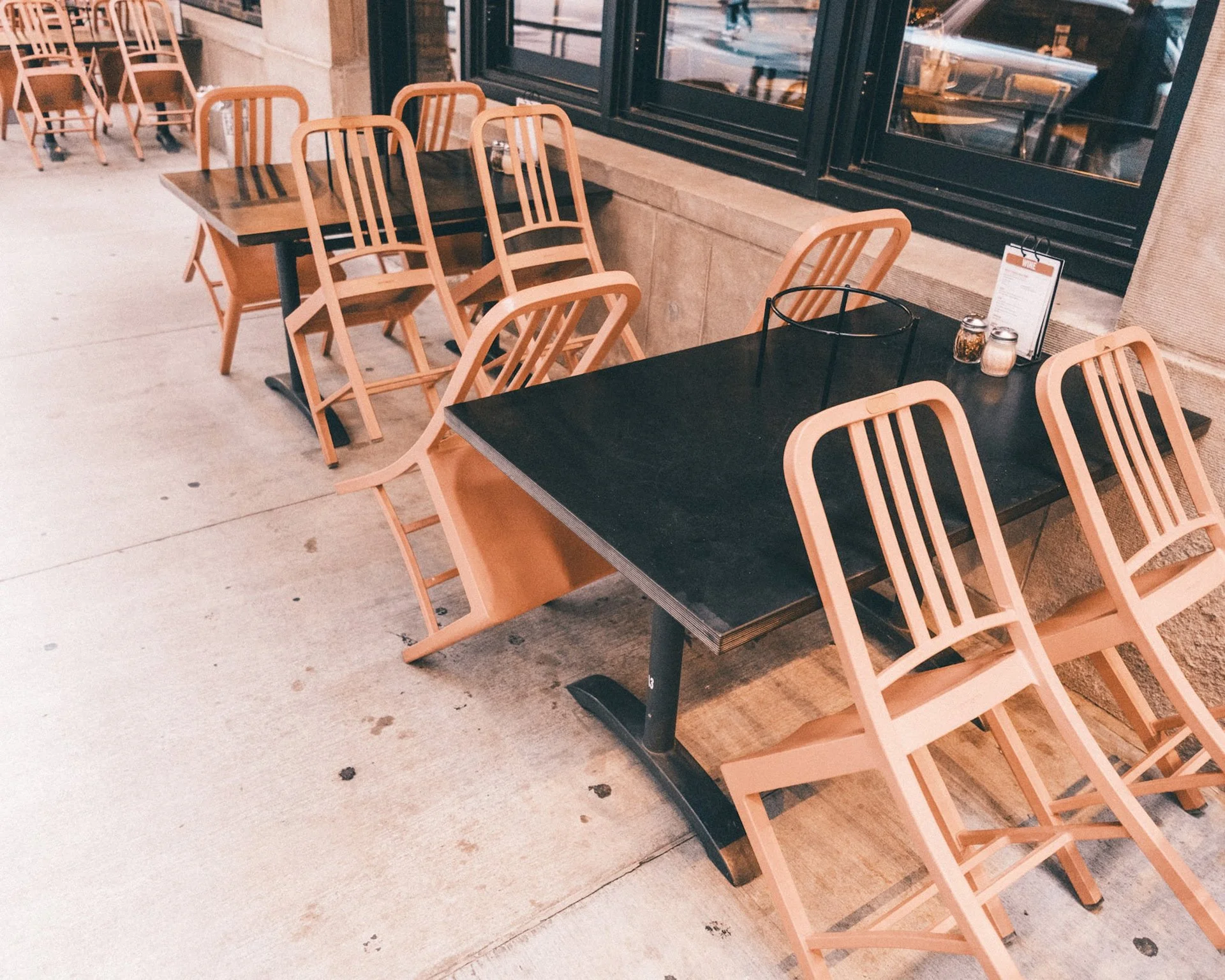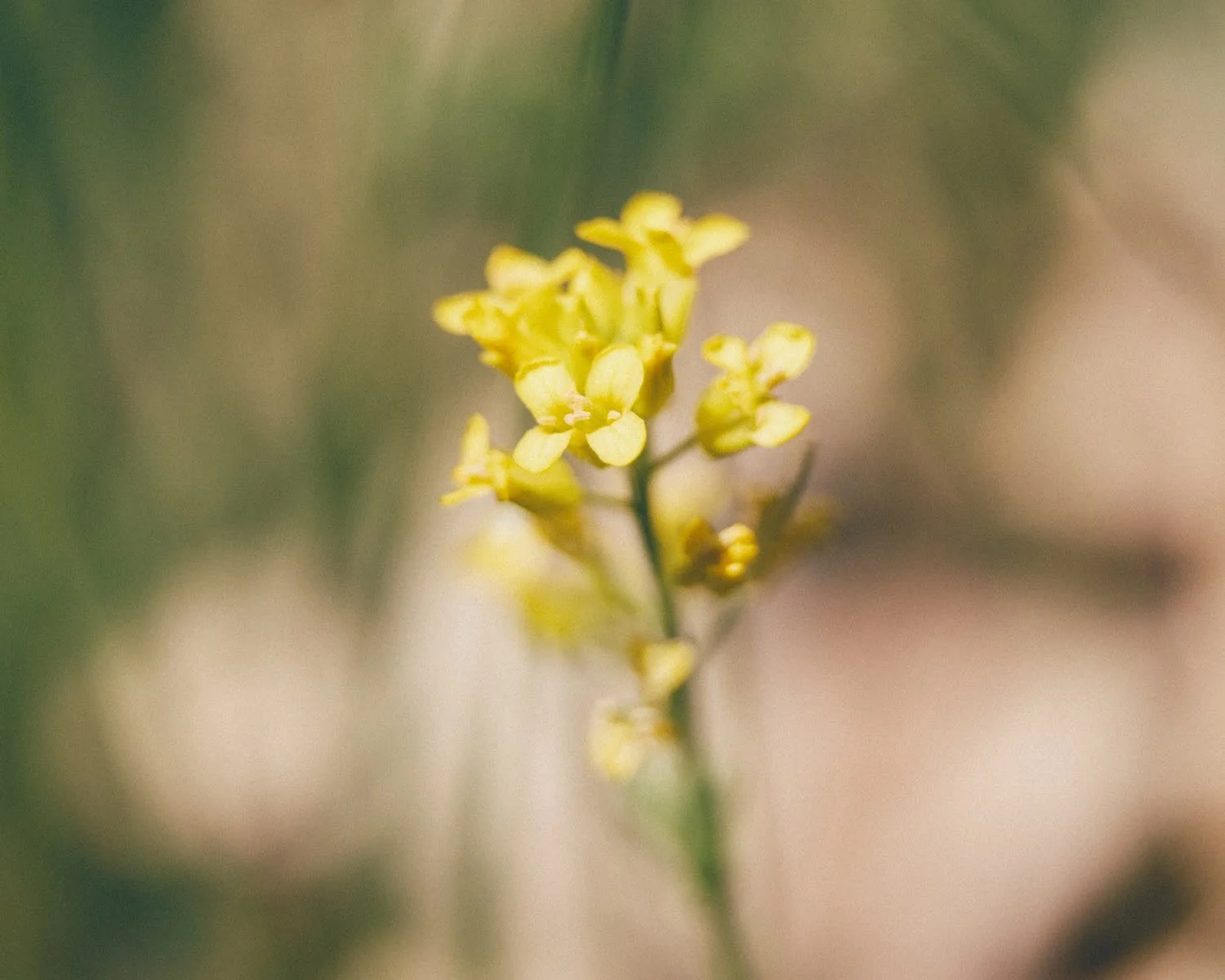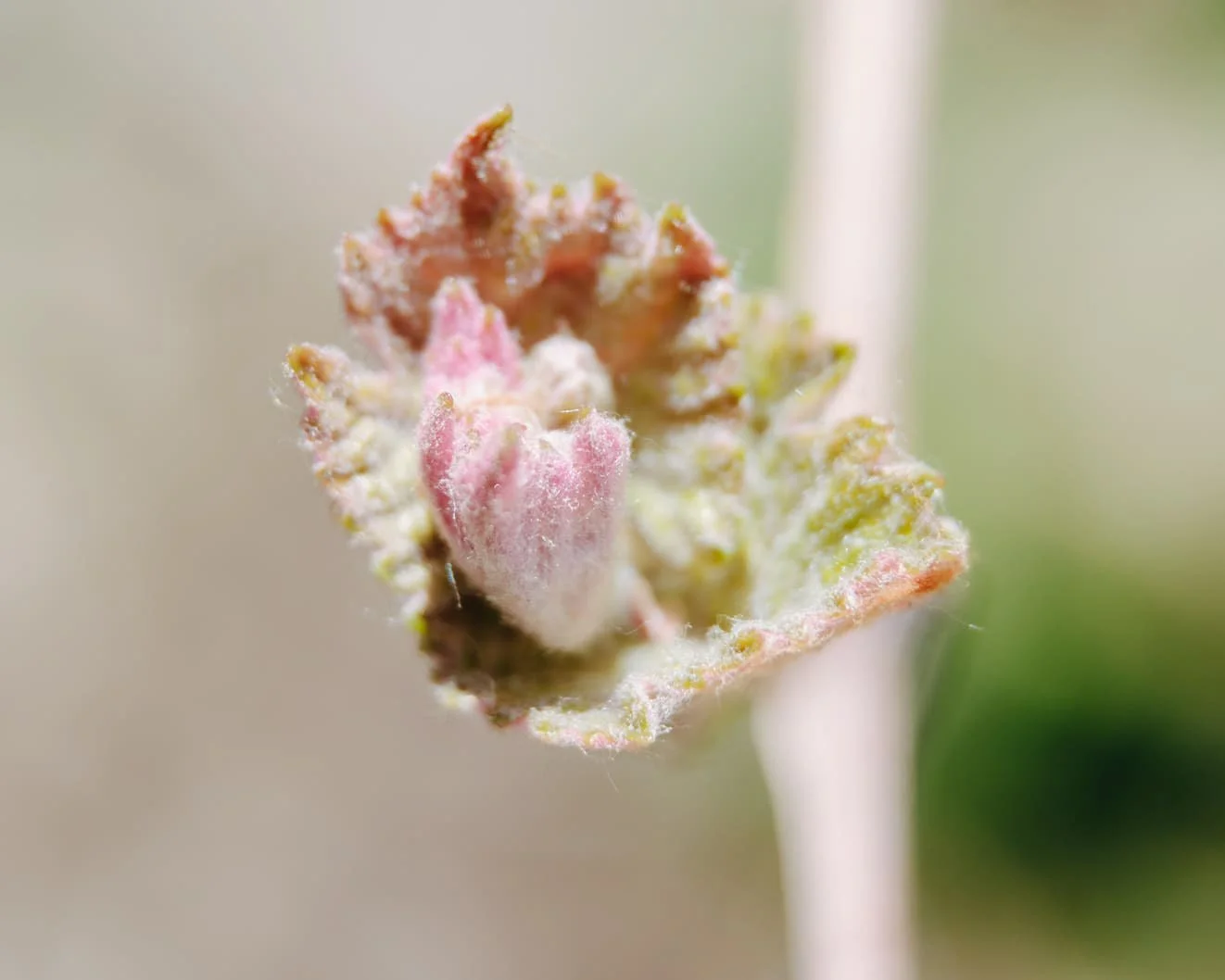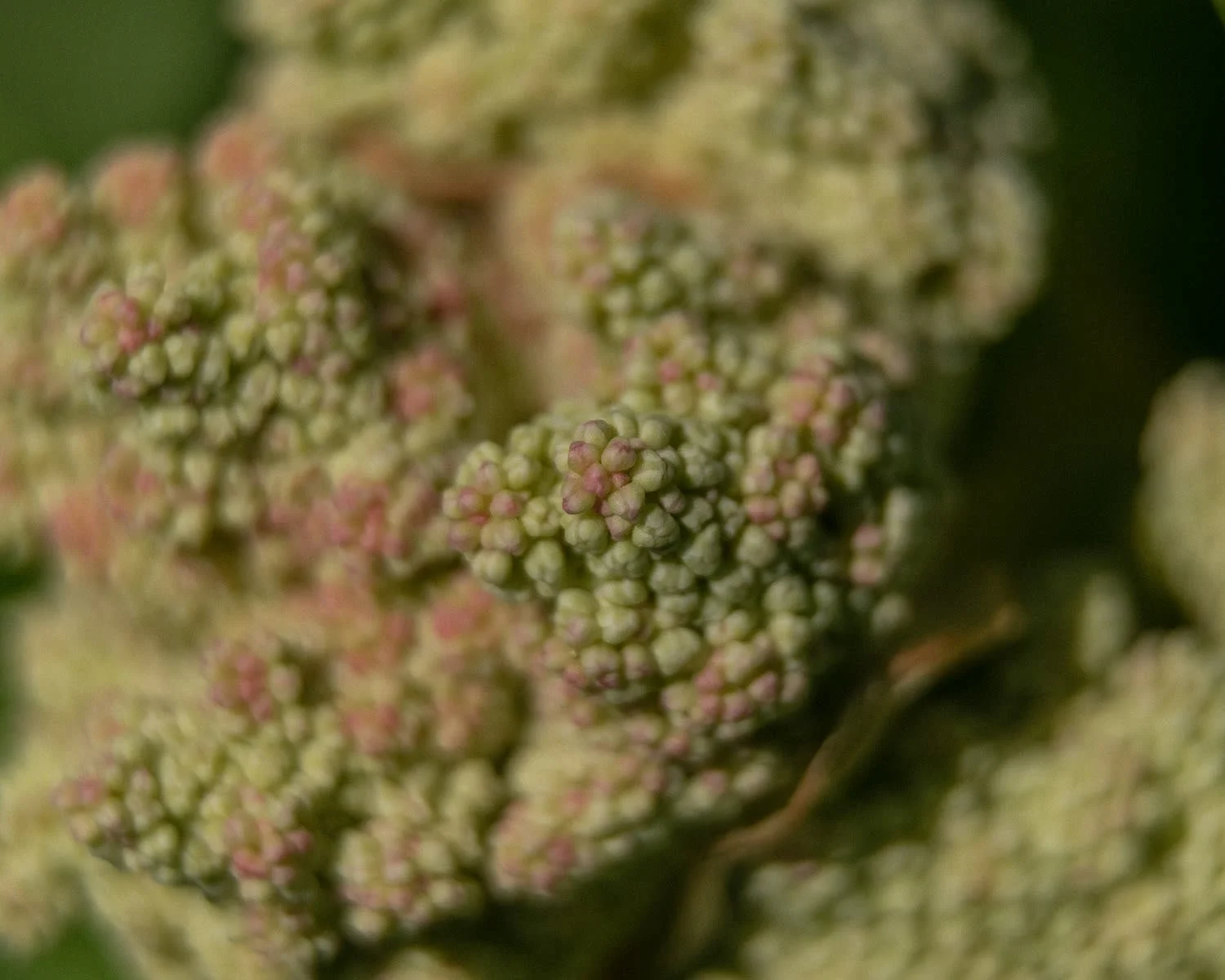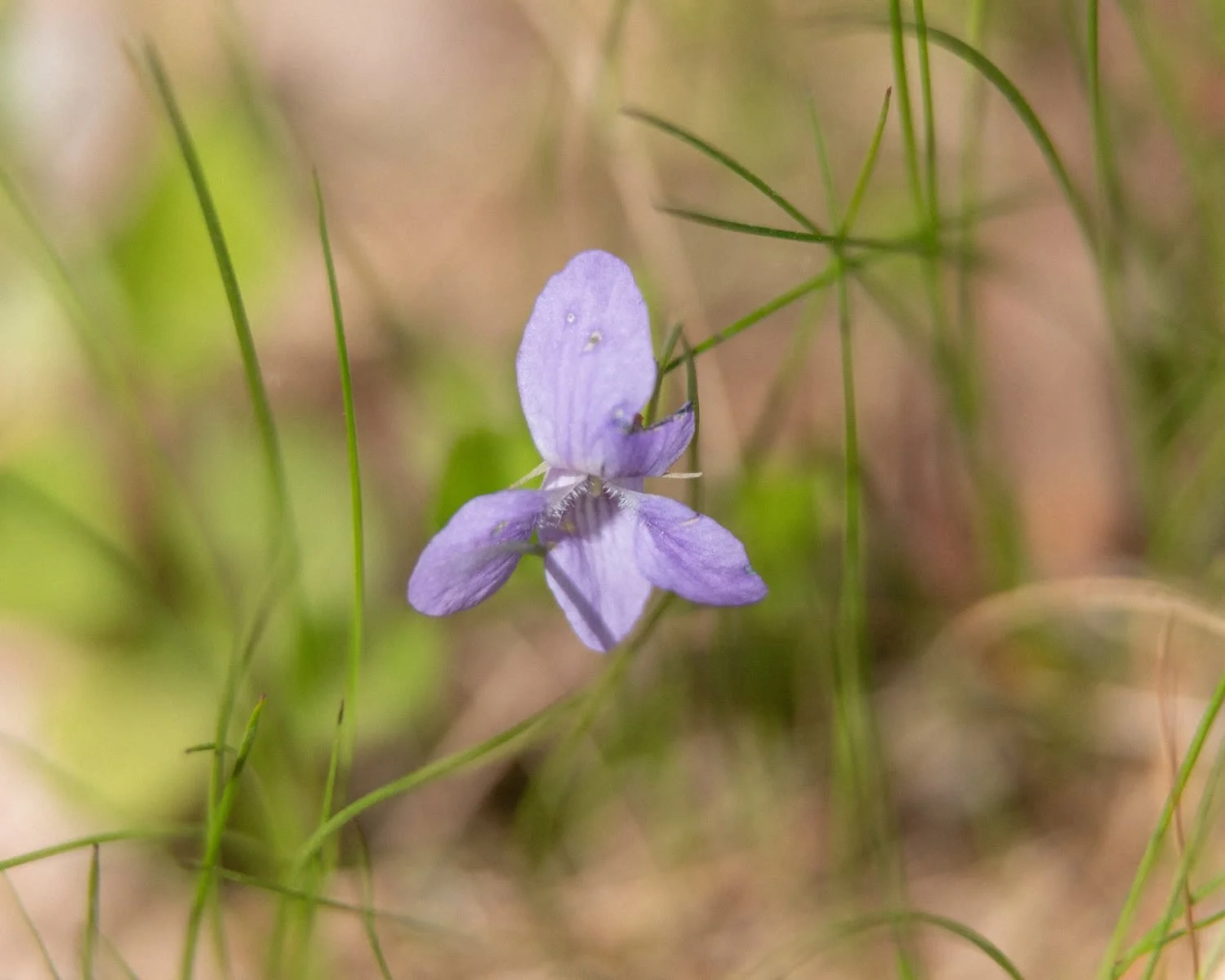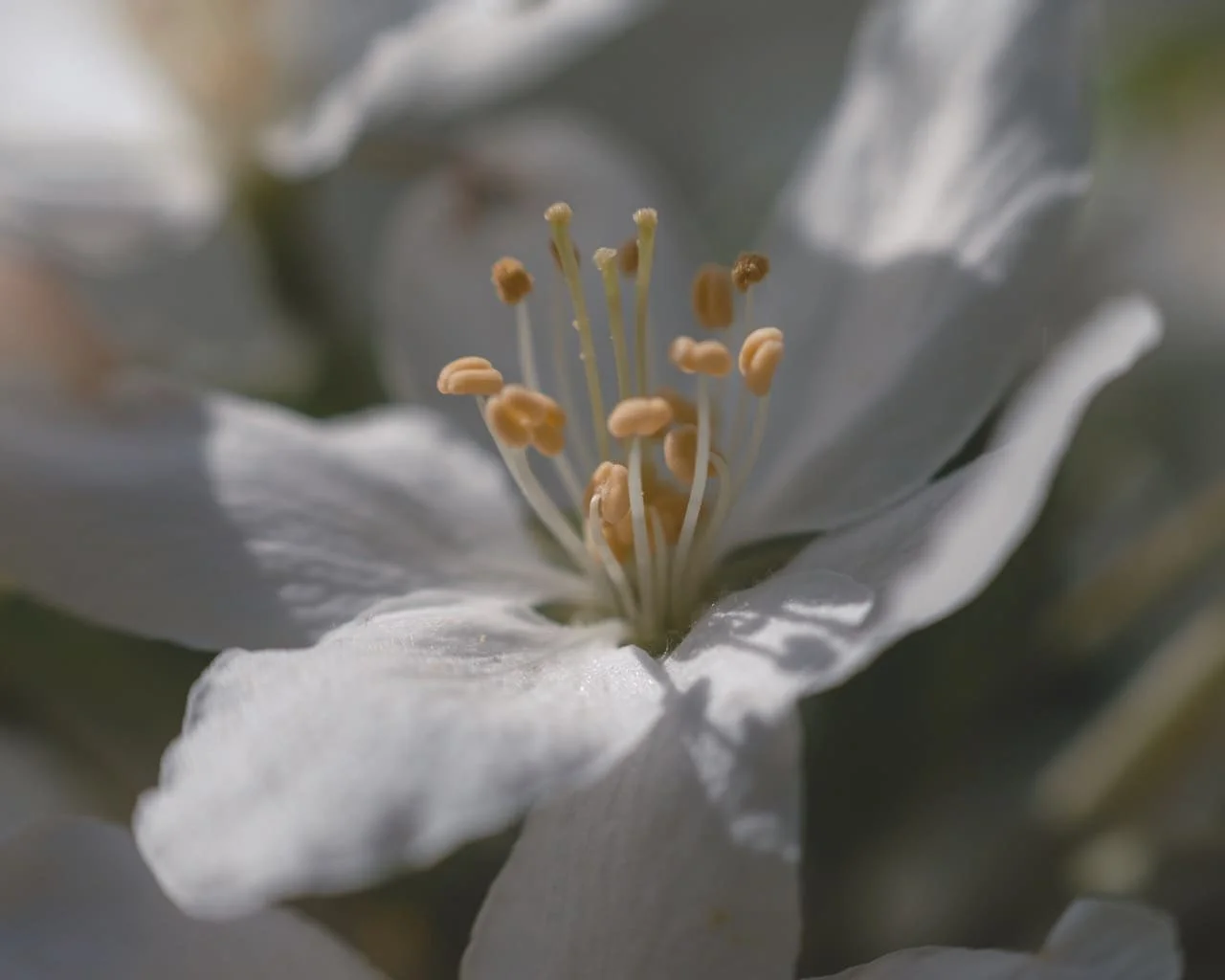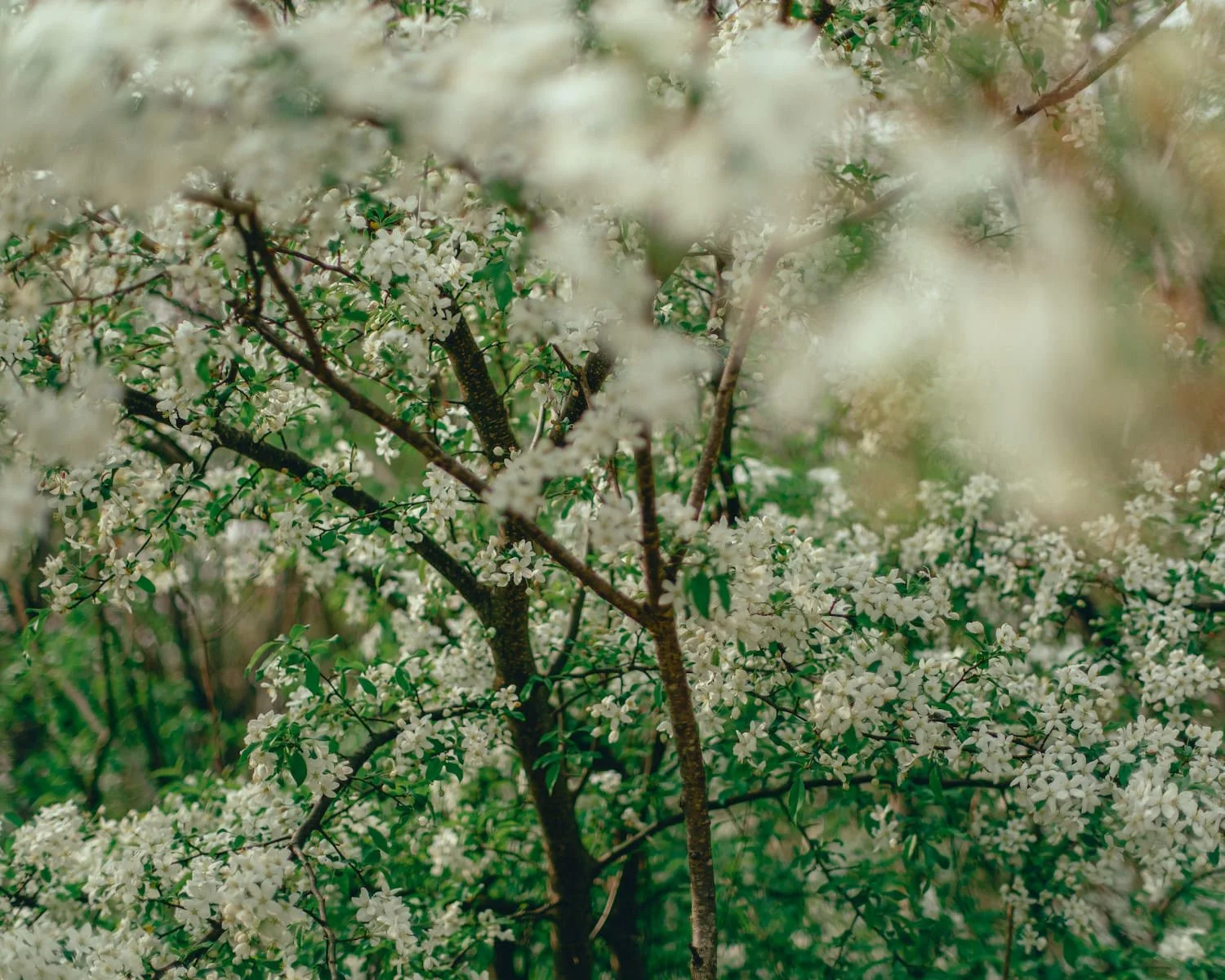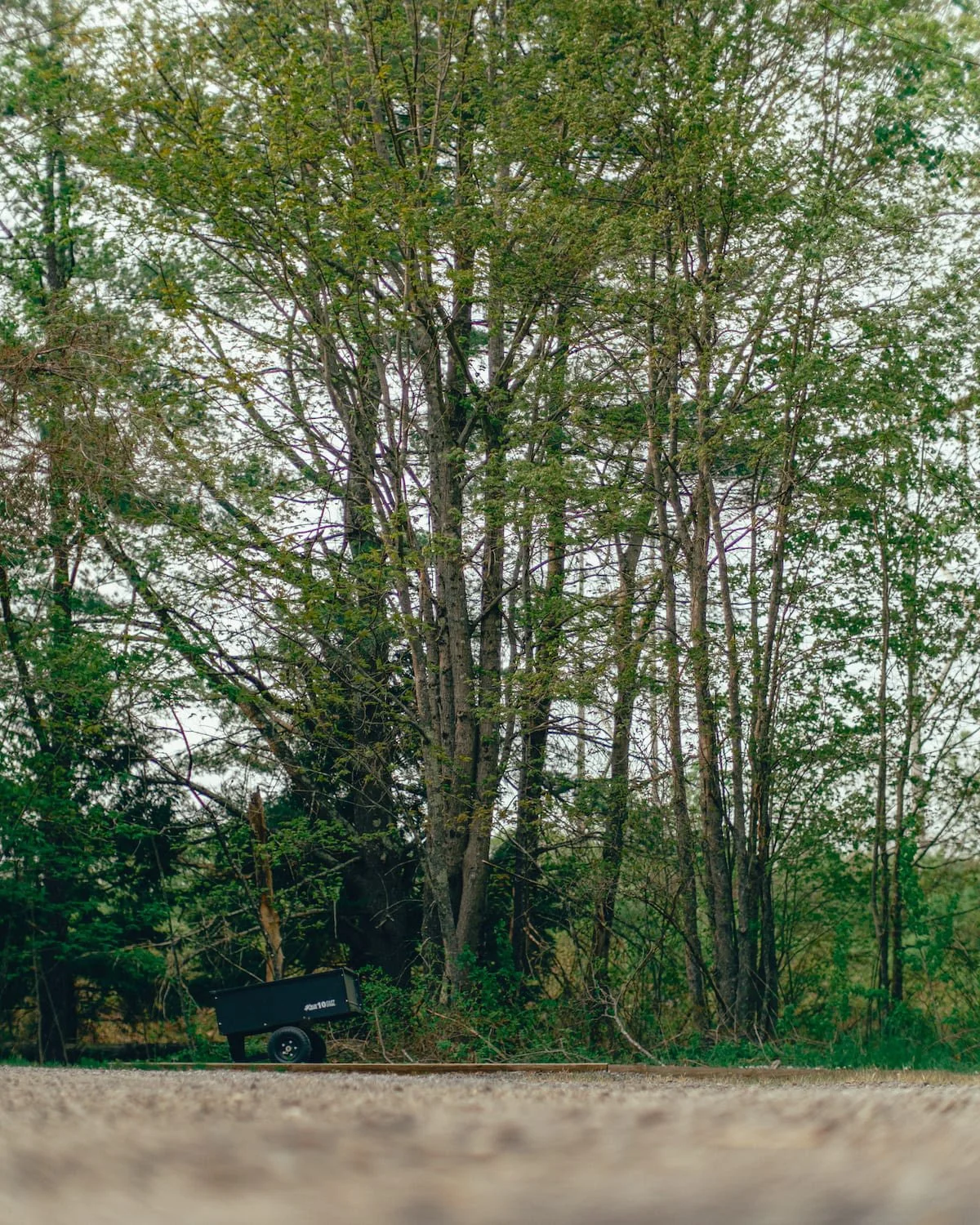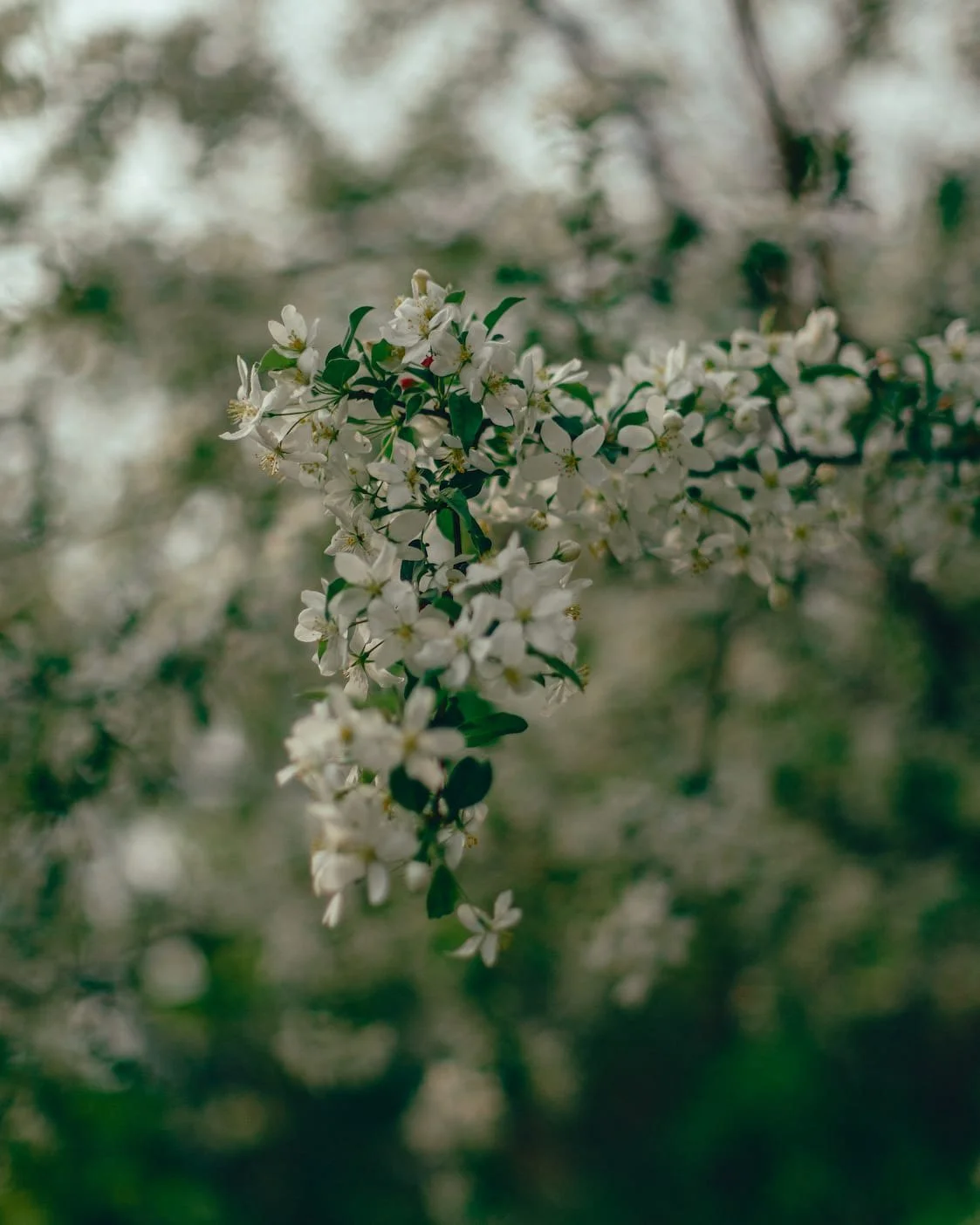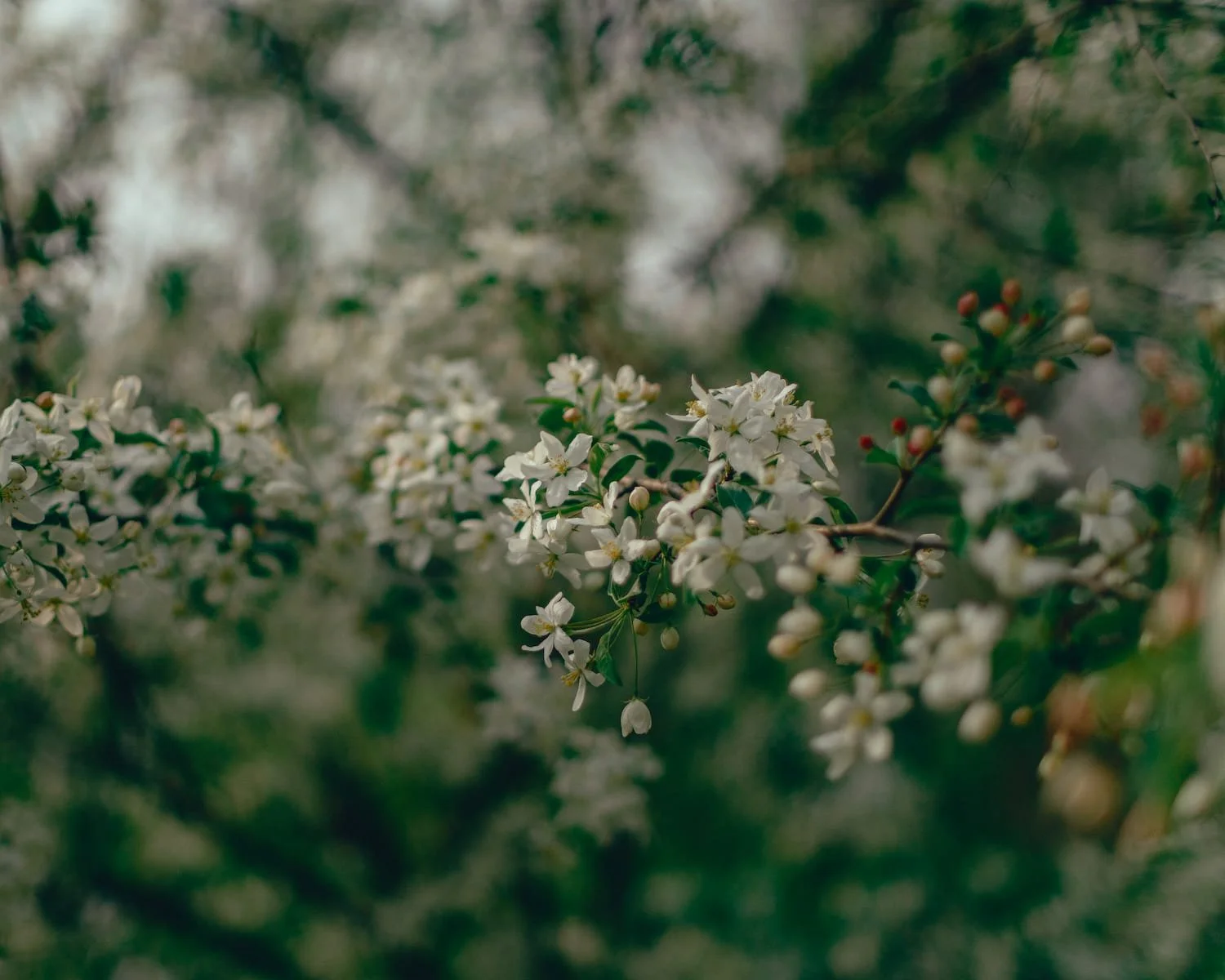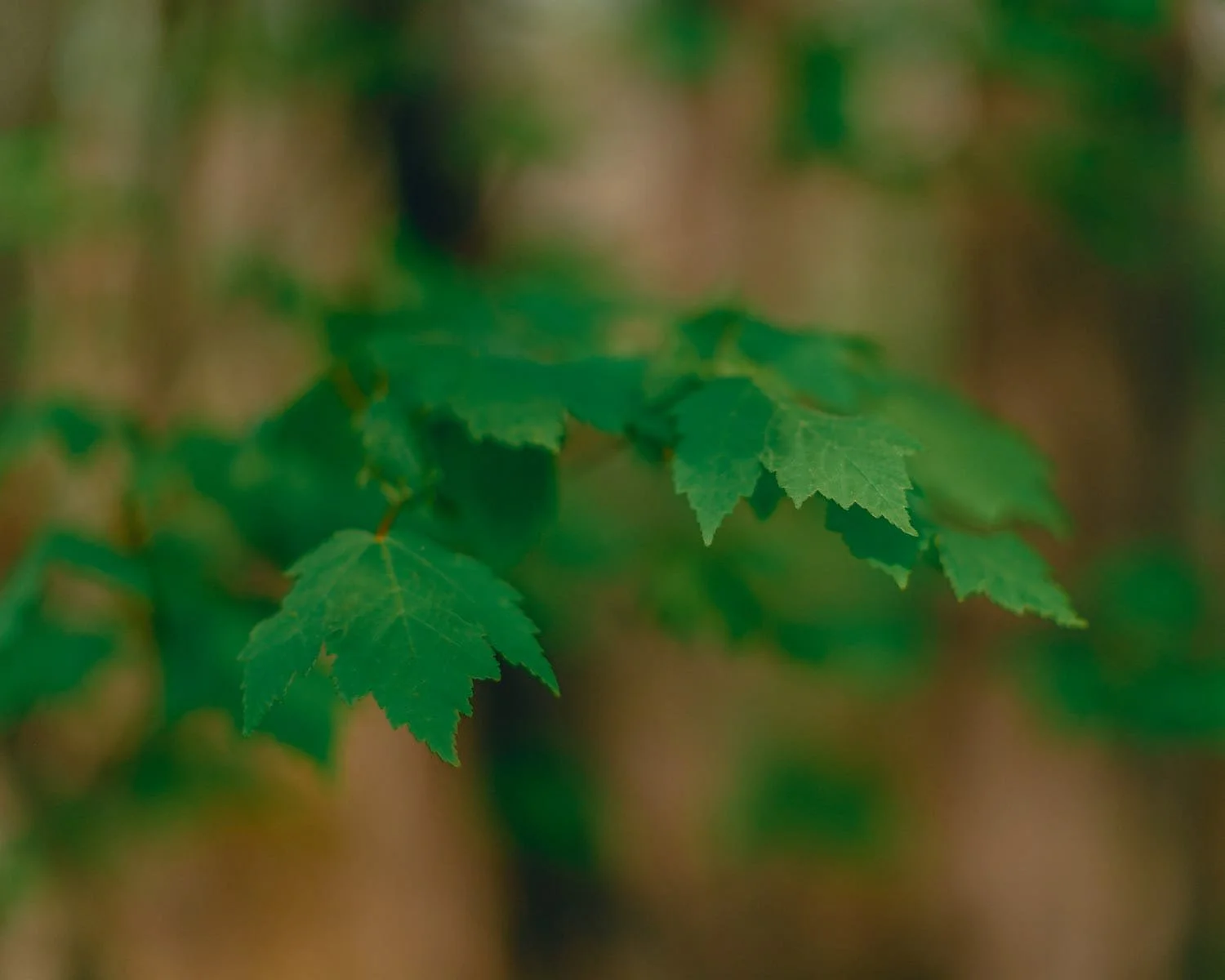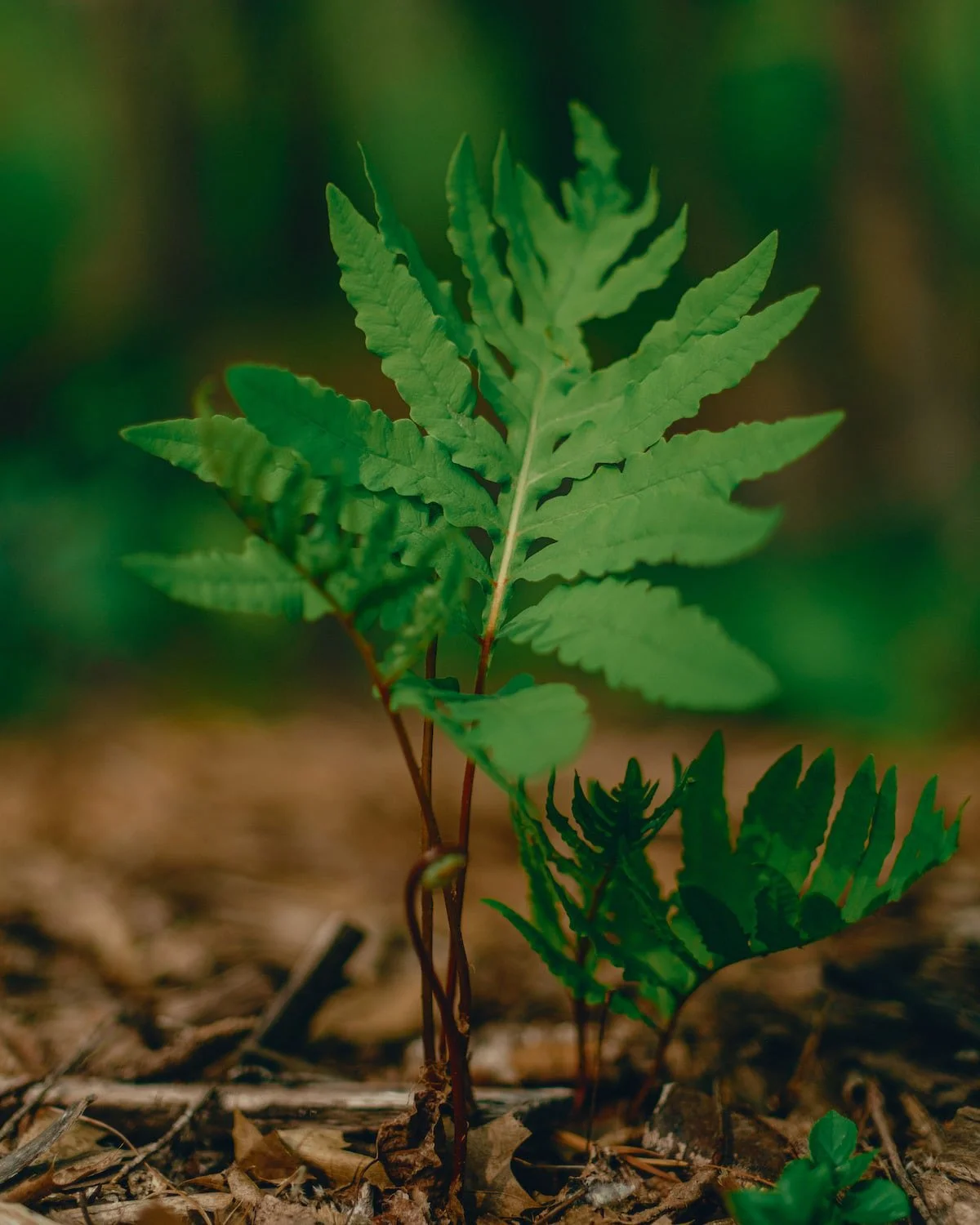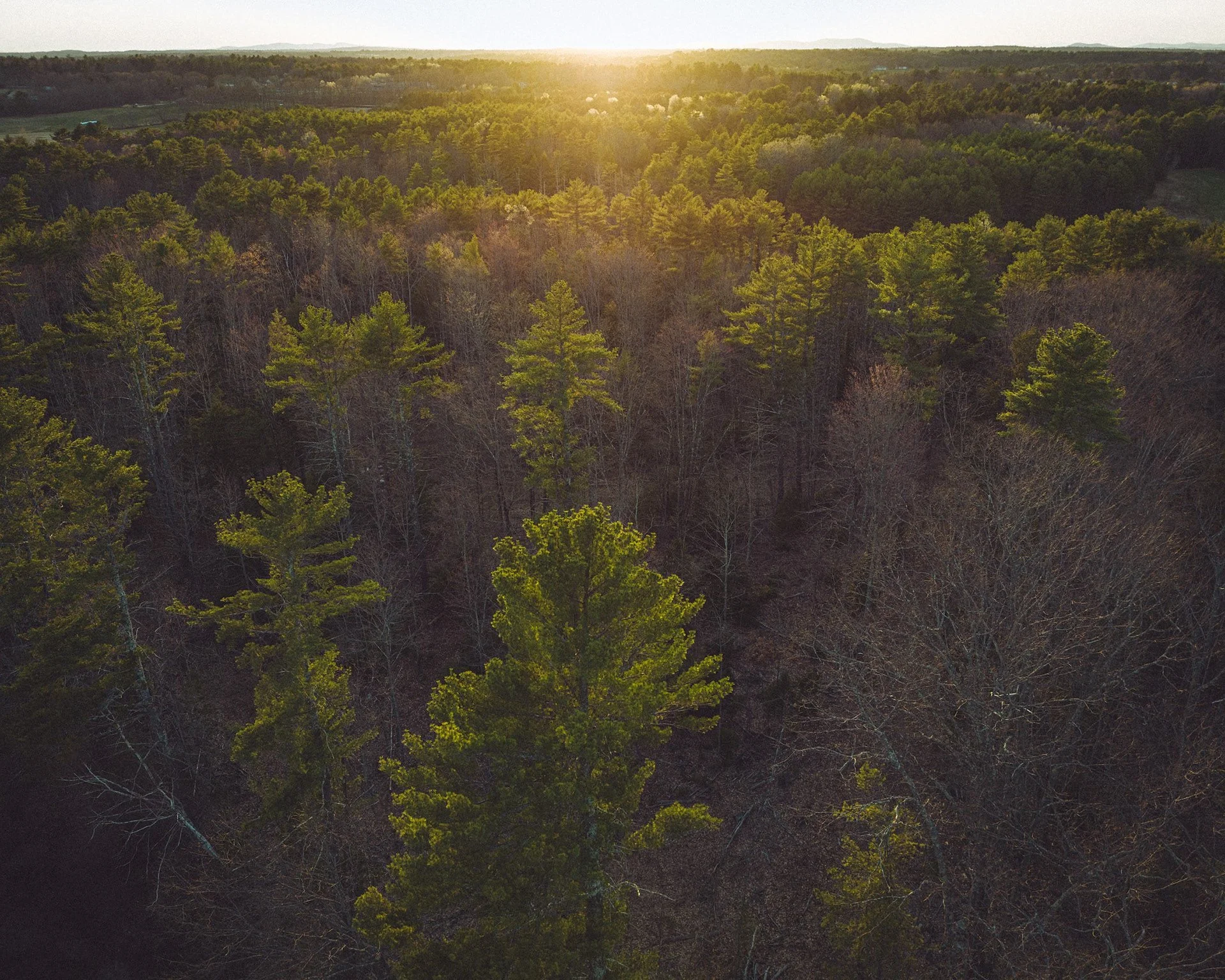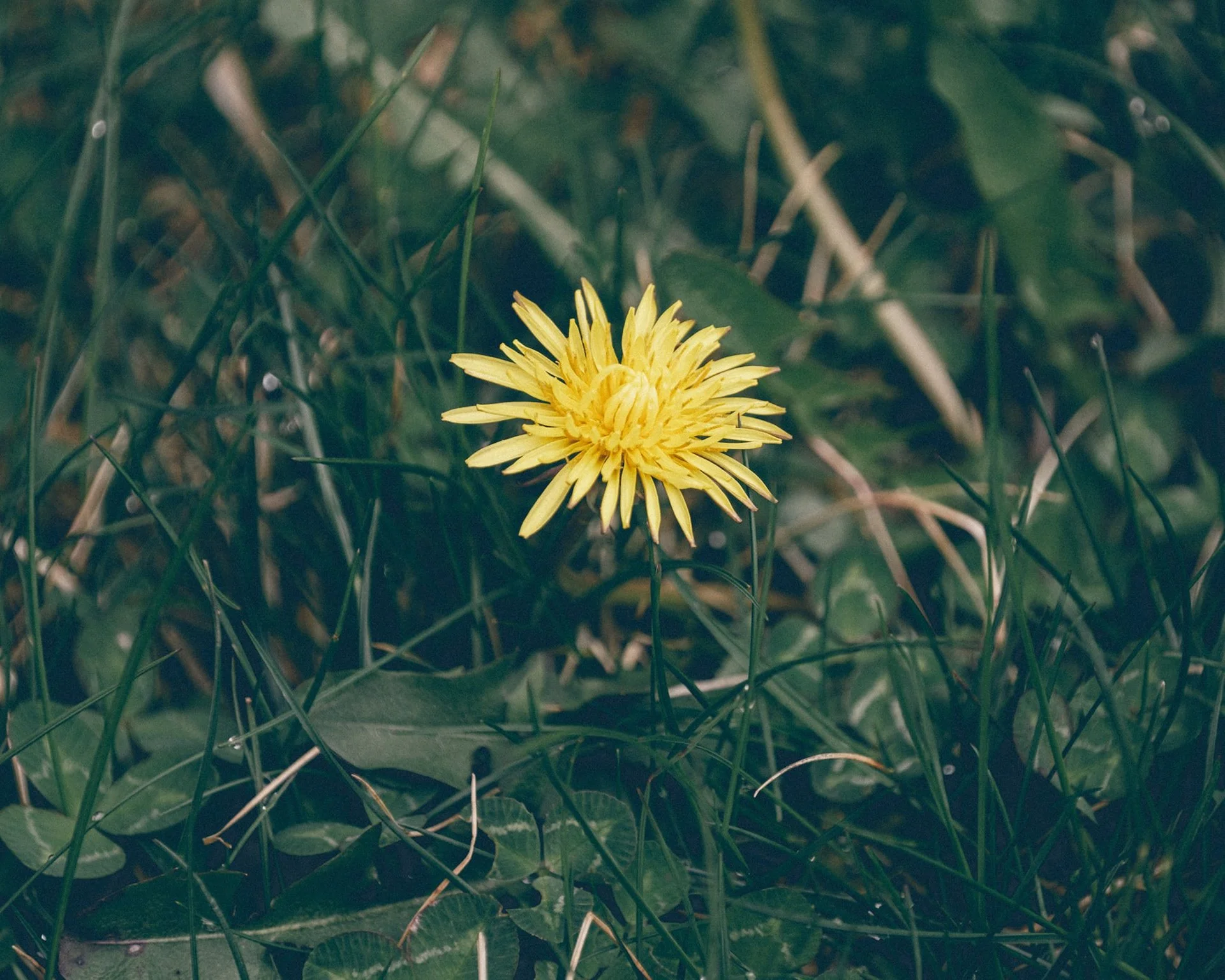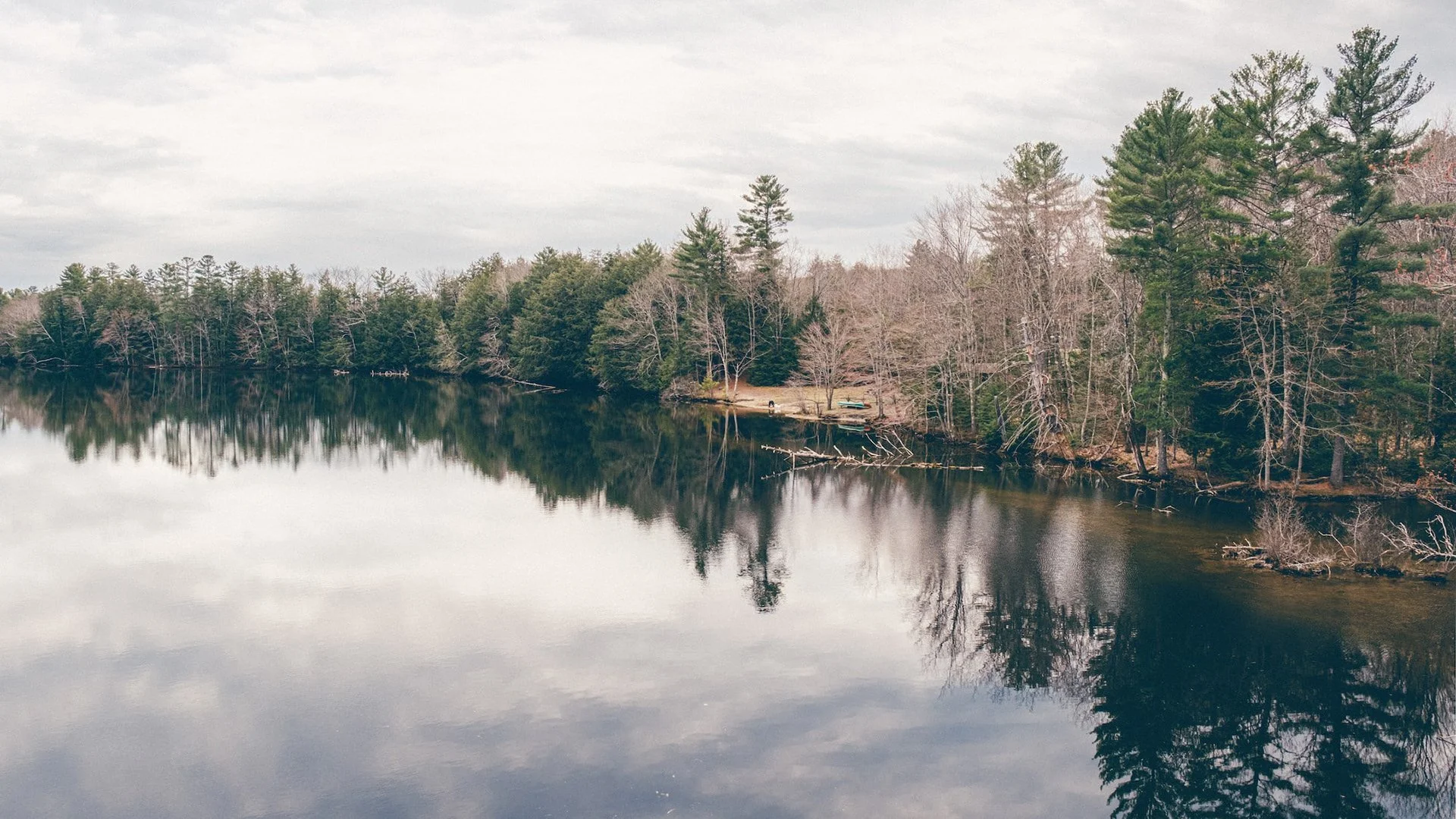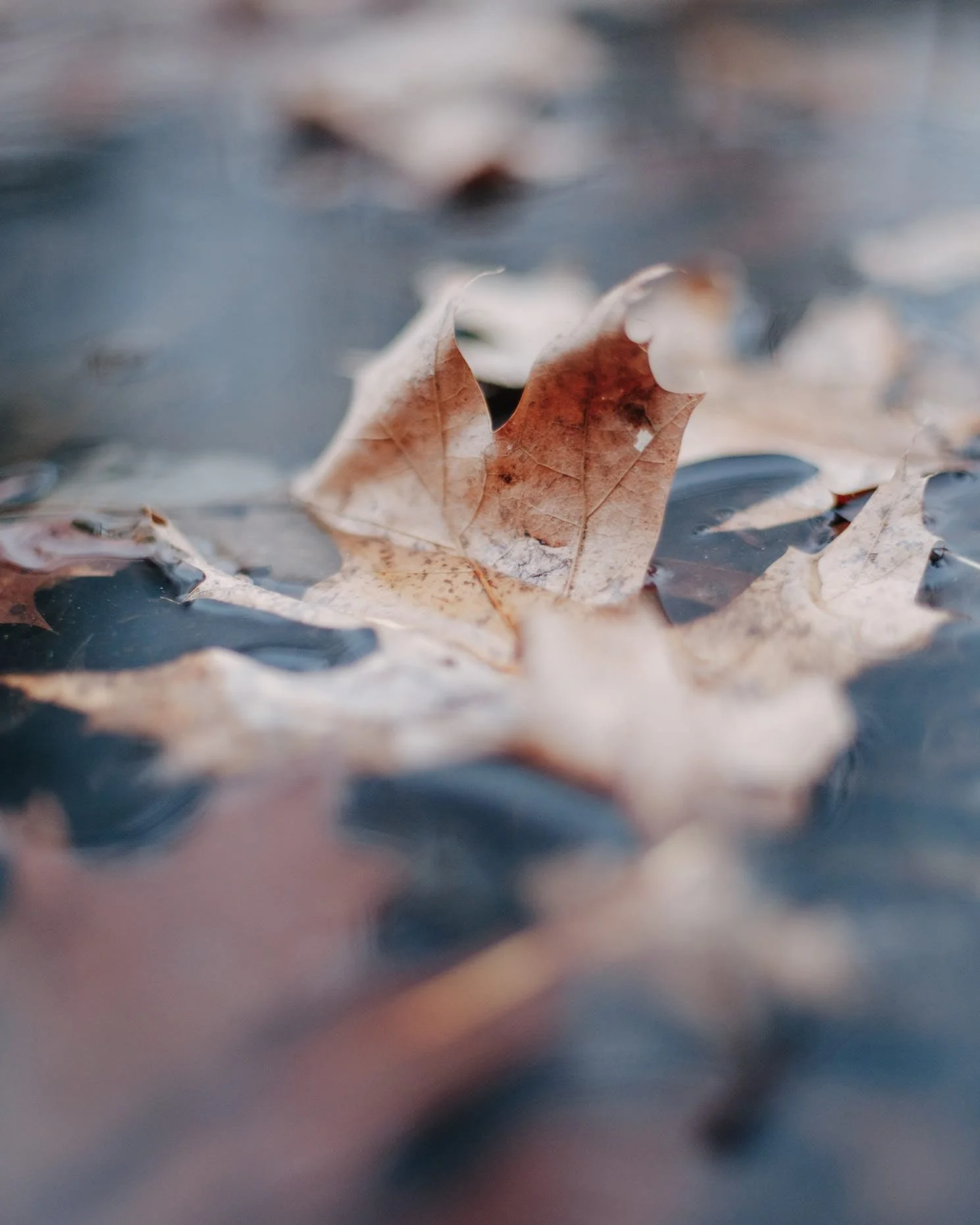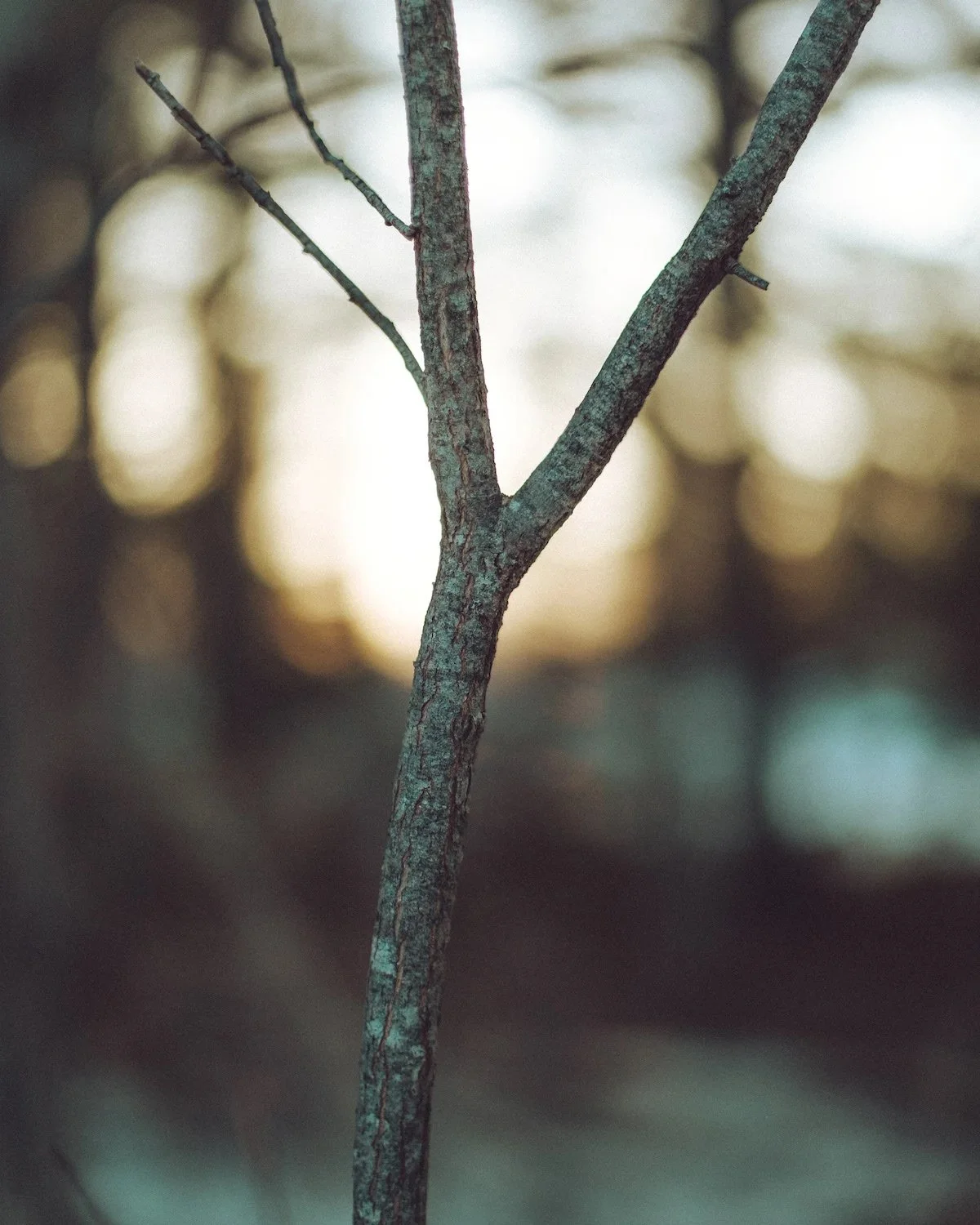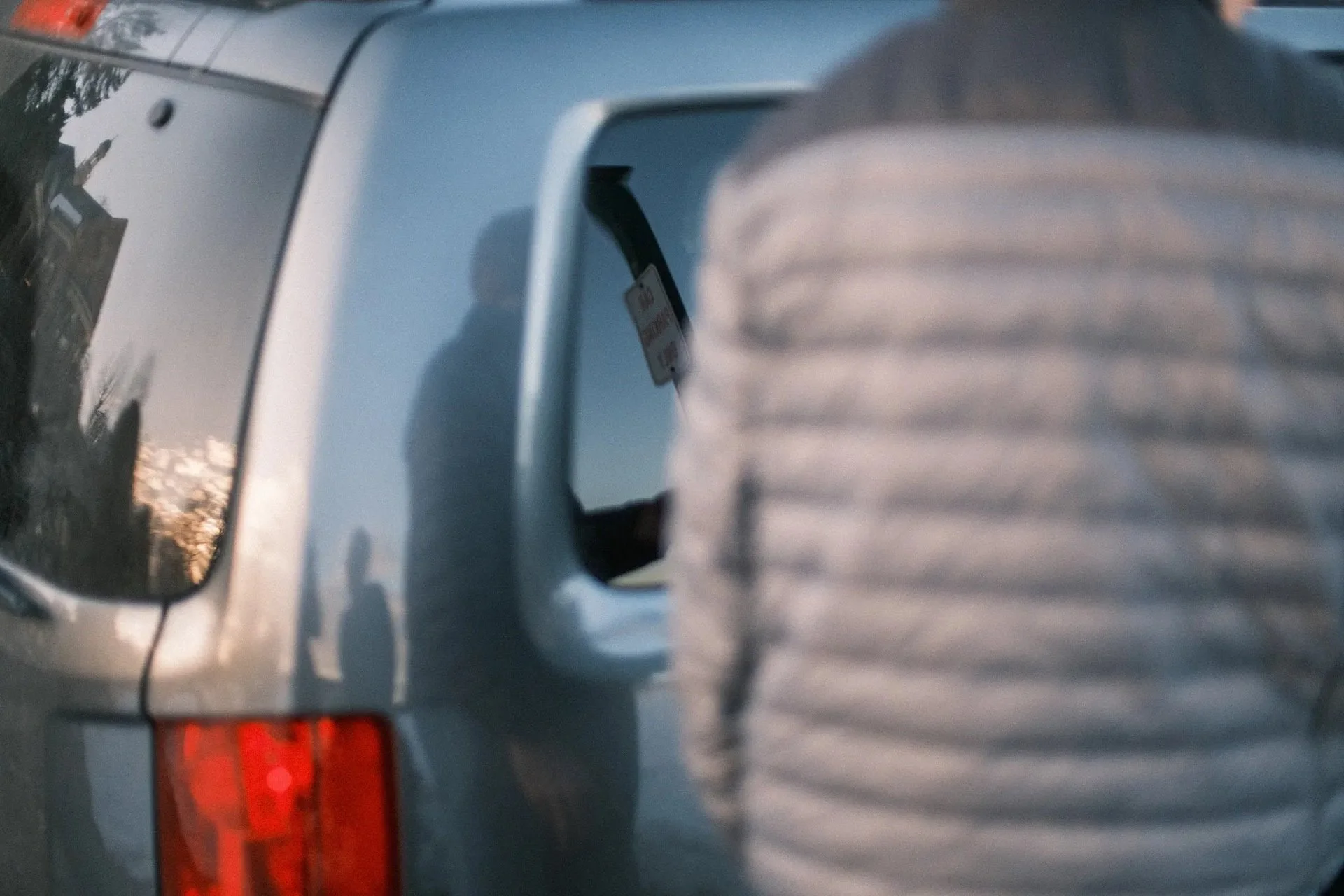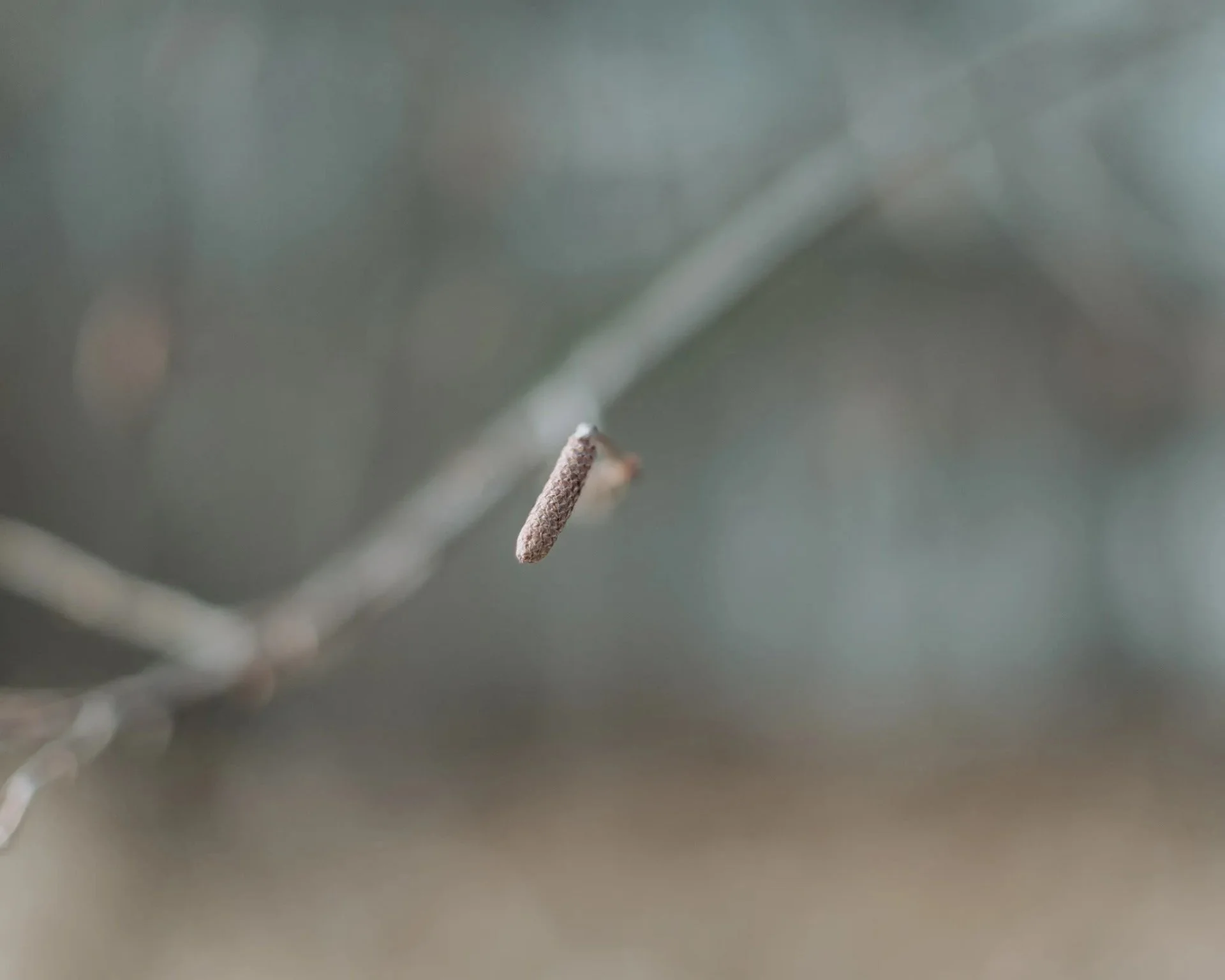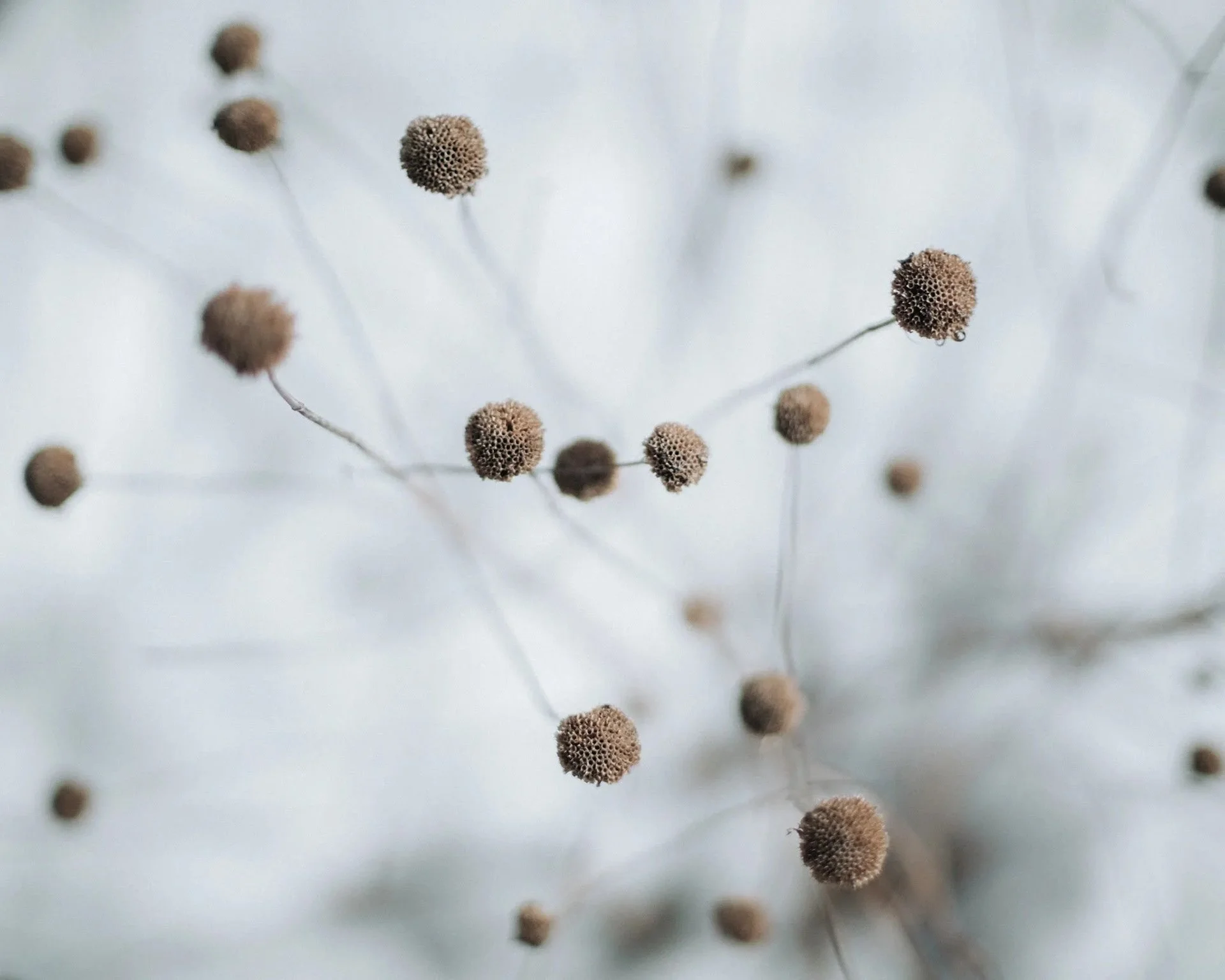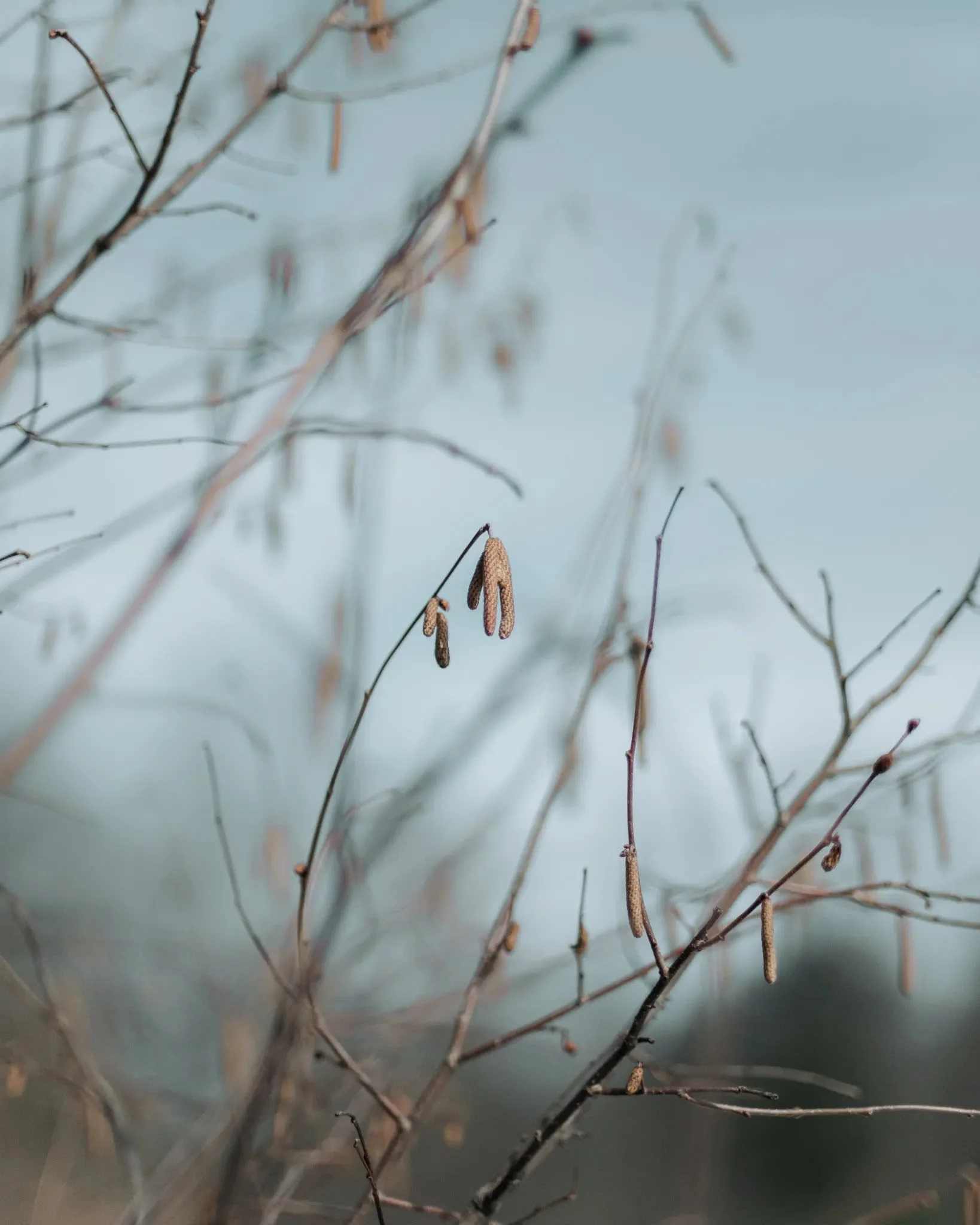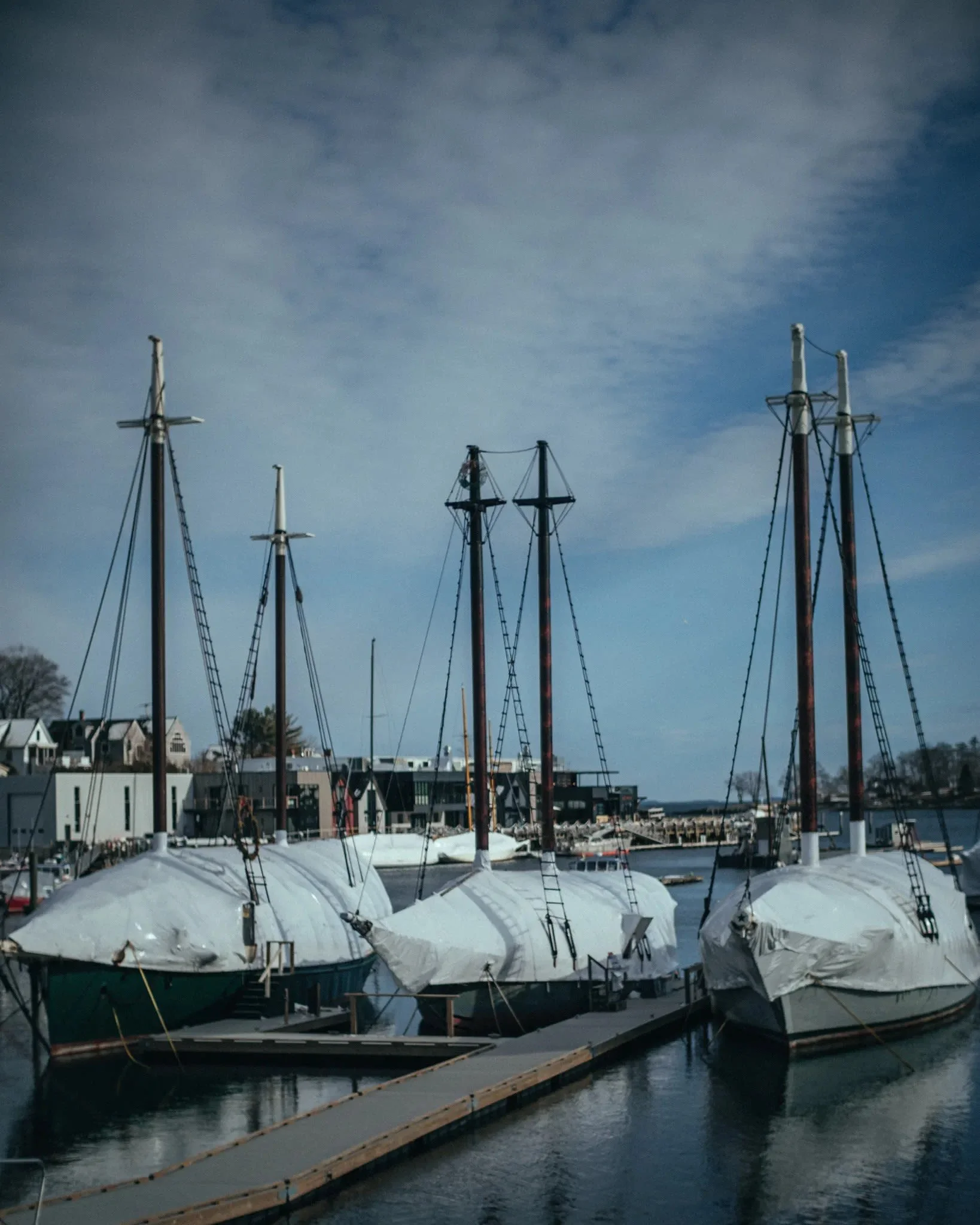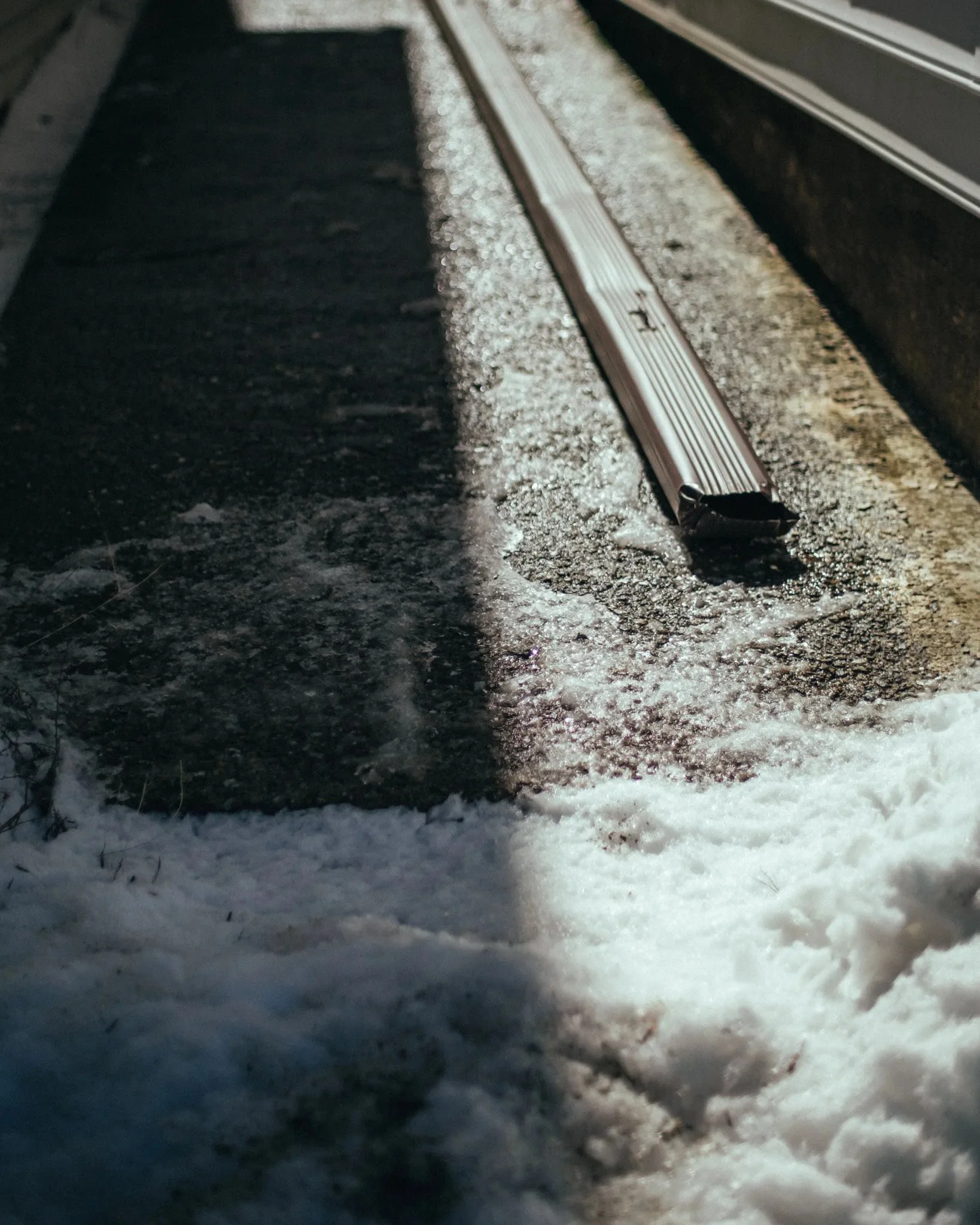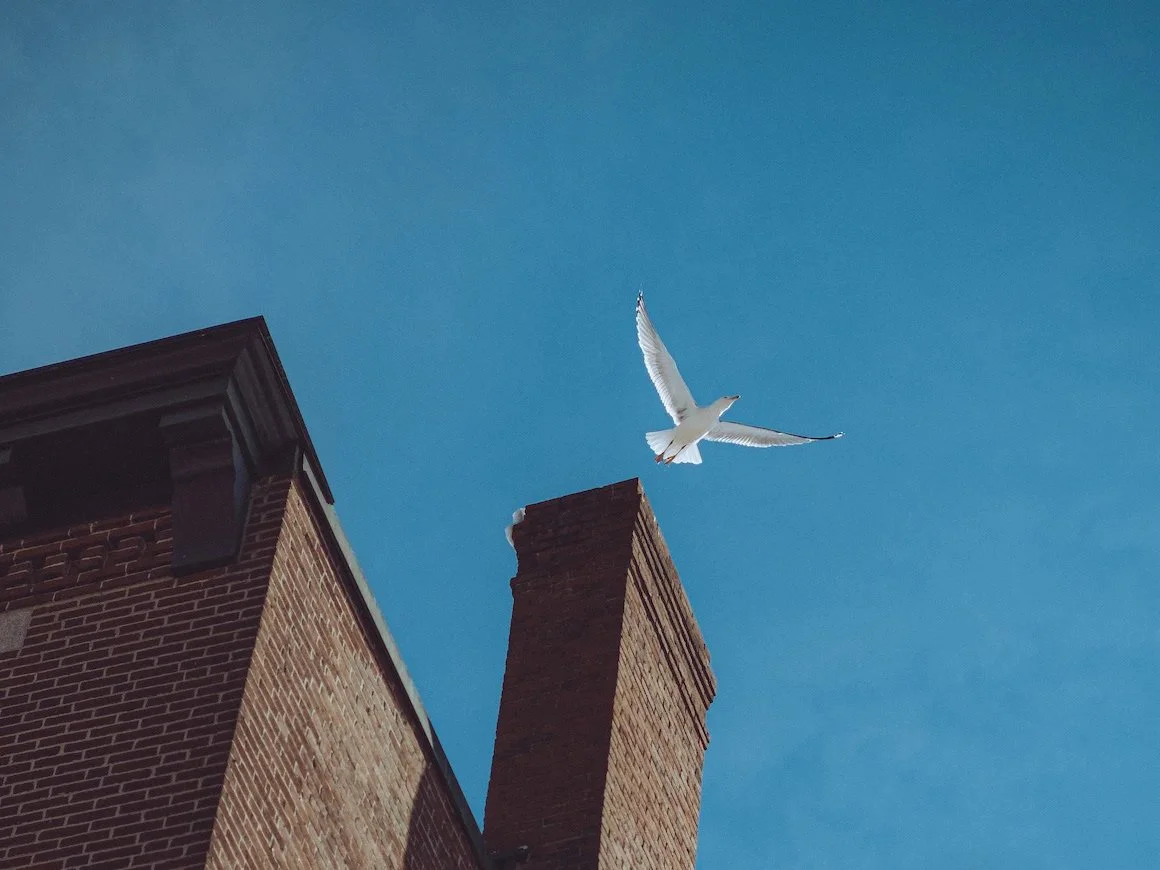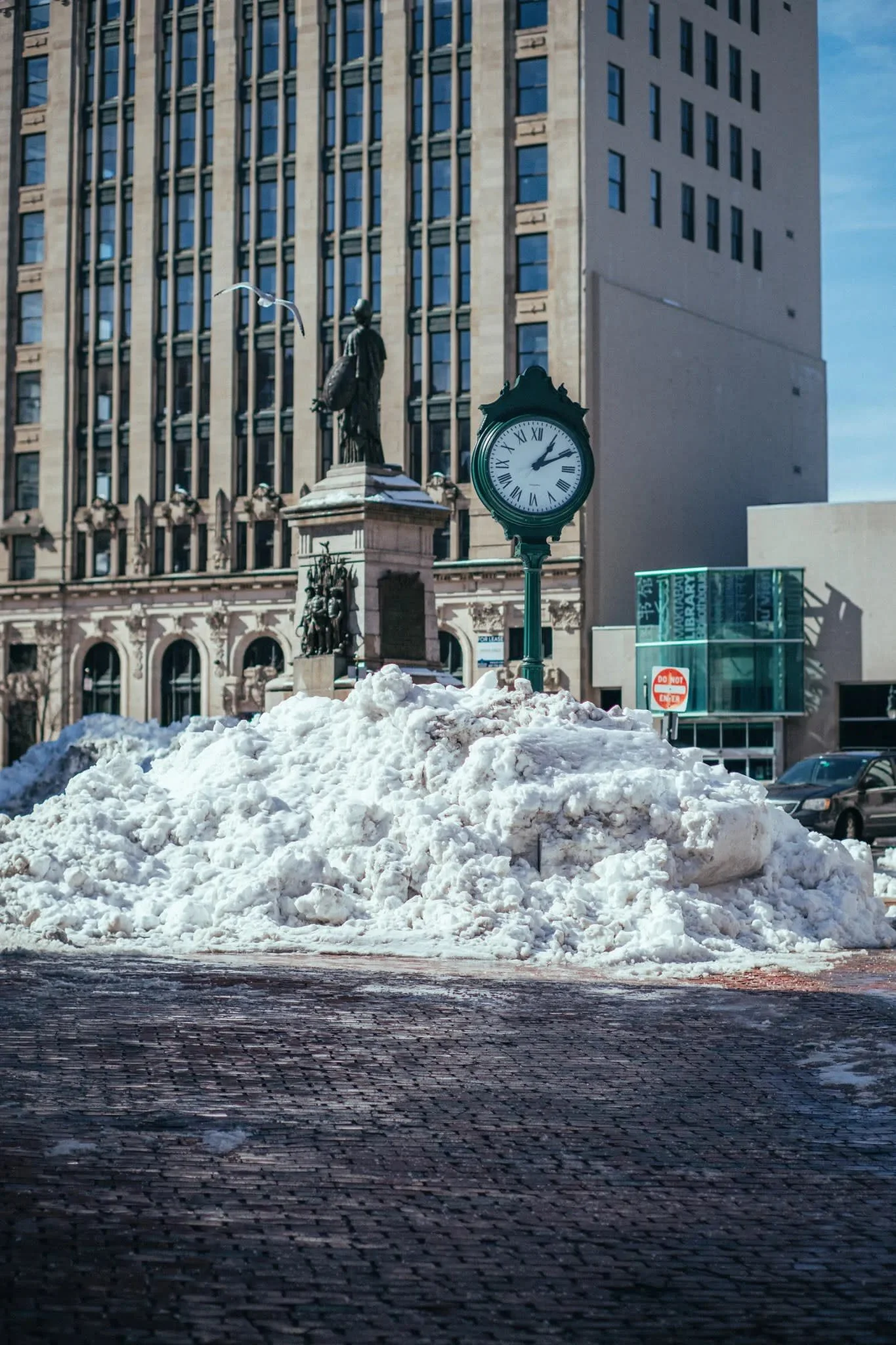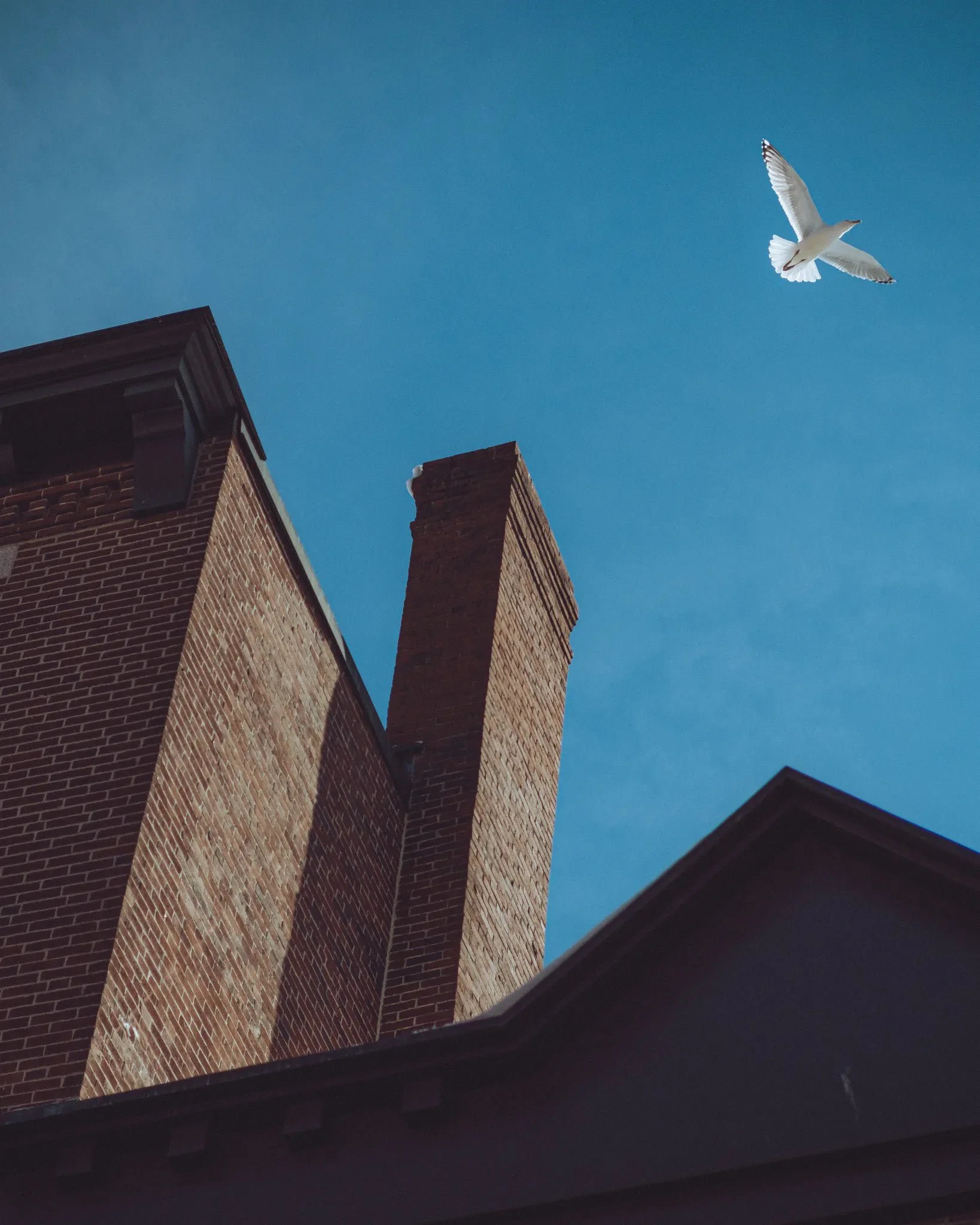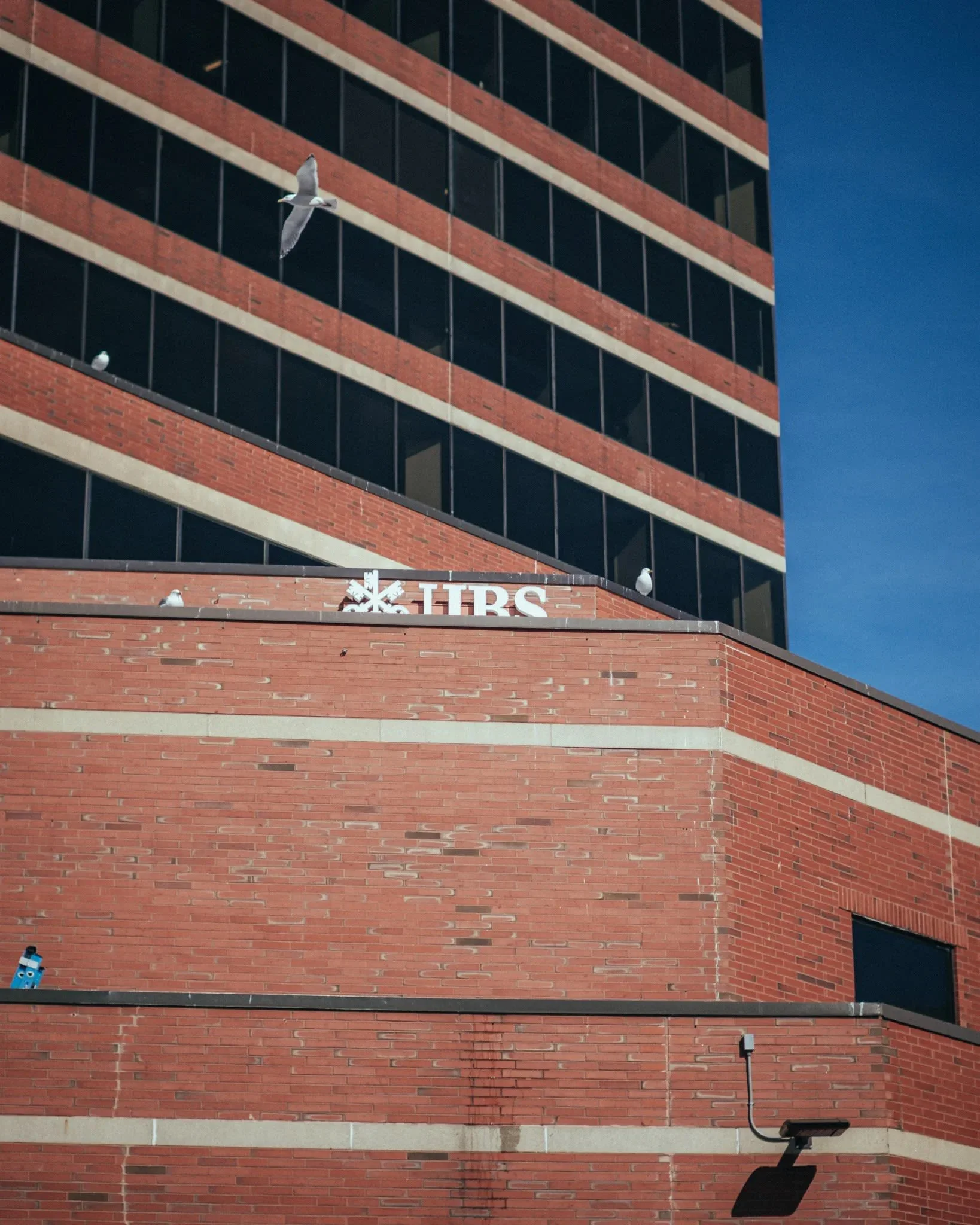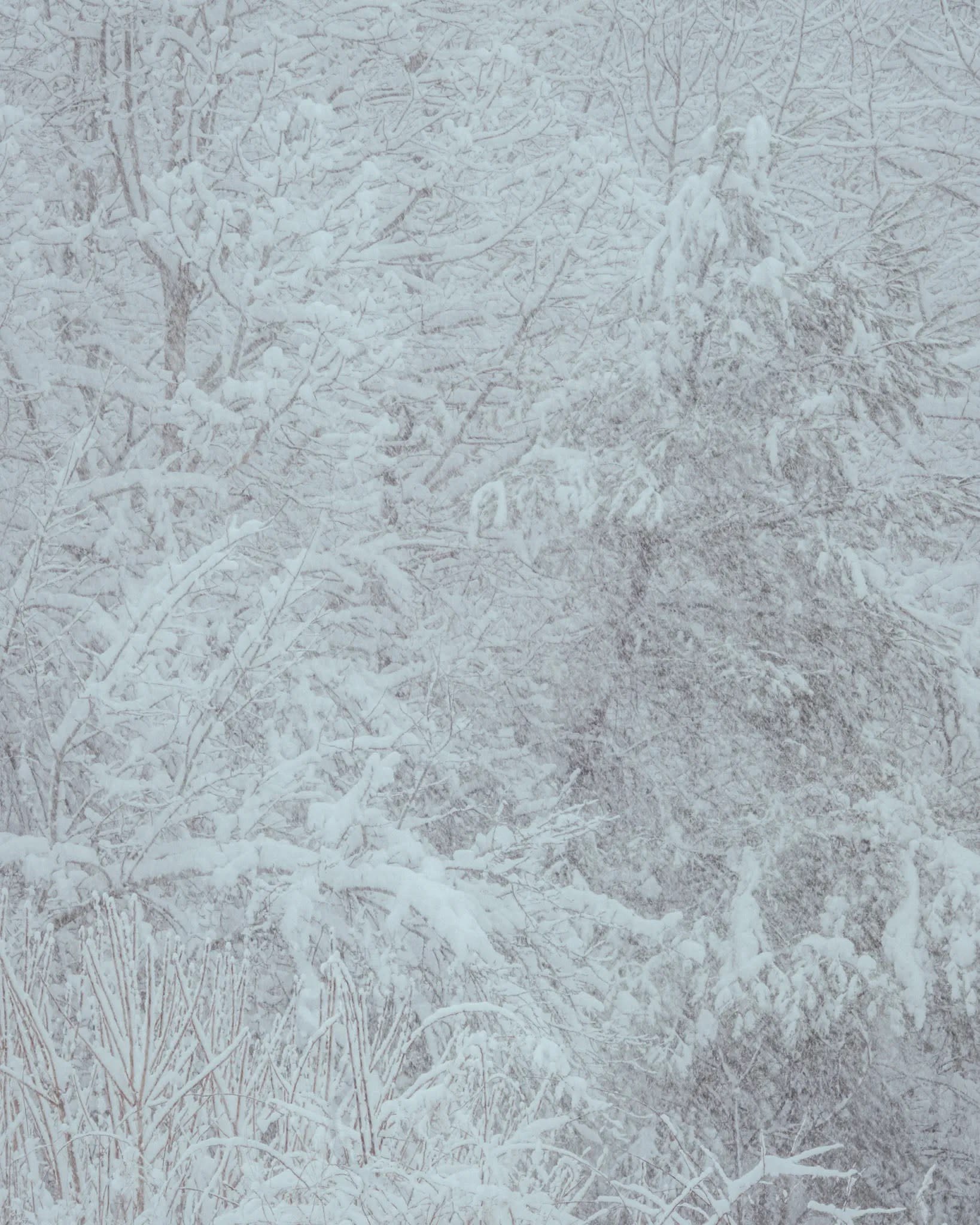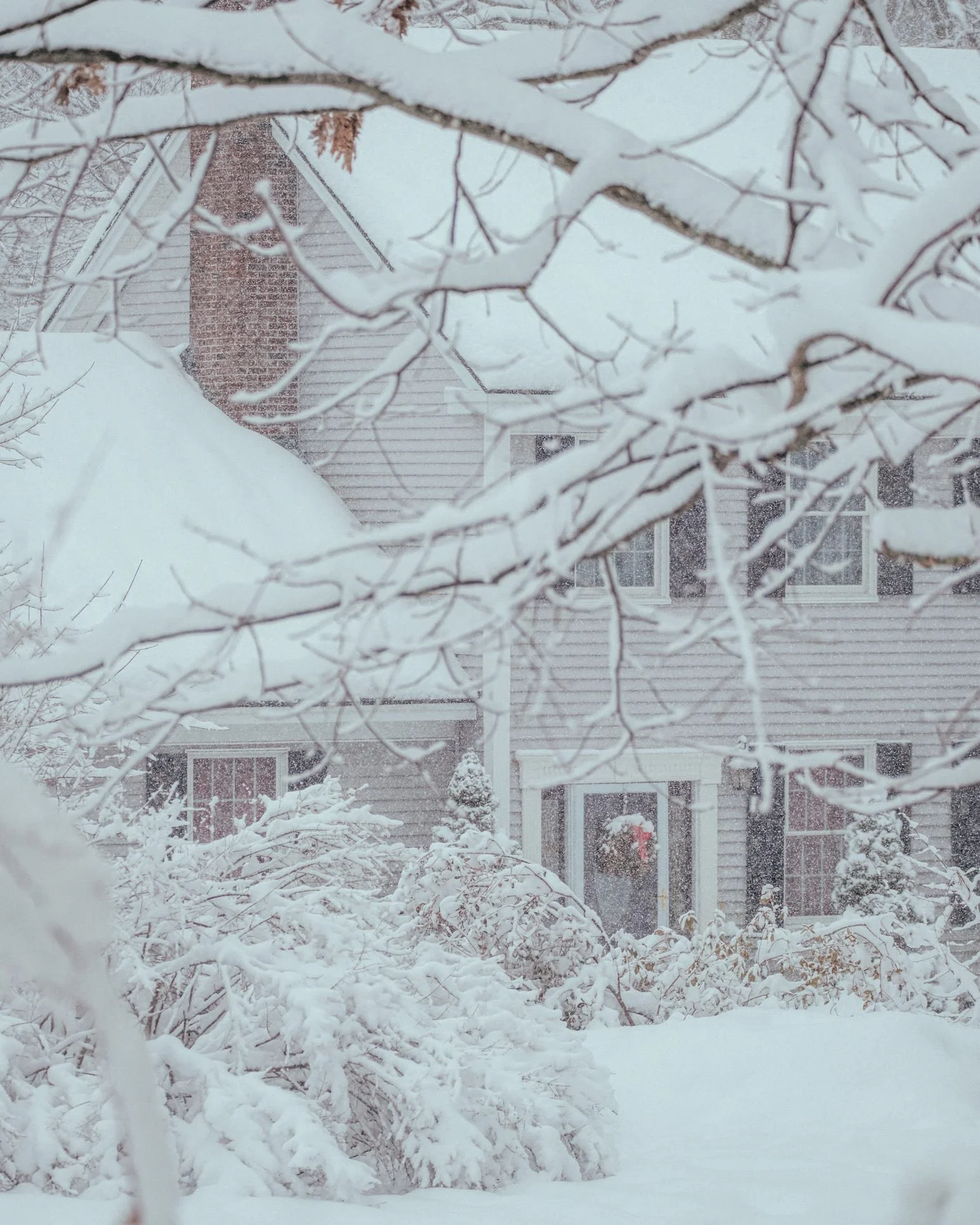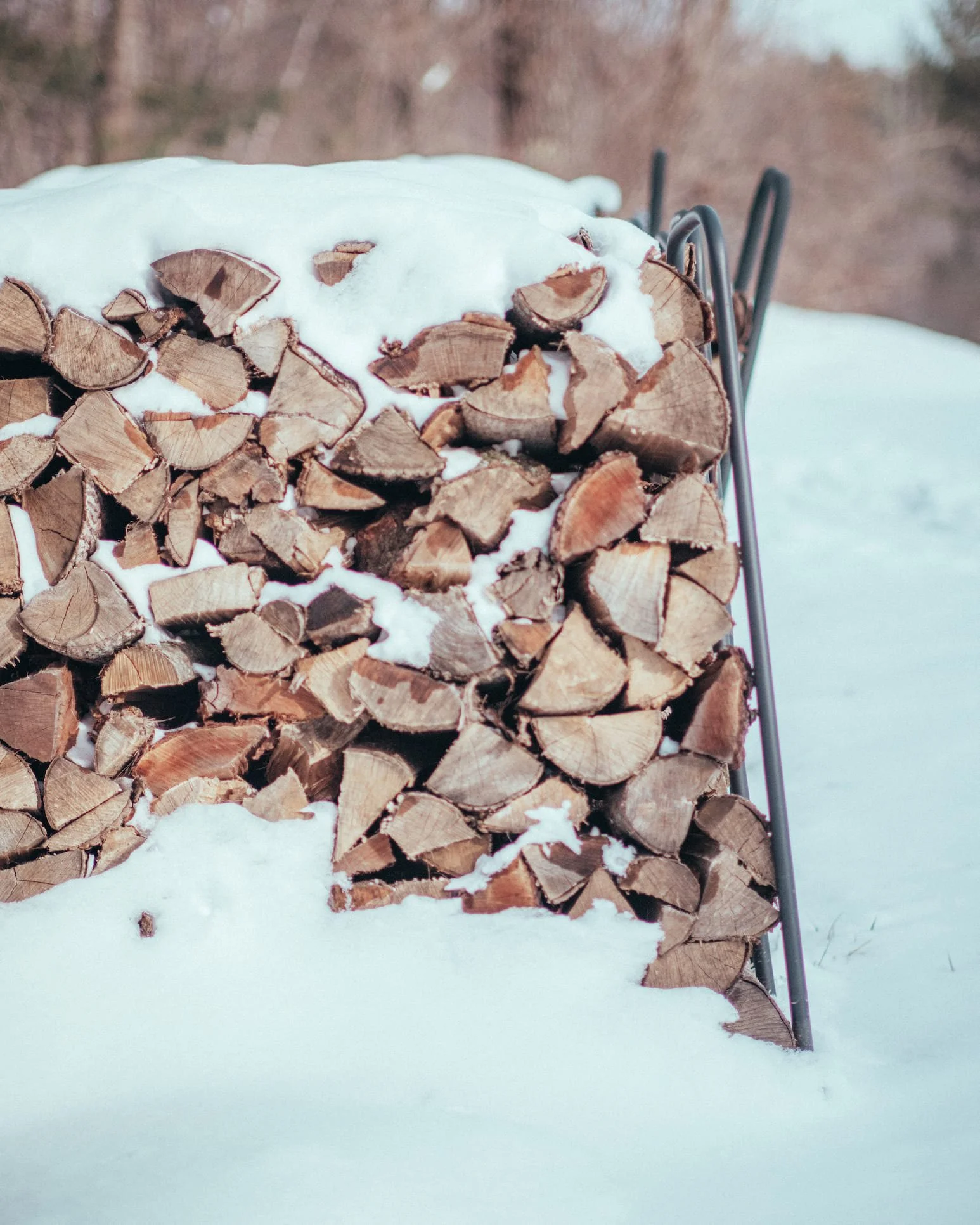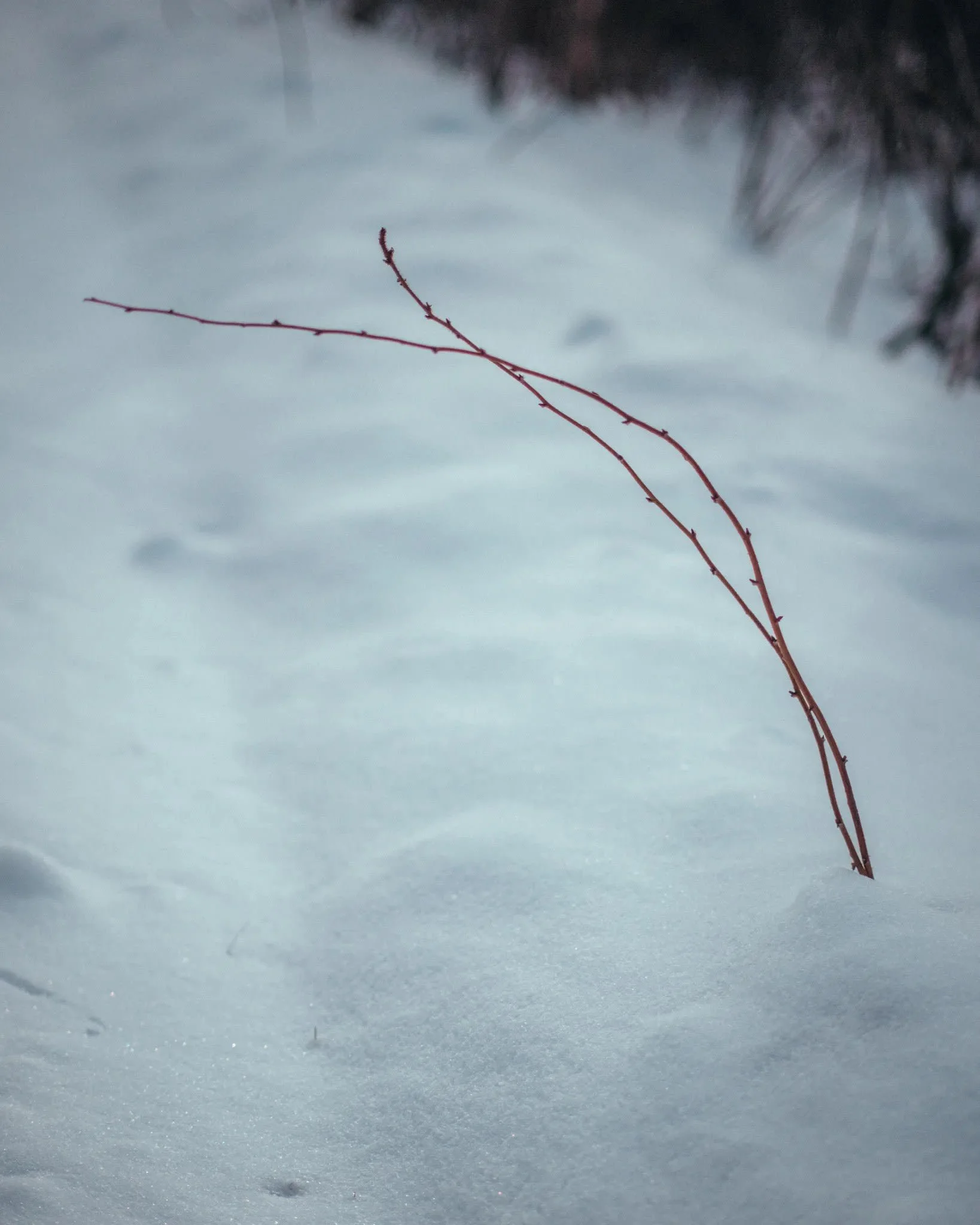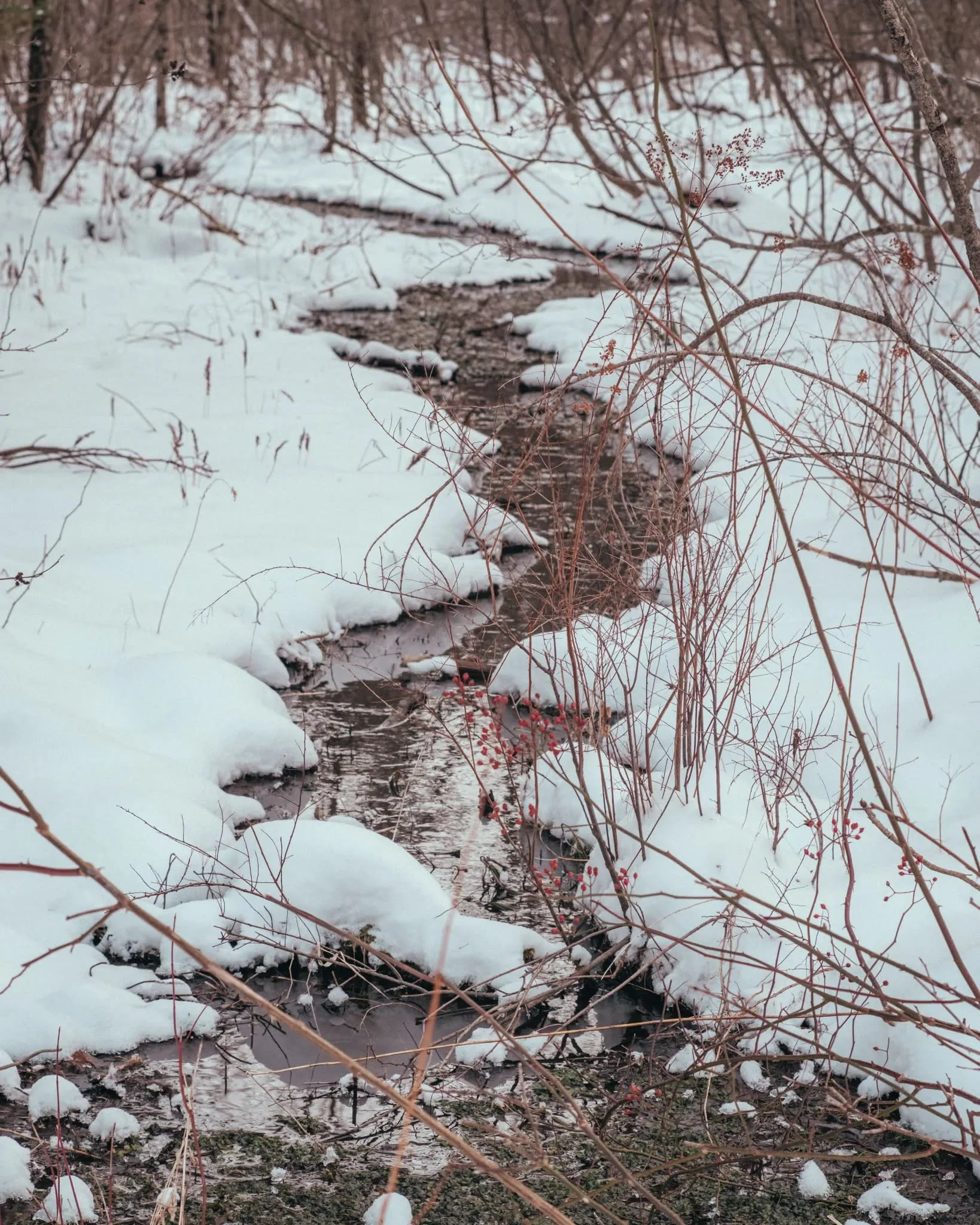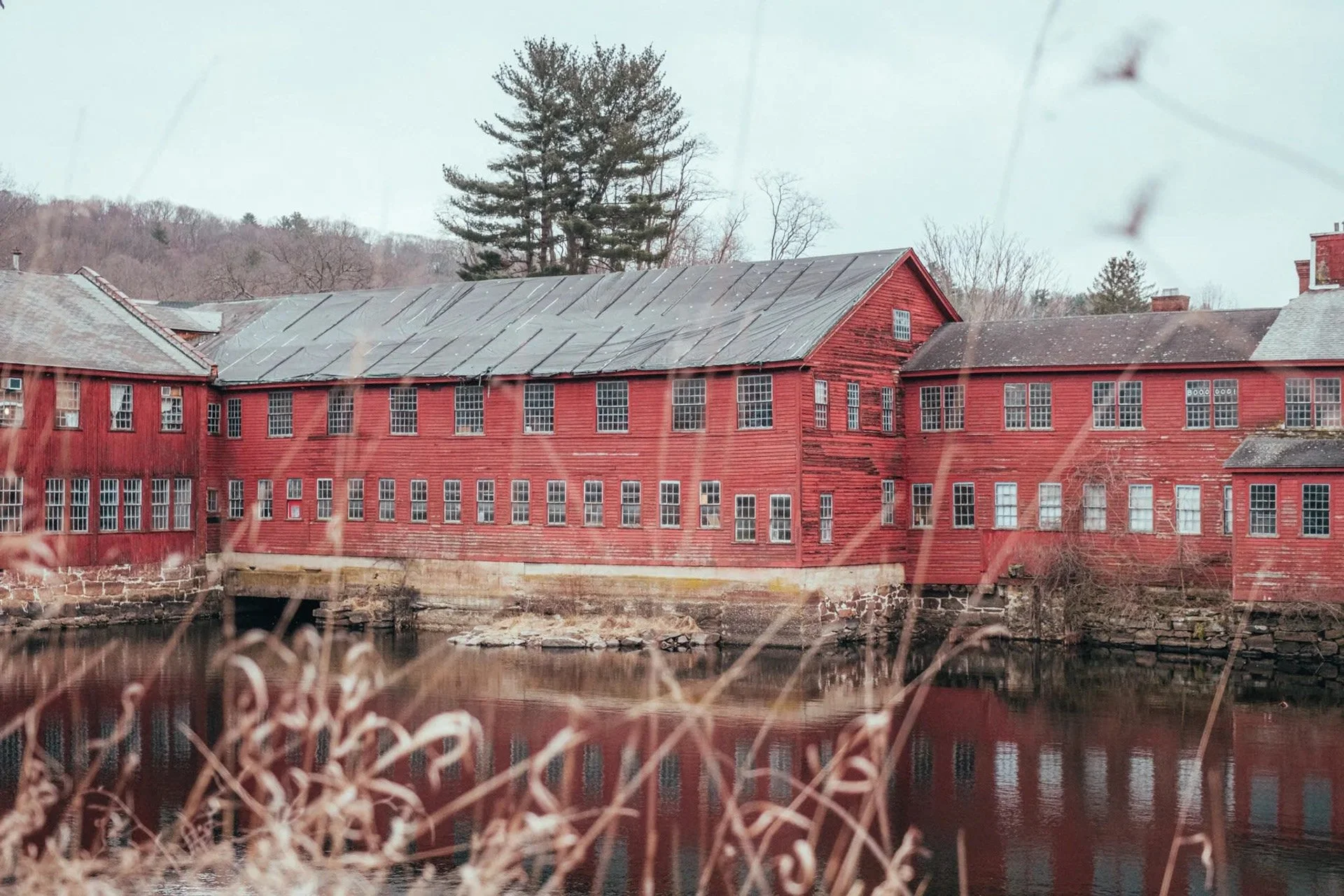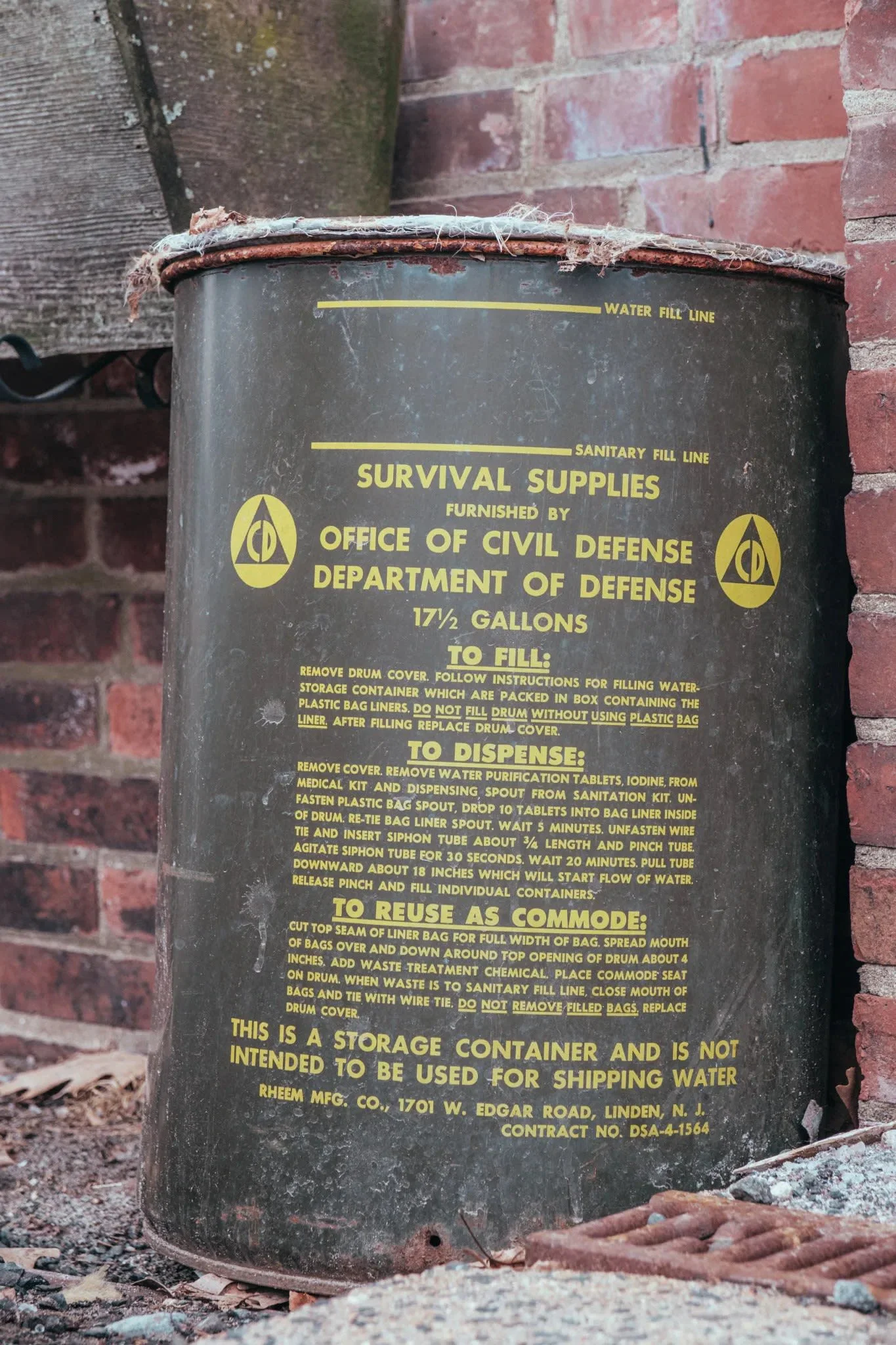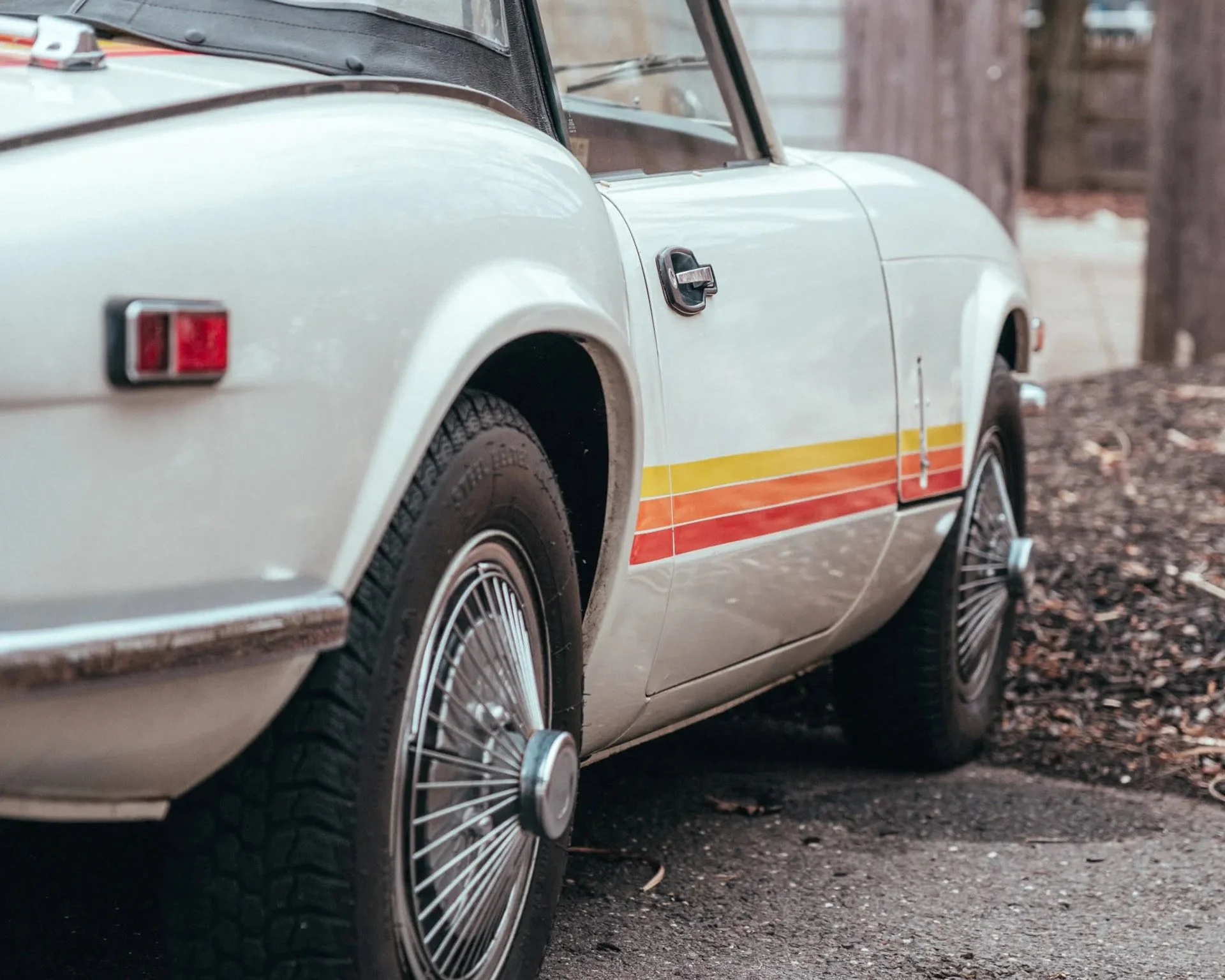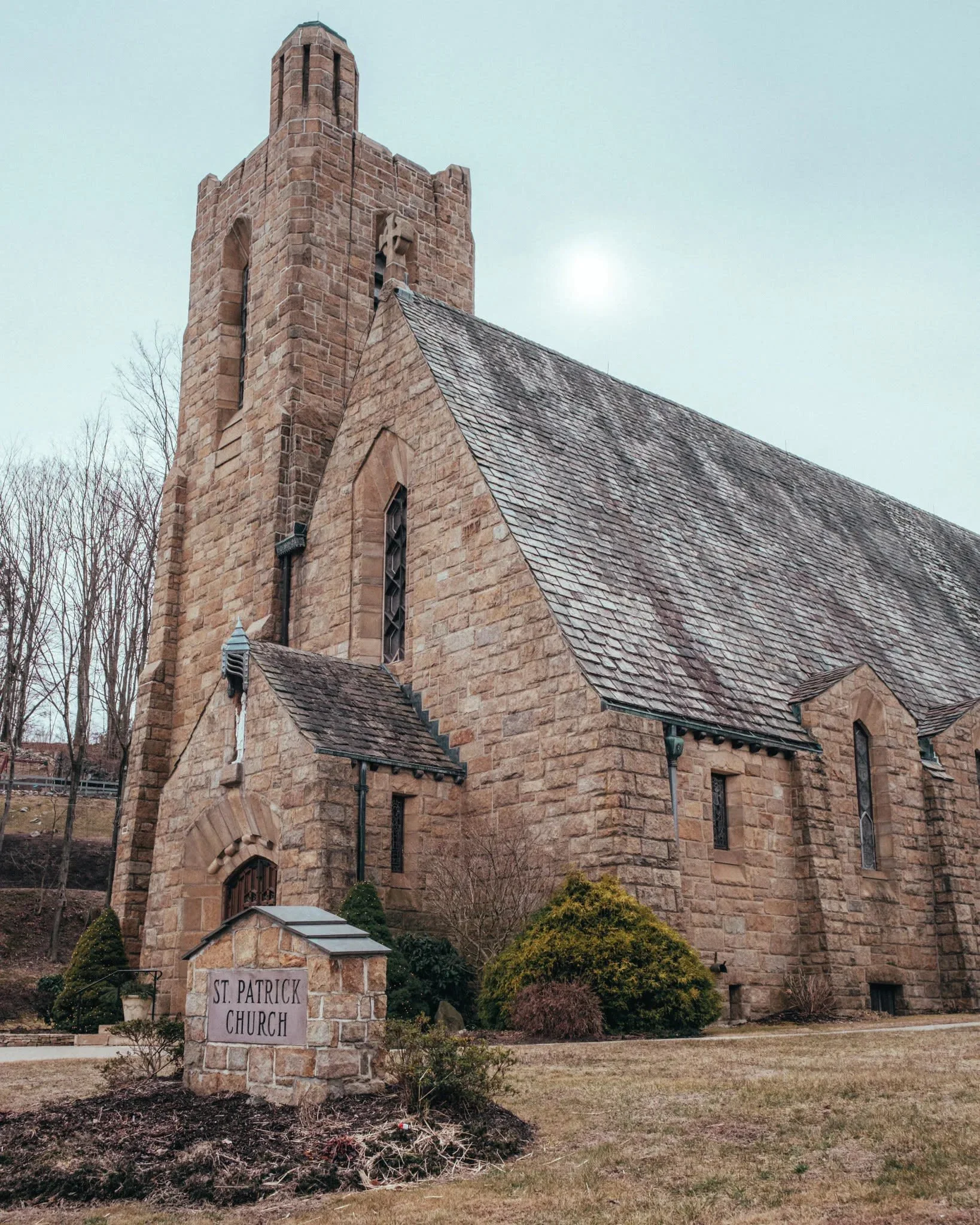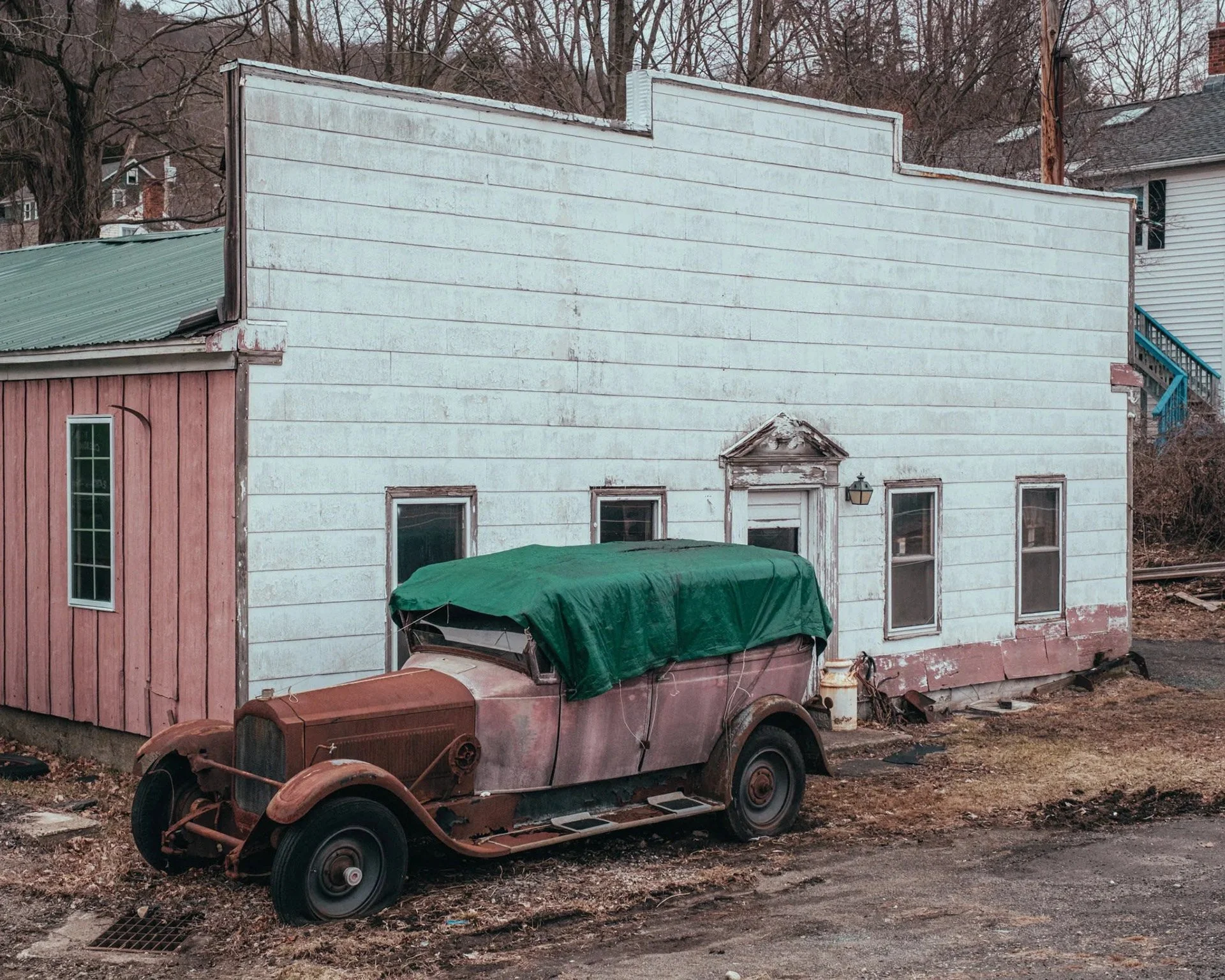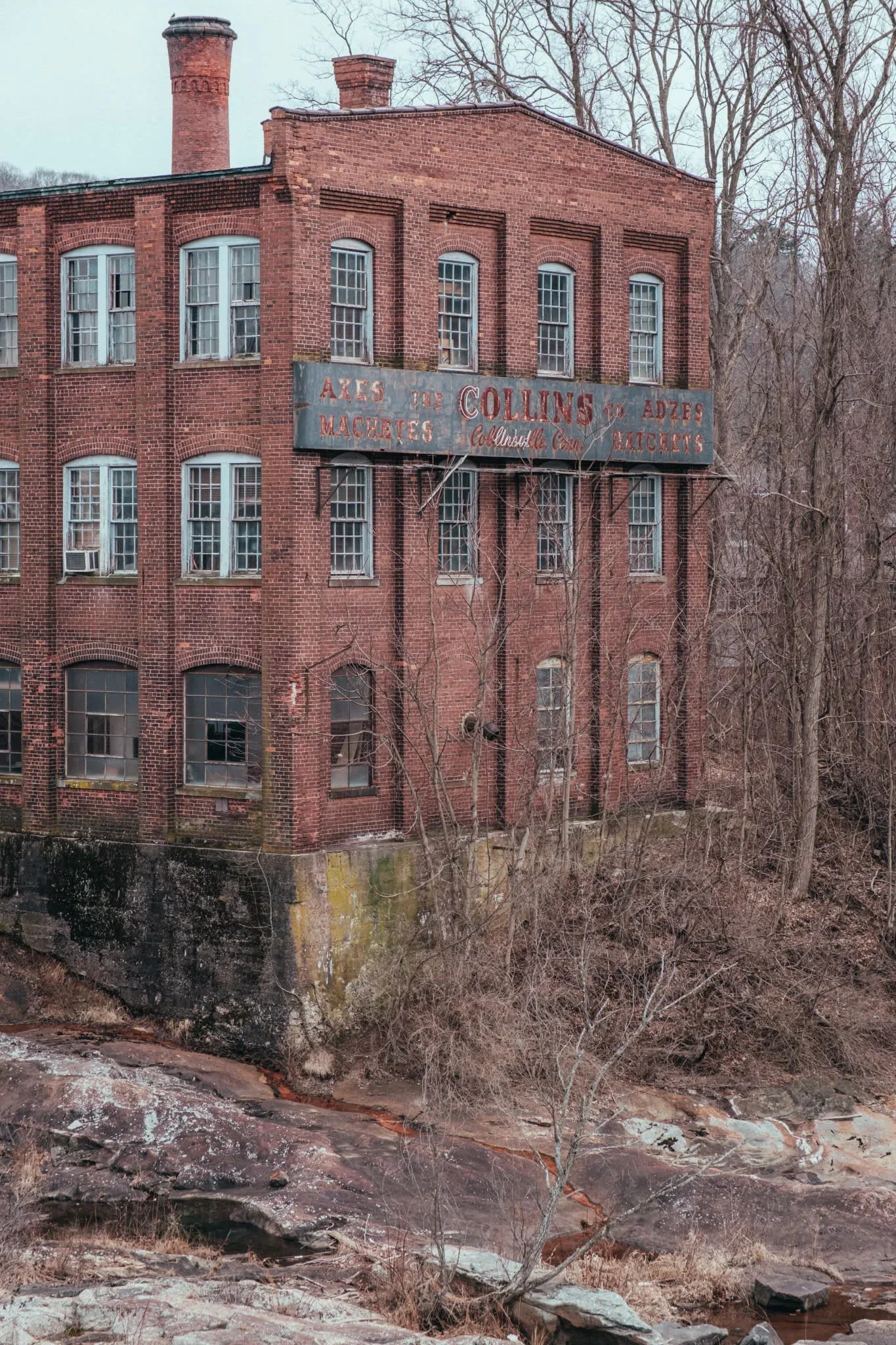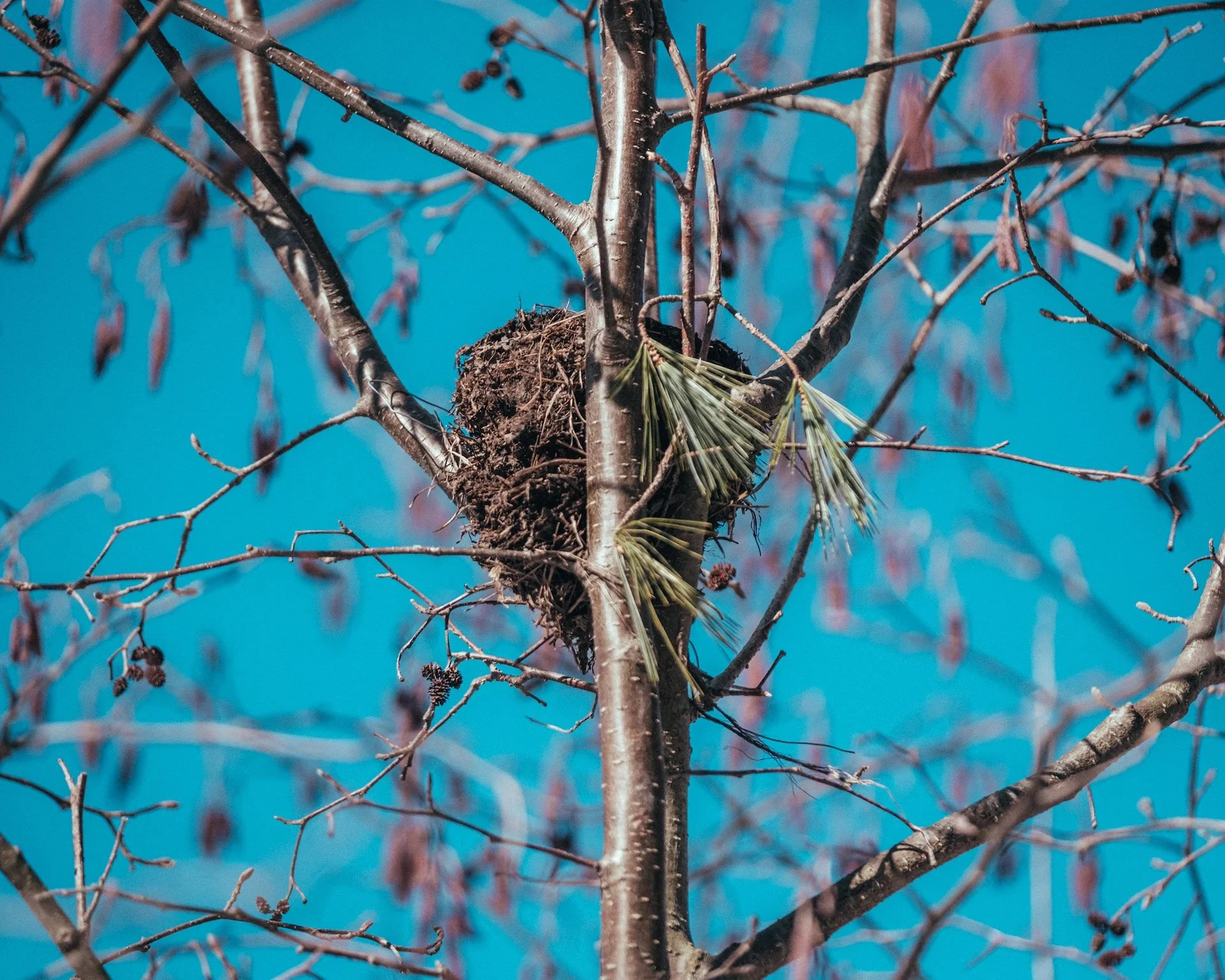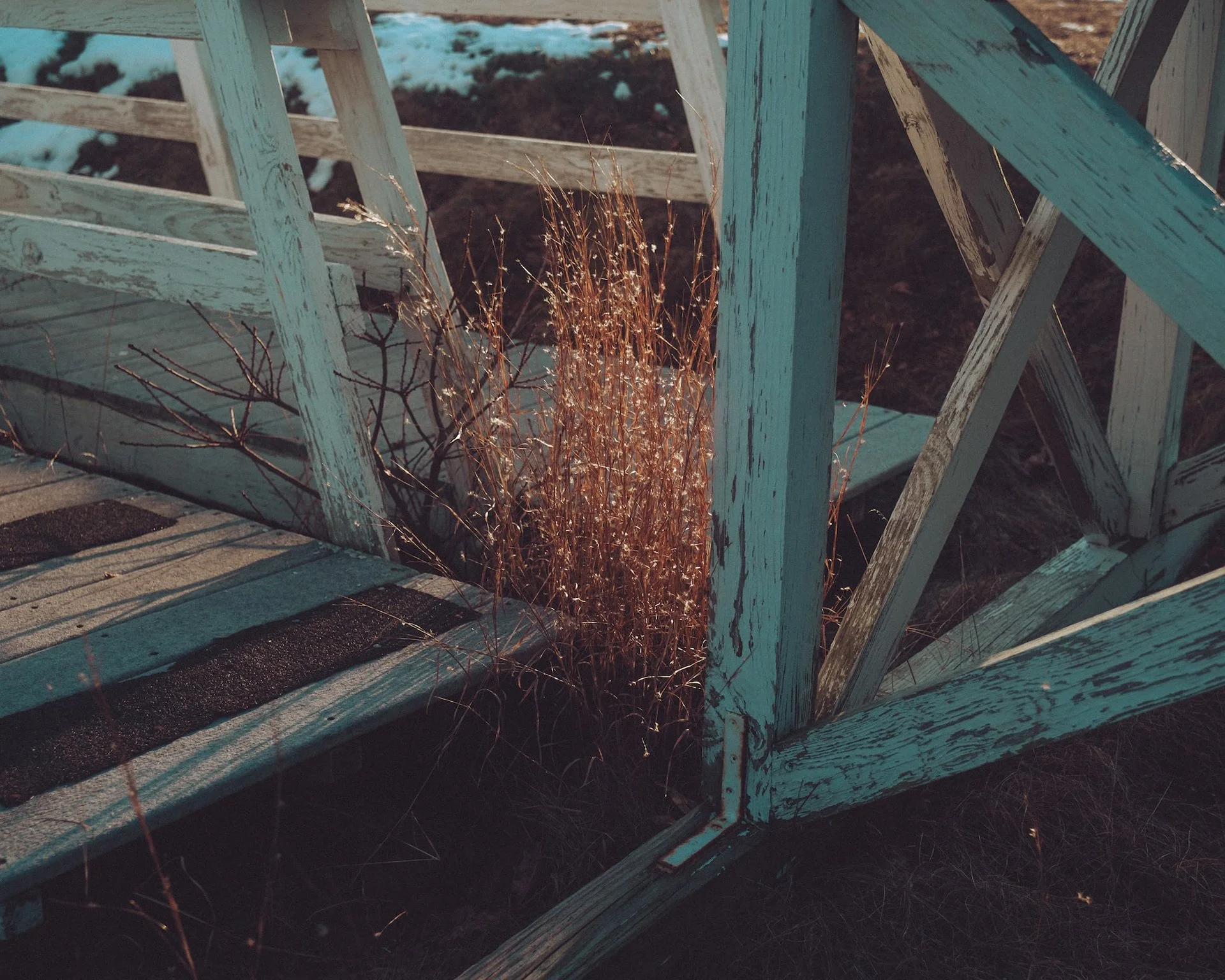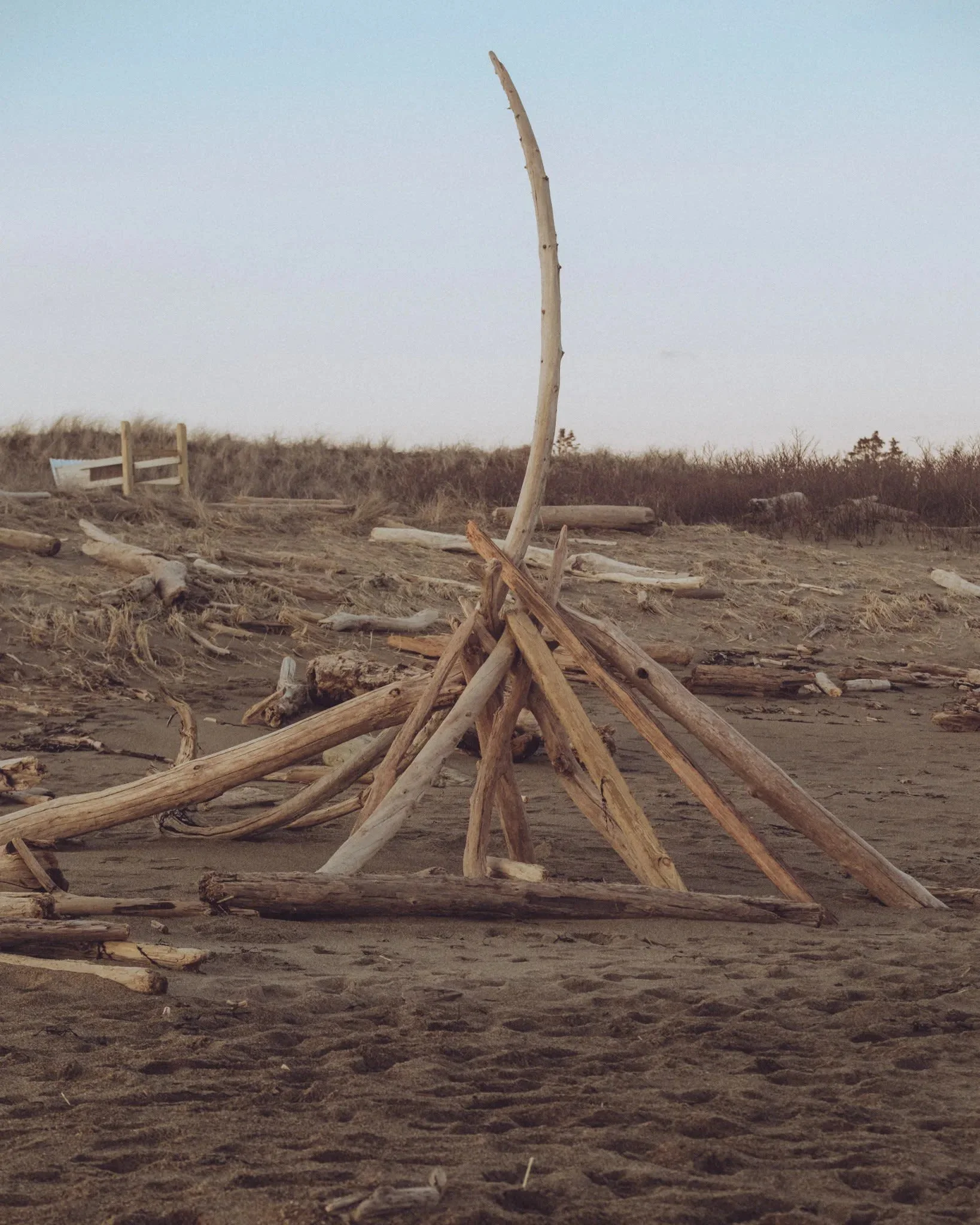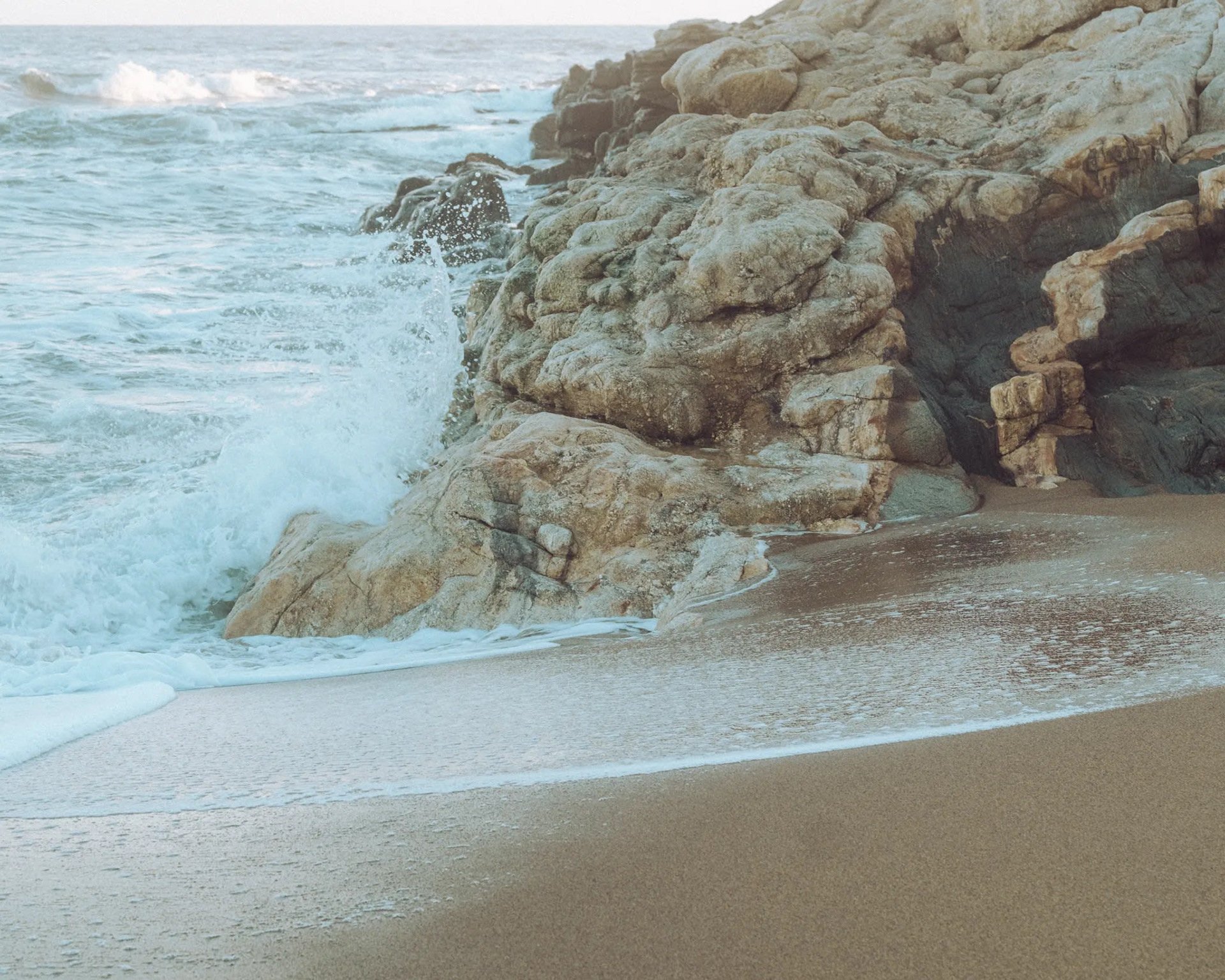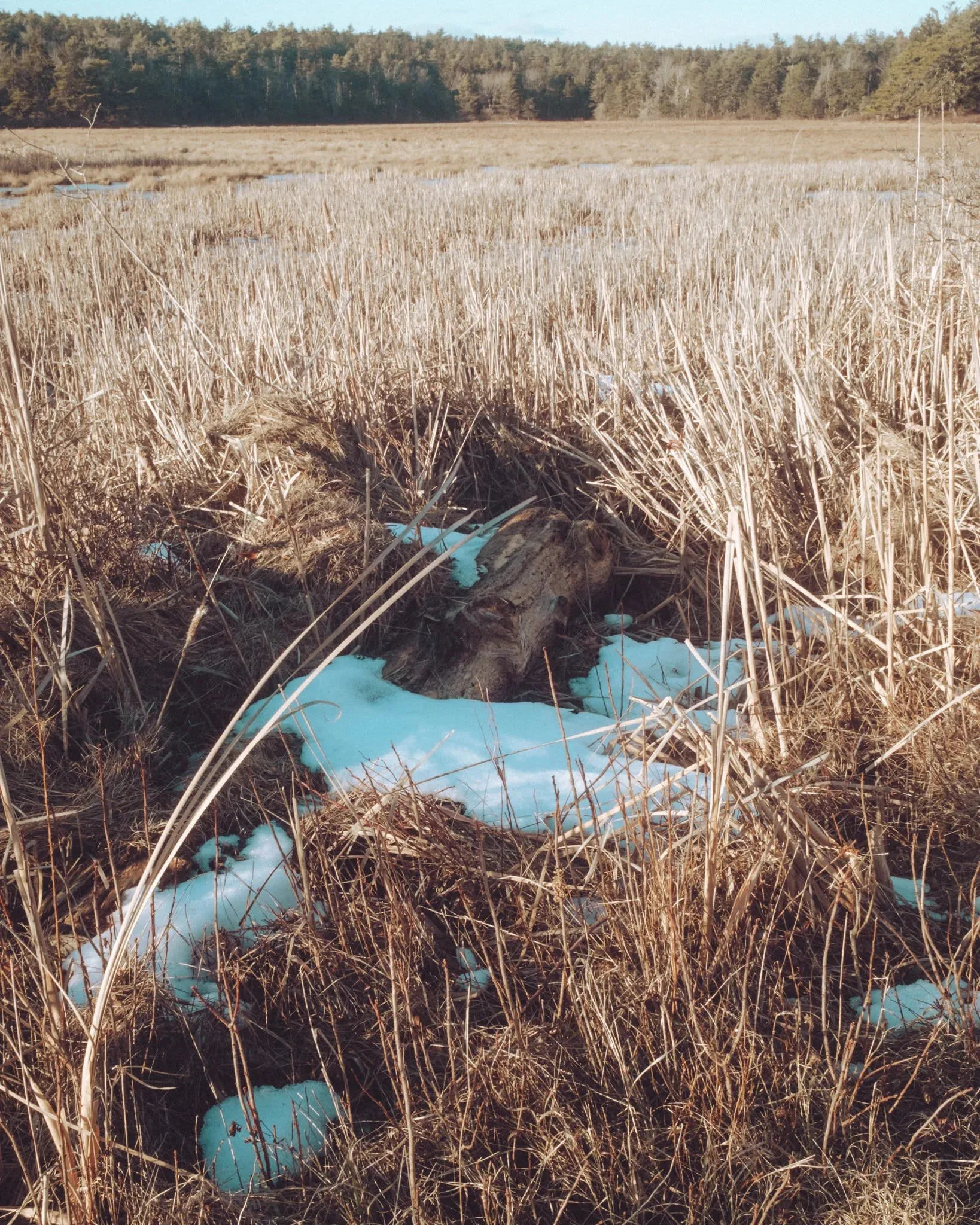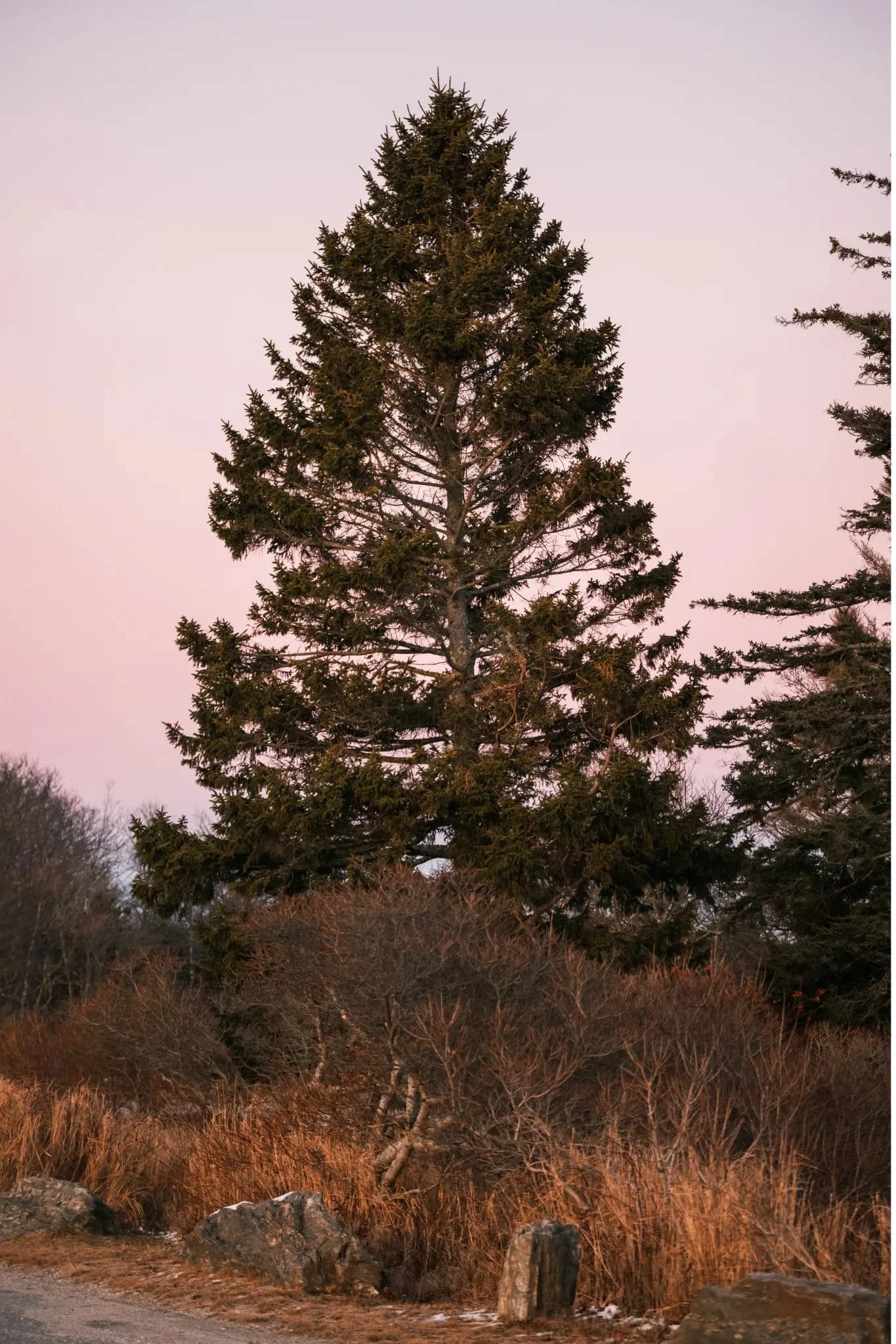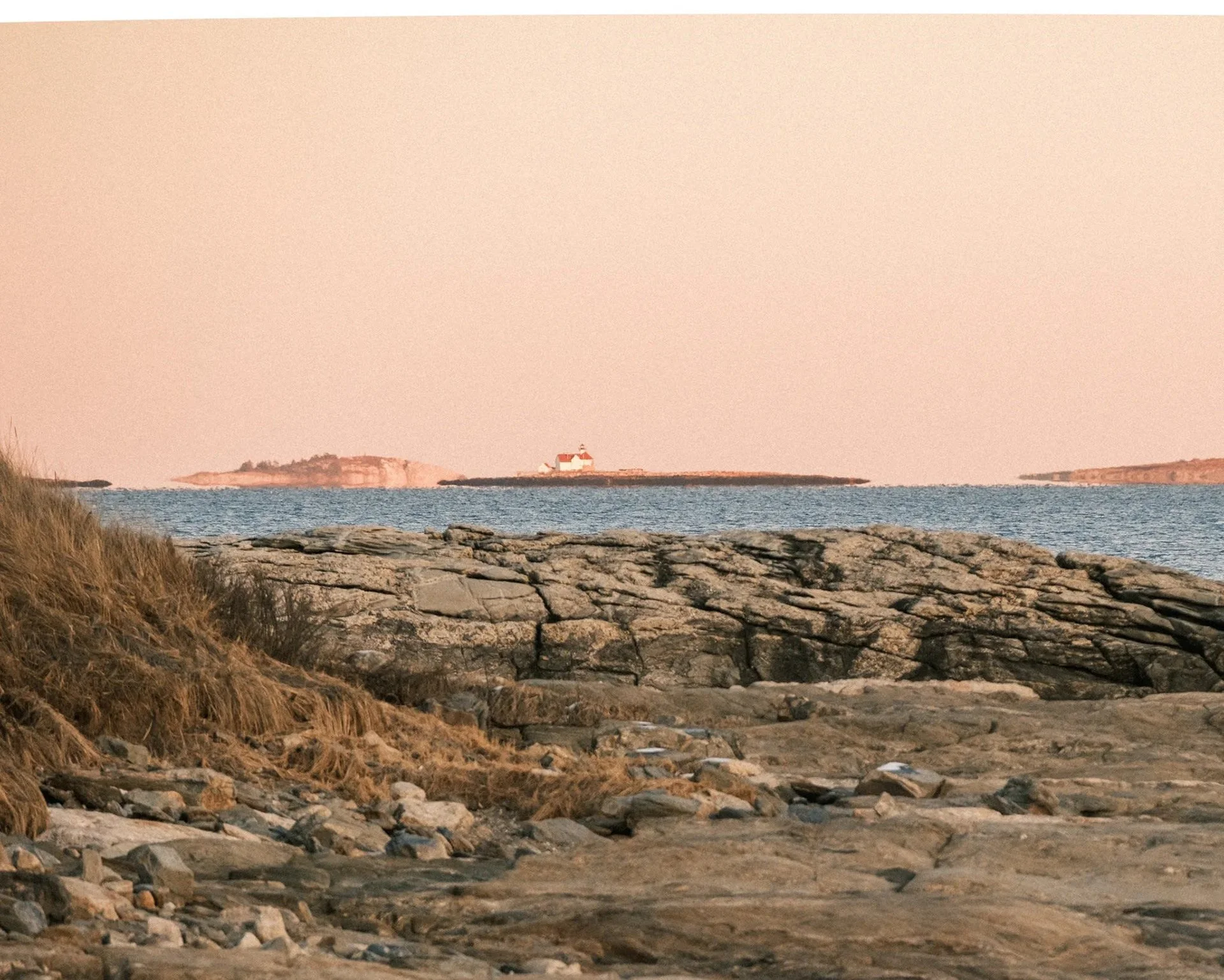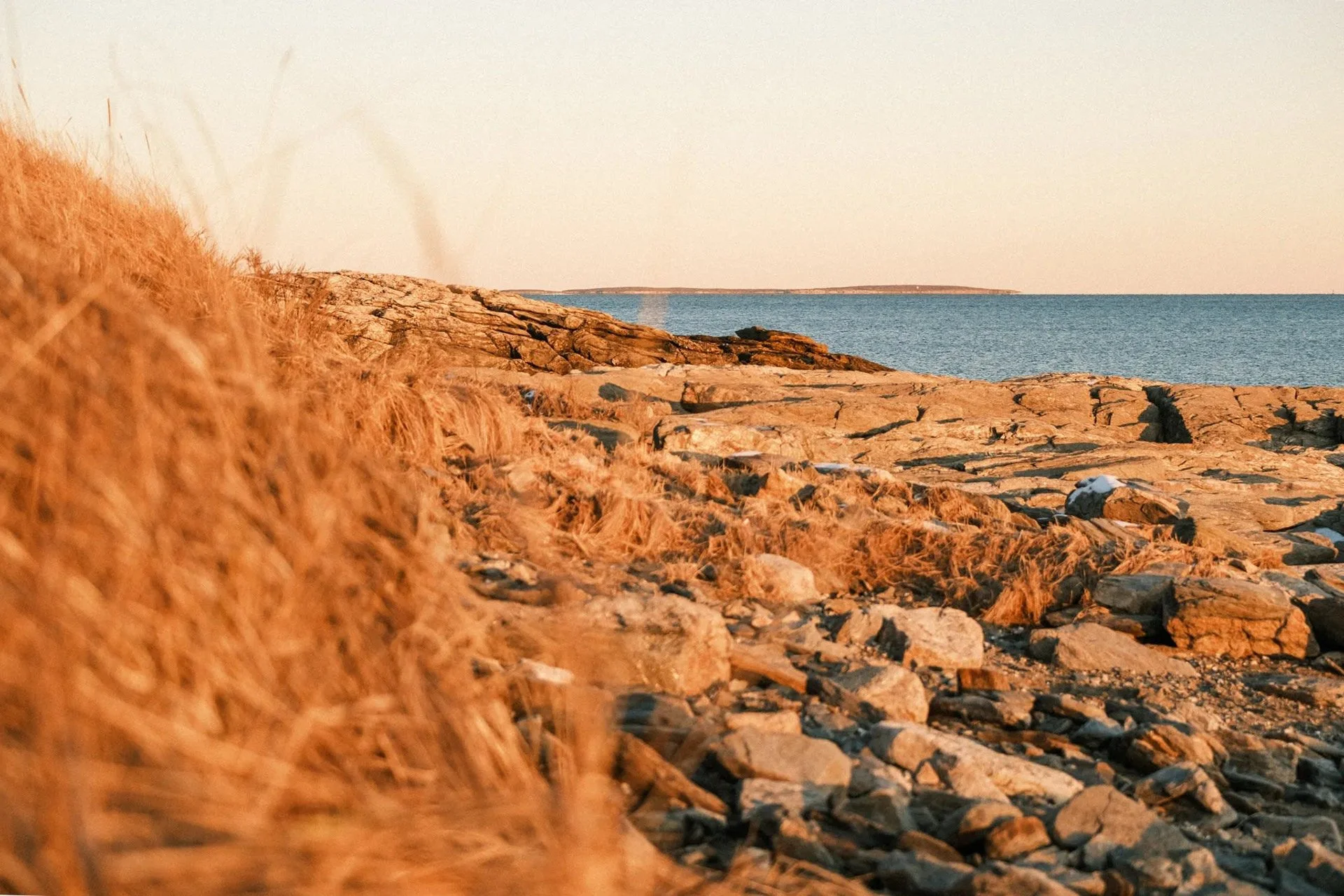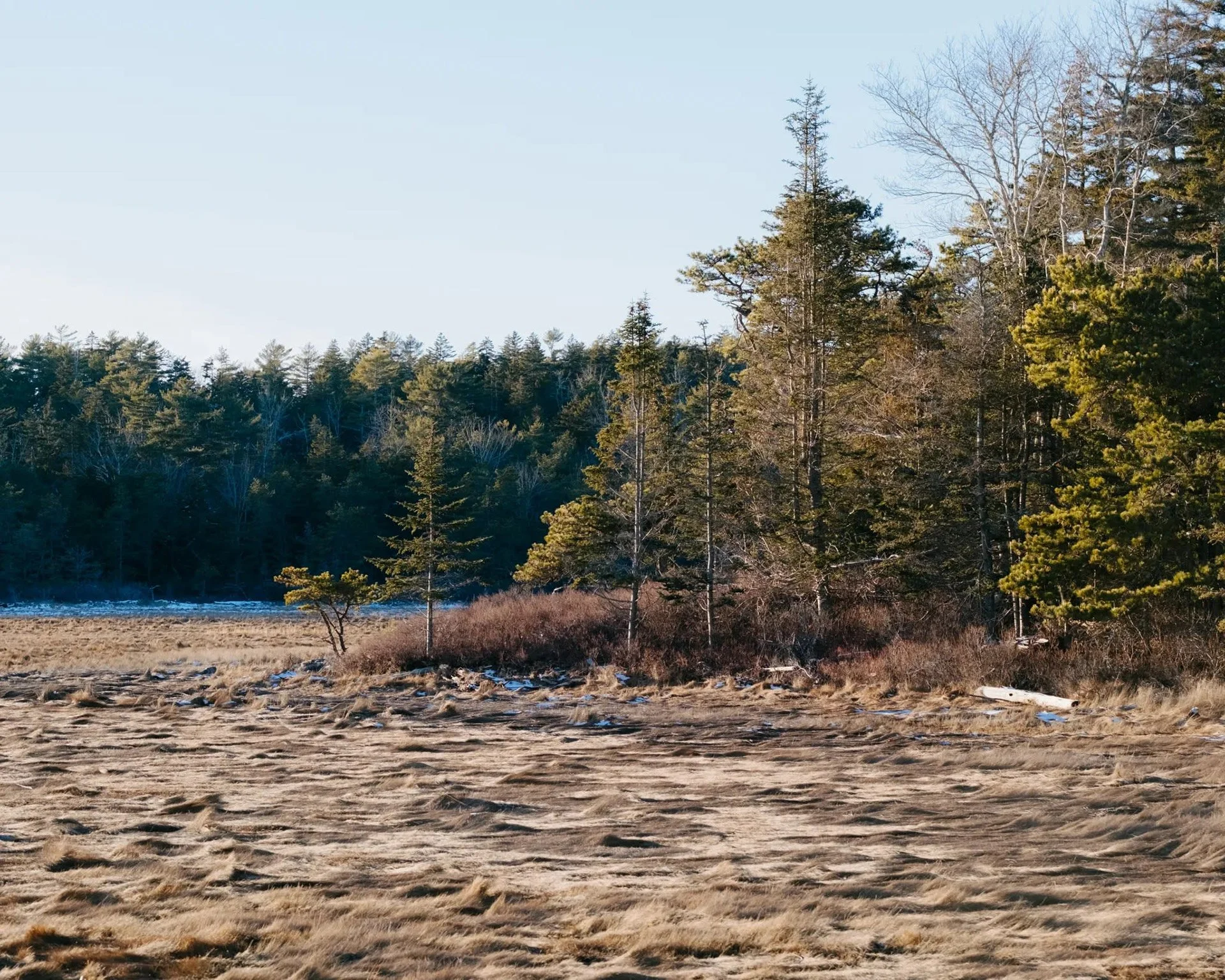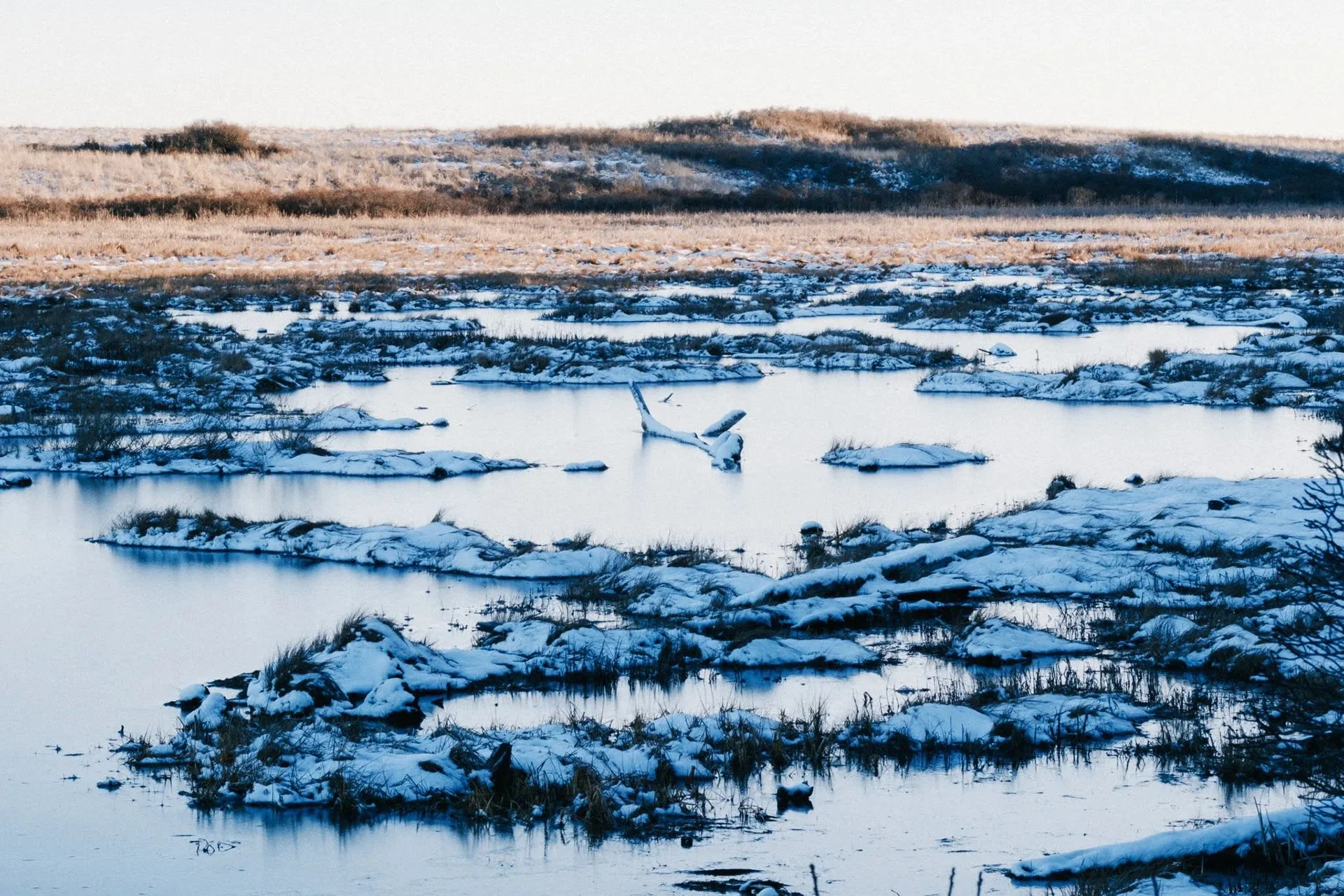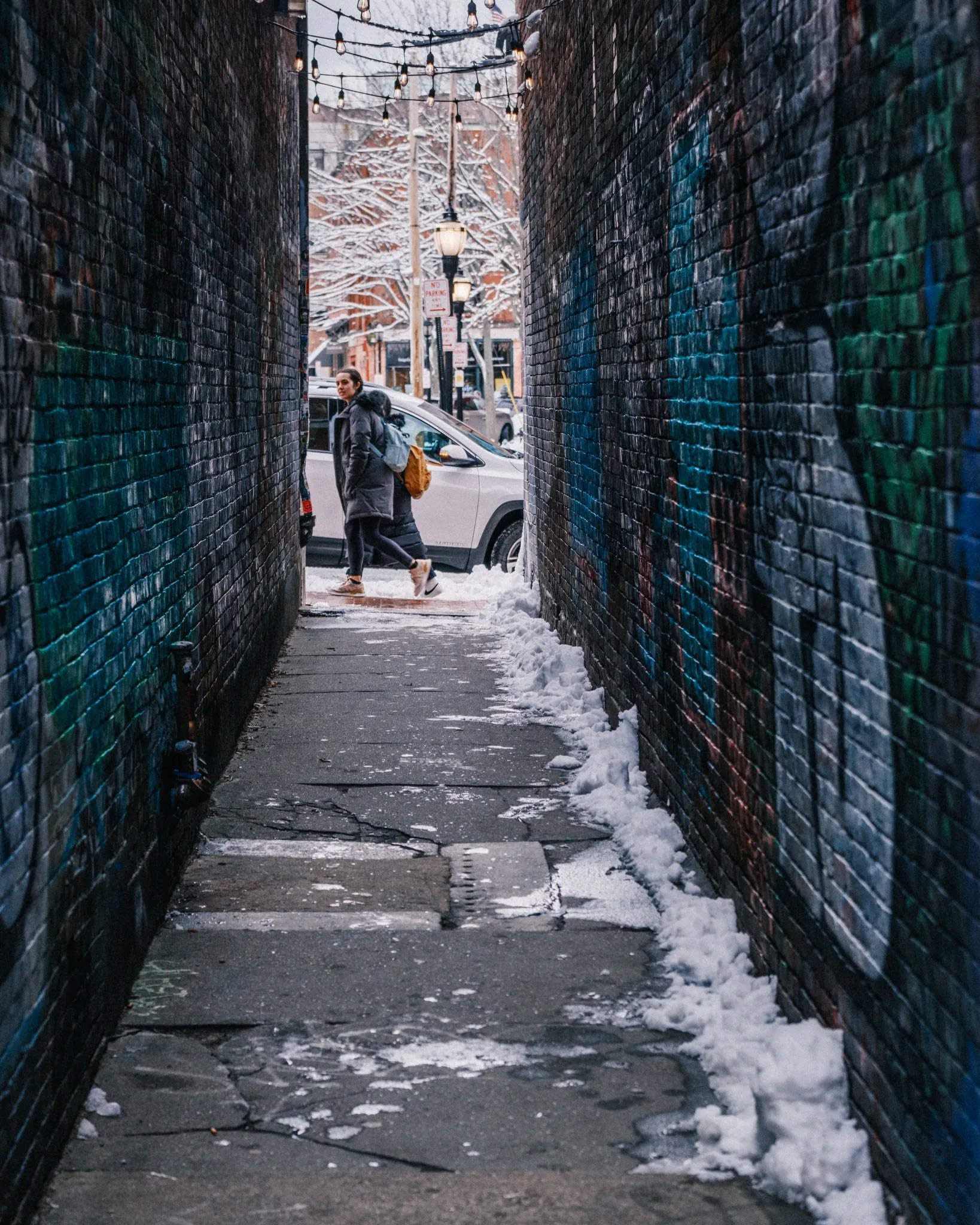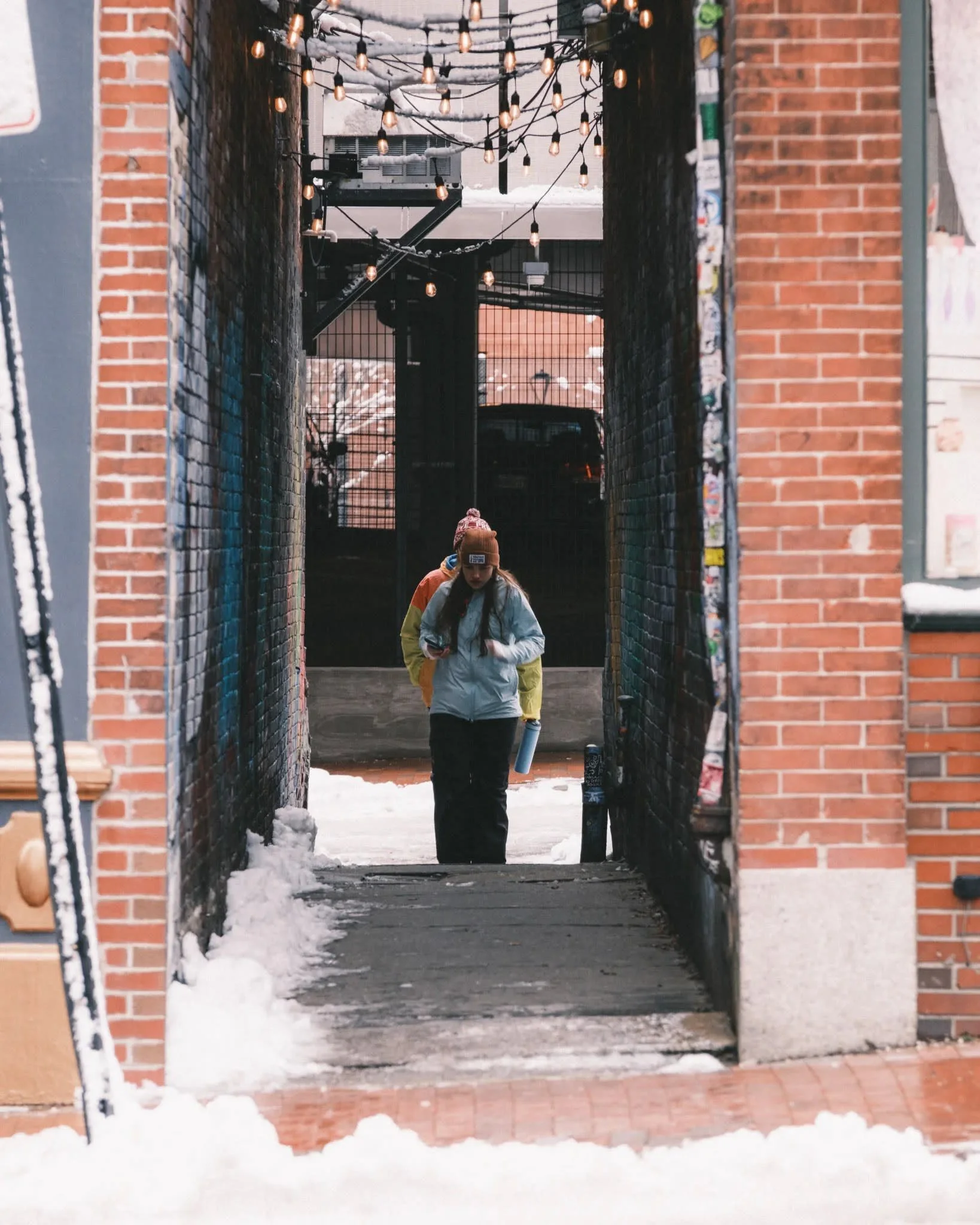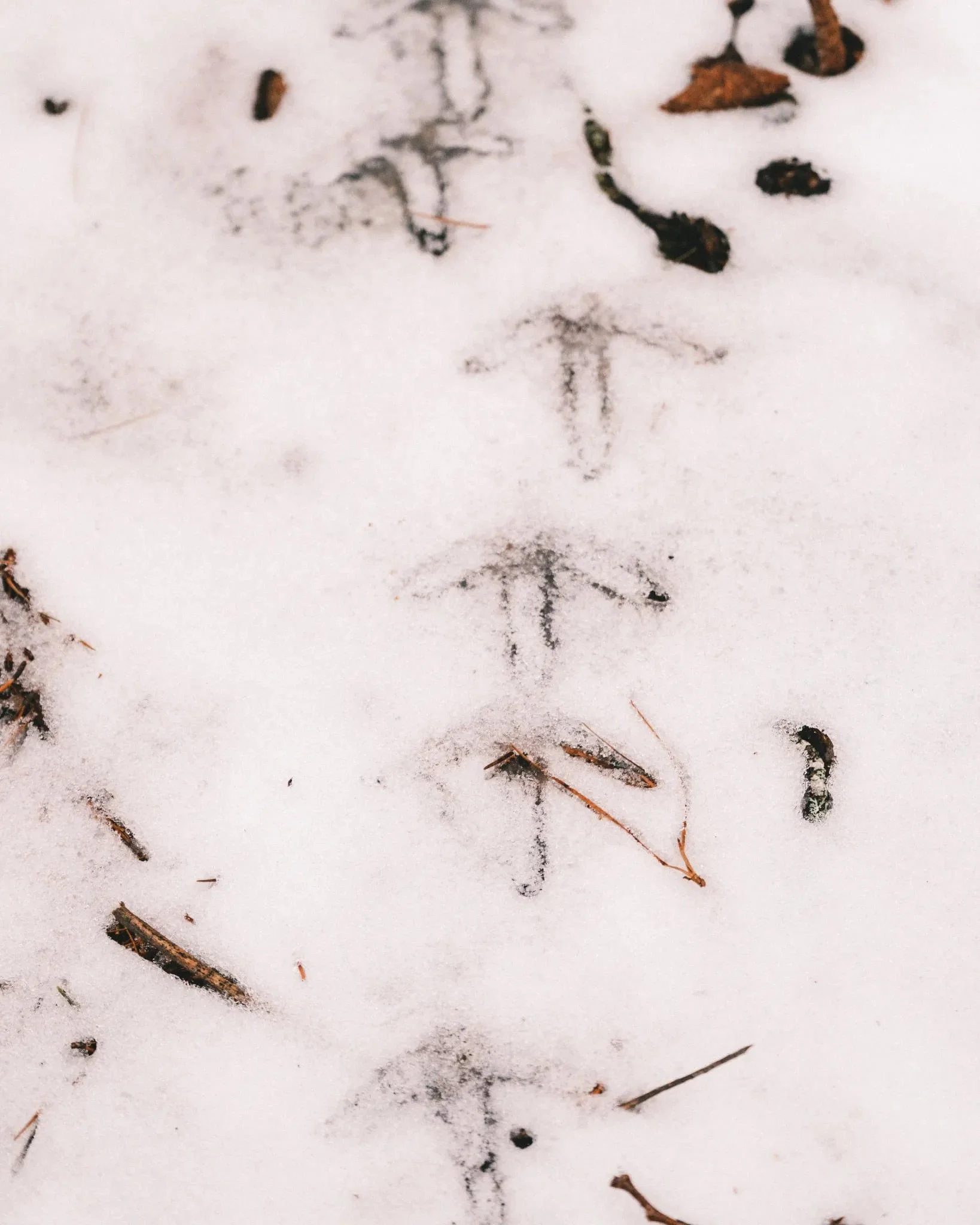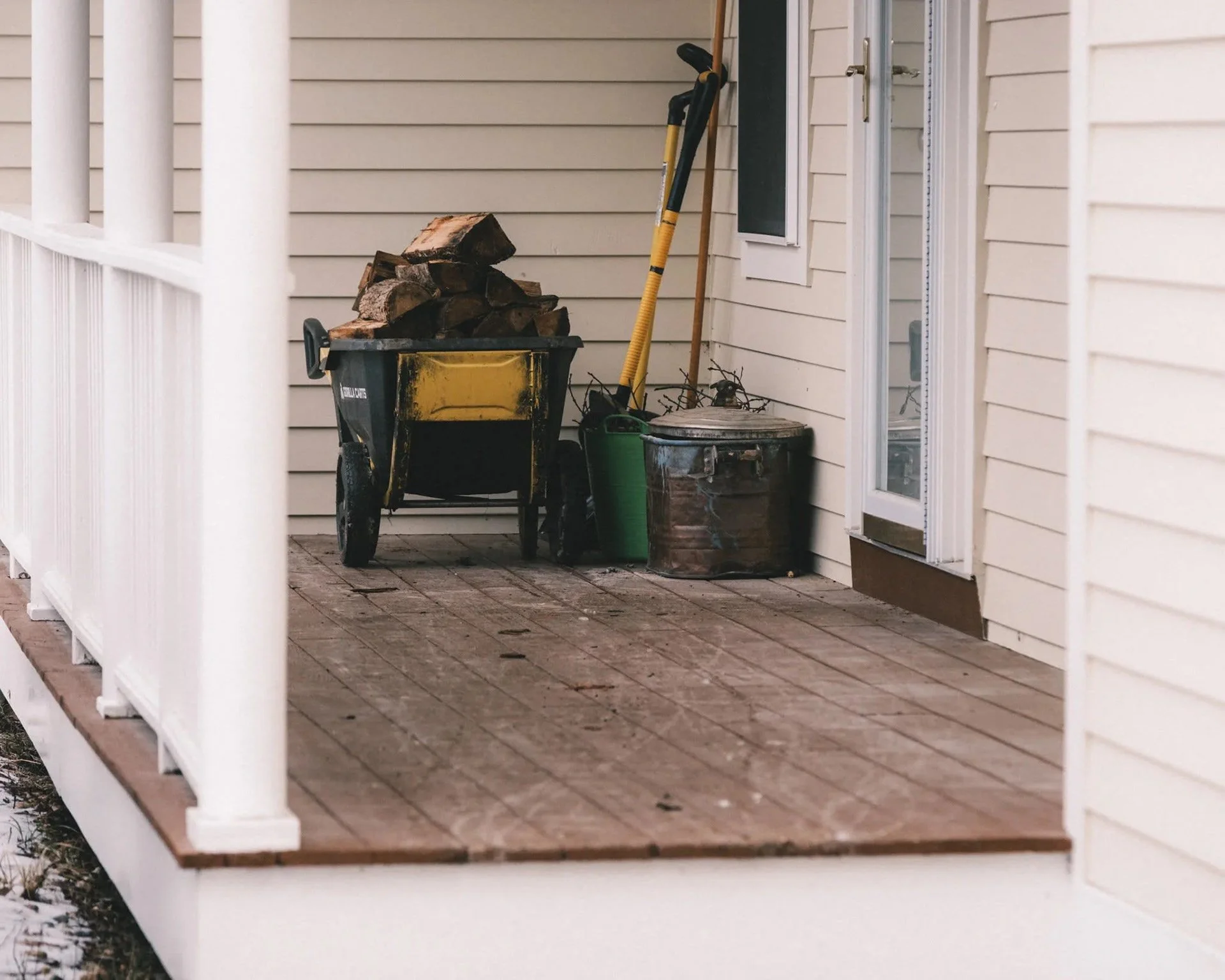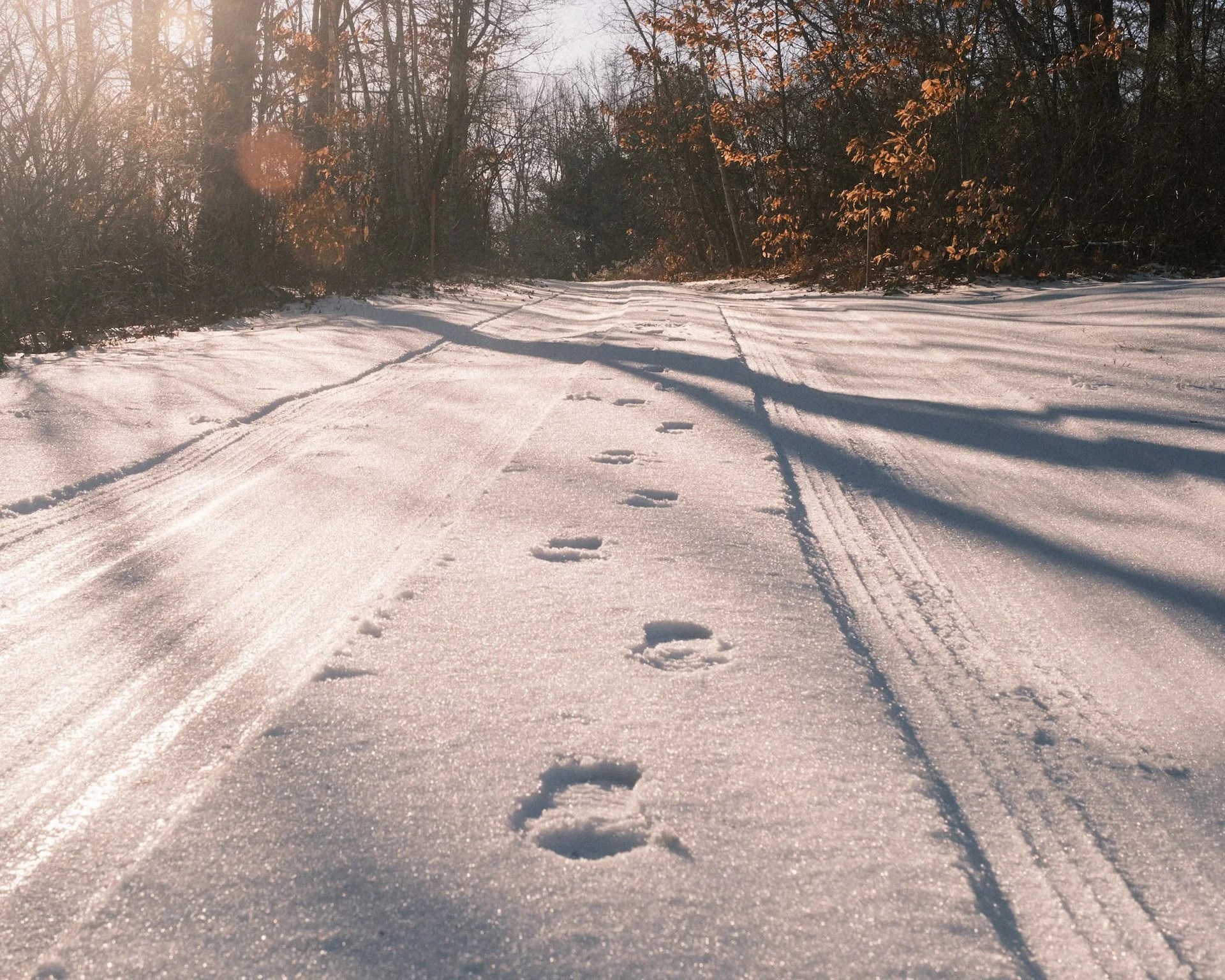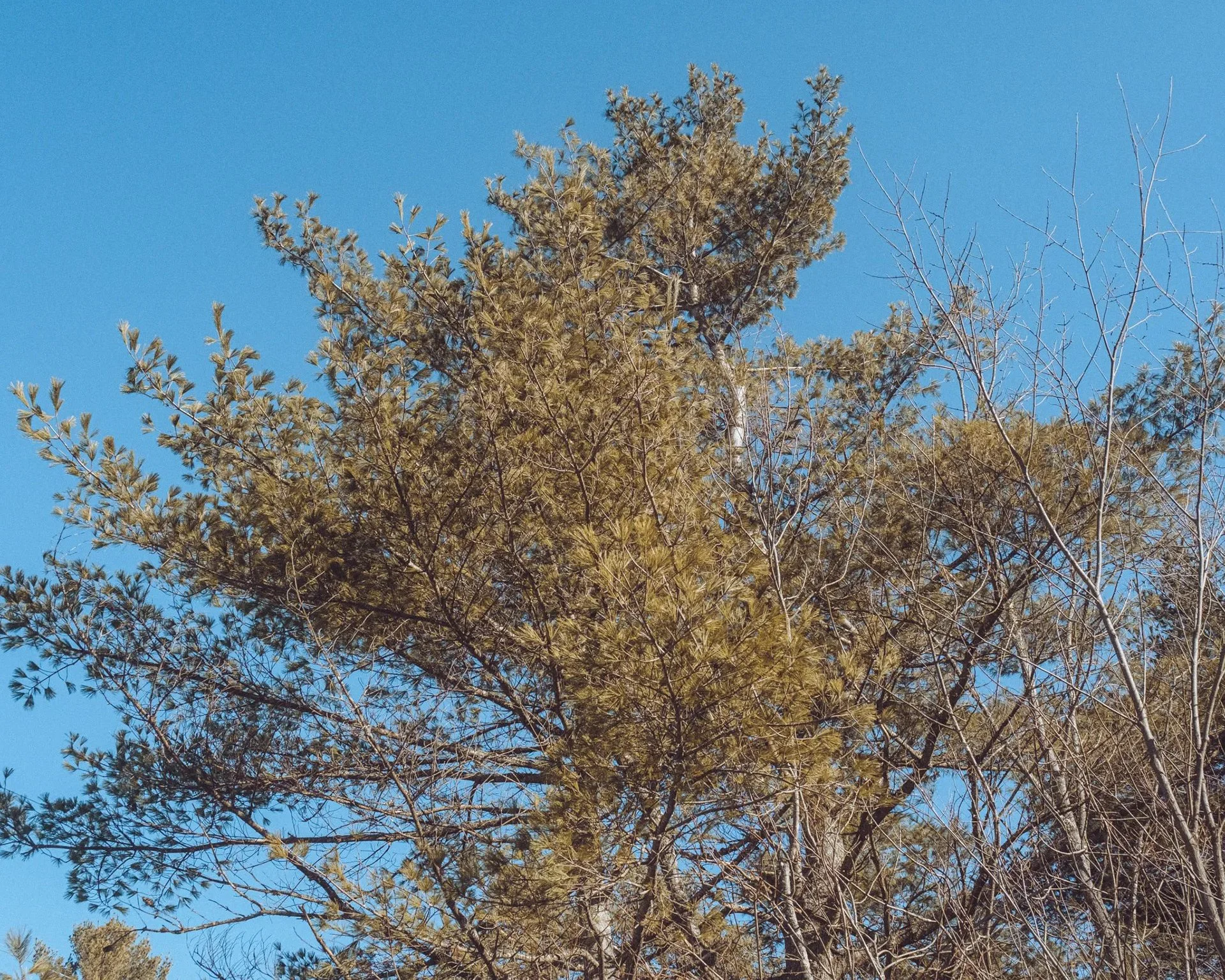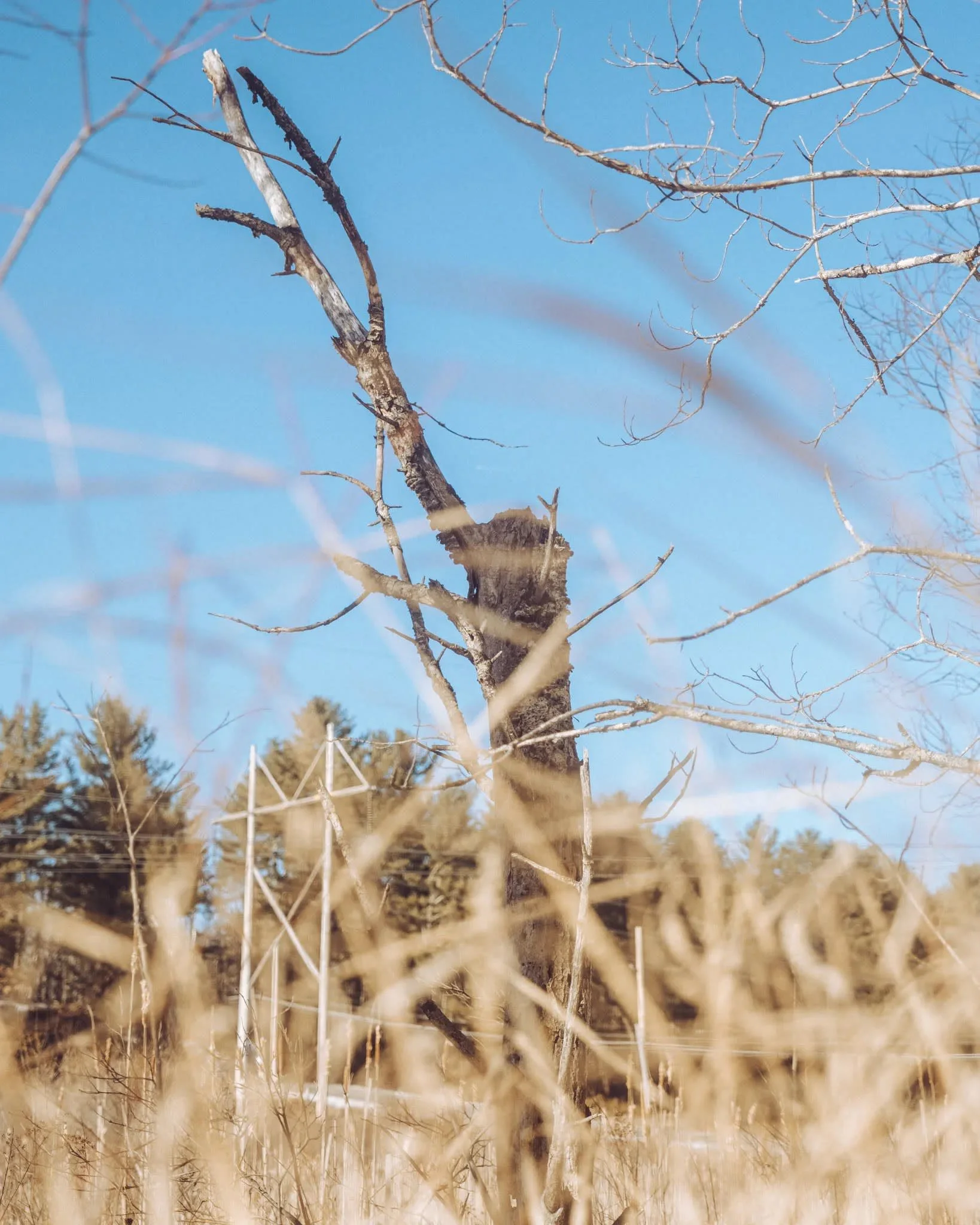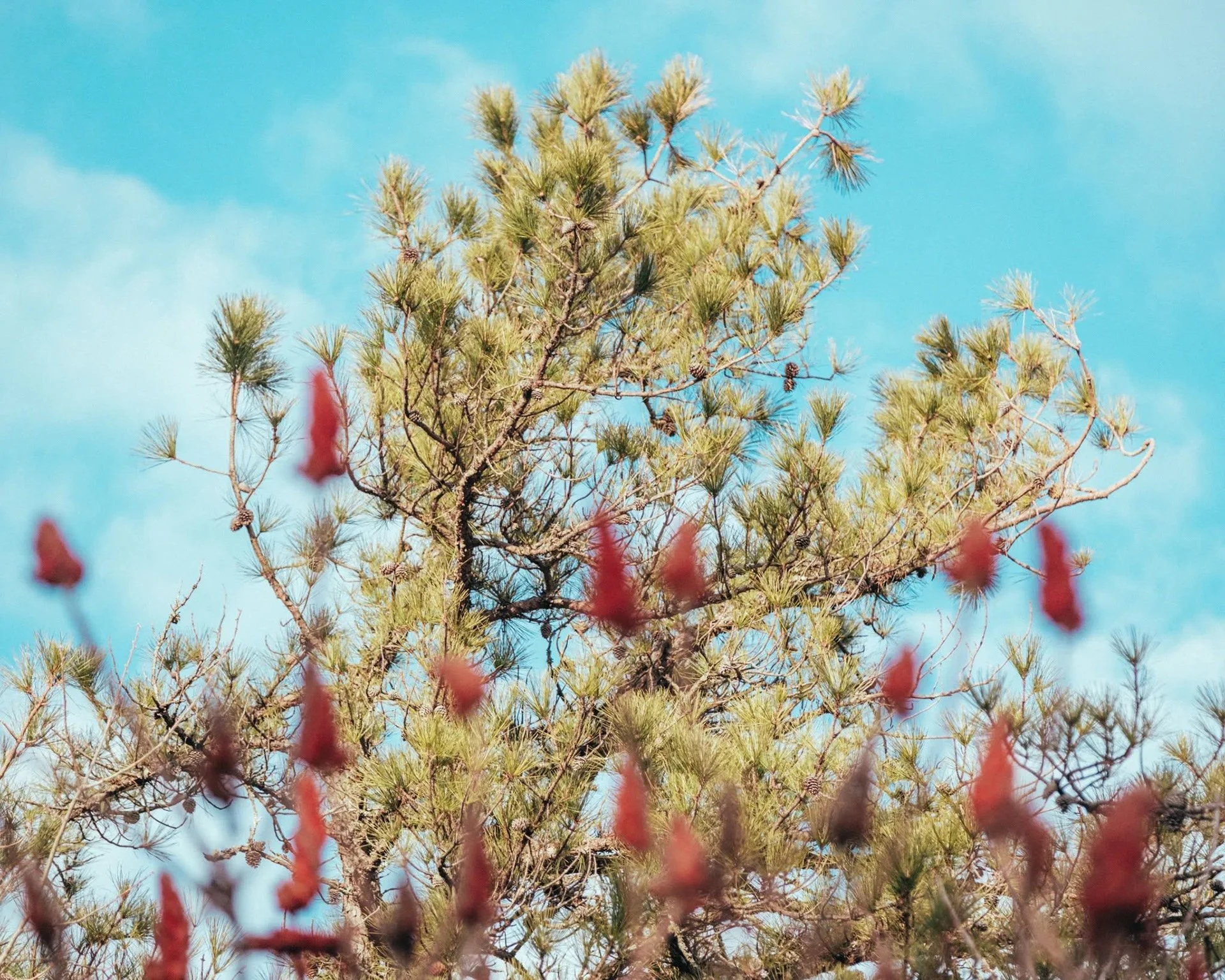Falling for fall
I saw this on some seasonal kitchen decor at Target and I just had to have it.
Sometimes a blog post happens simply because I can’t decide which photo deserves to be The One for my 365 project. Lately I’ve been posting 2 or 3 per day on Glass, thanks to autumn (or autumn combined with my sweet new chonky boi) apparently being my photographic schtick. But that hit 5 photos recently, so I decided if things get that extreme, a blog post is in order. So here are today’s fall photos.
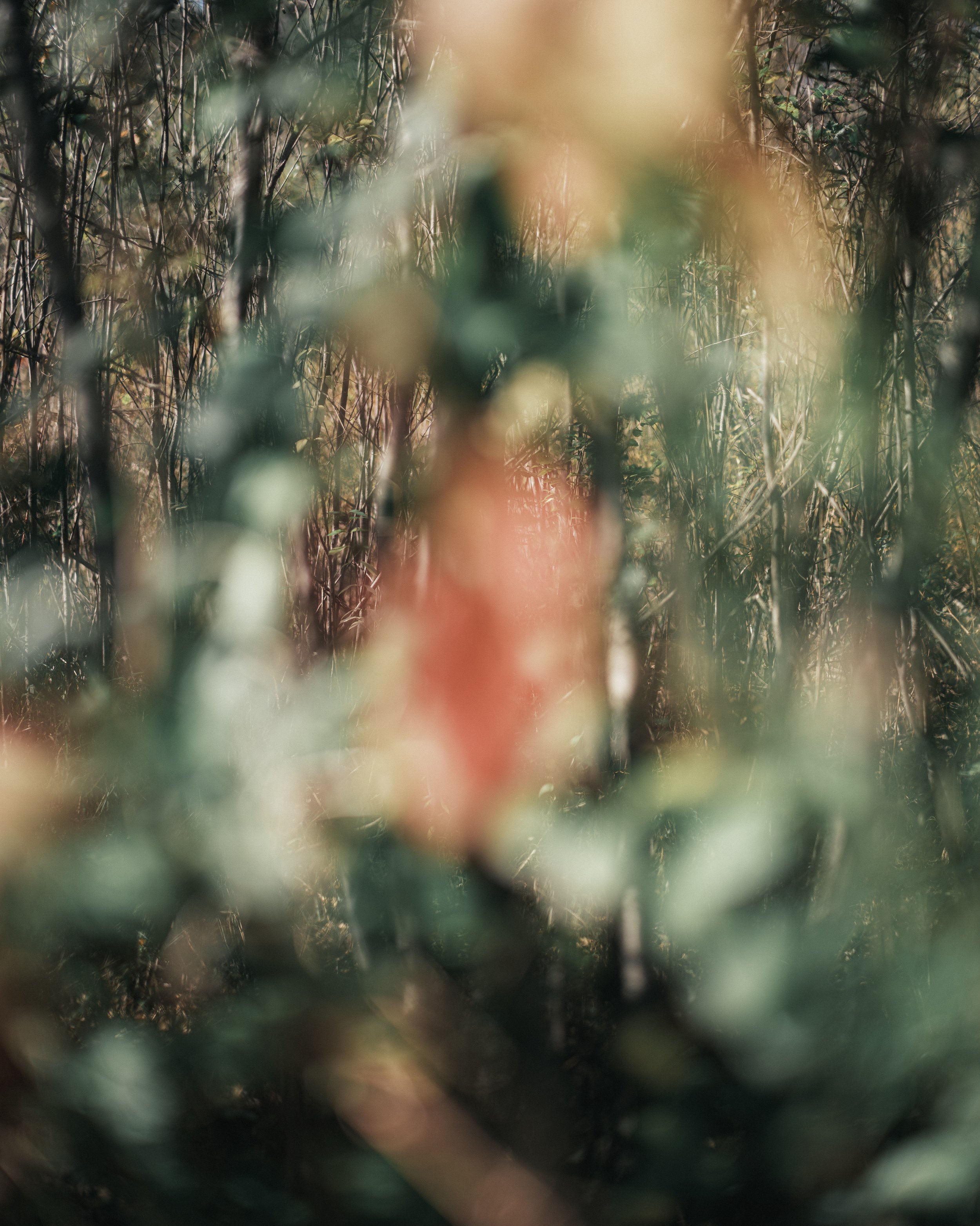

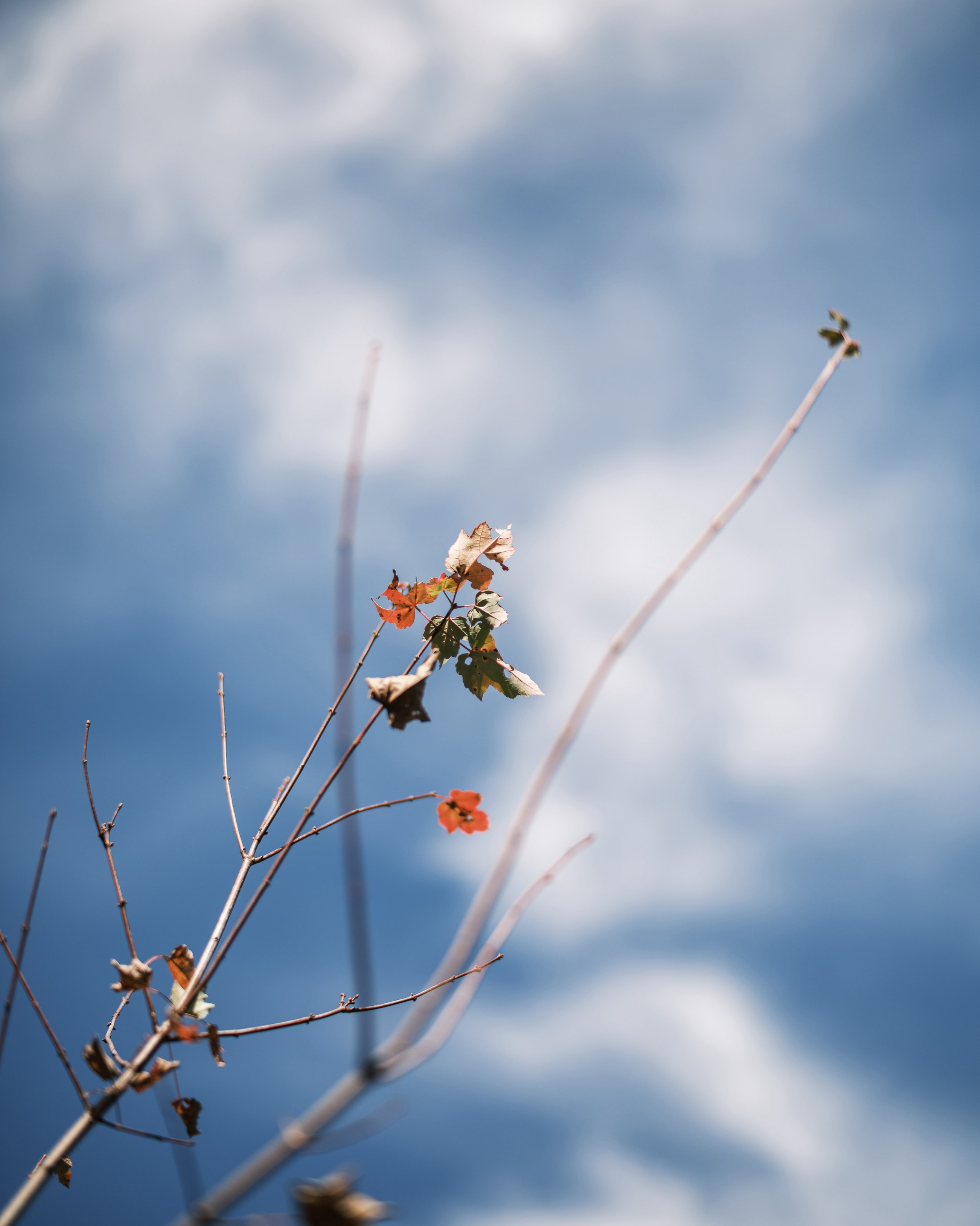

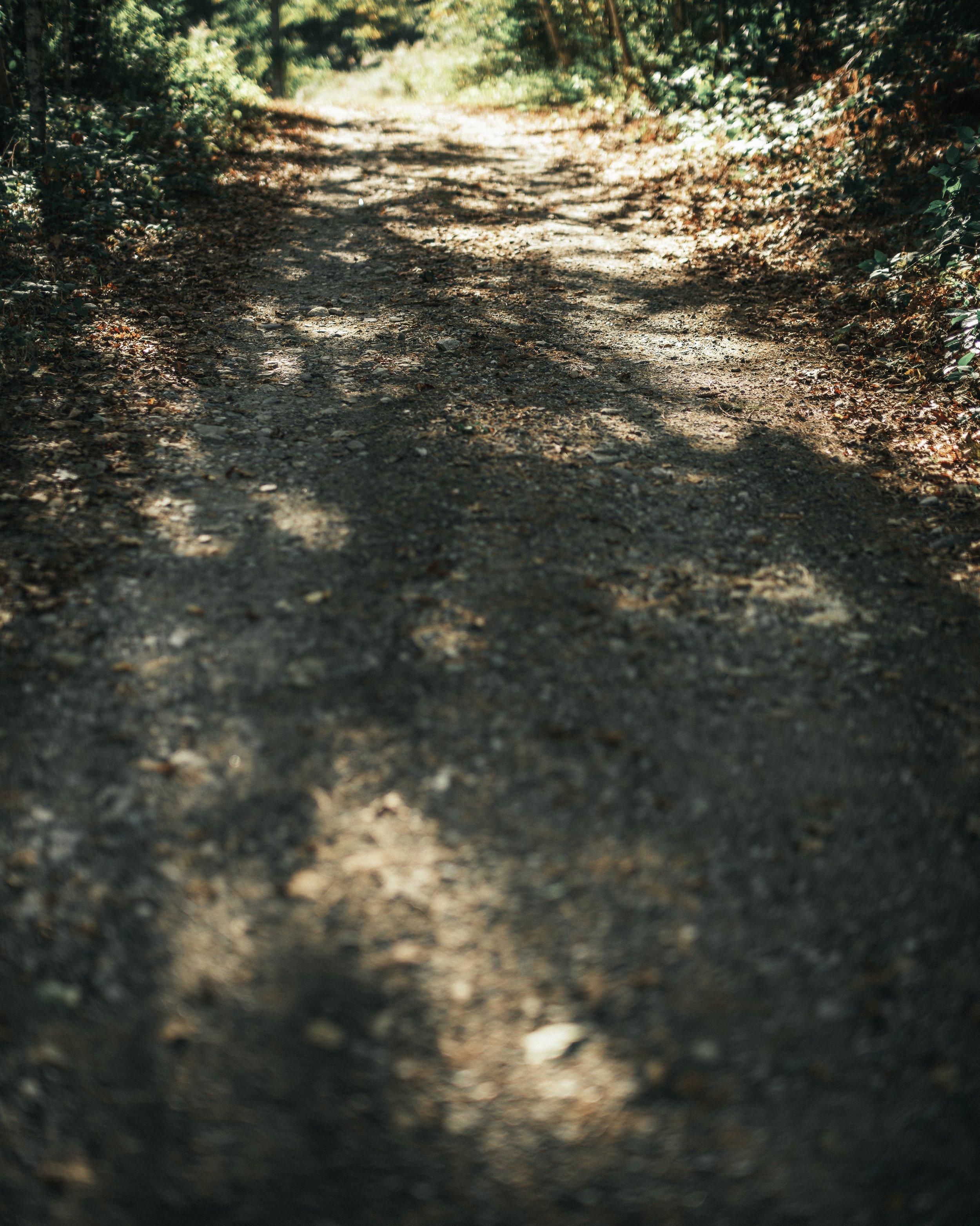
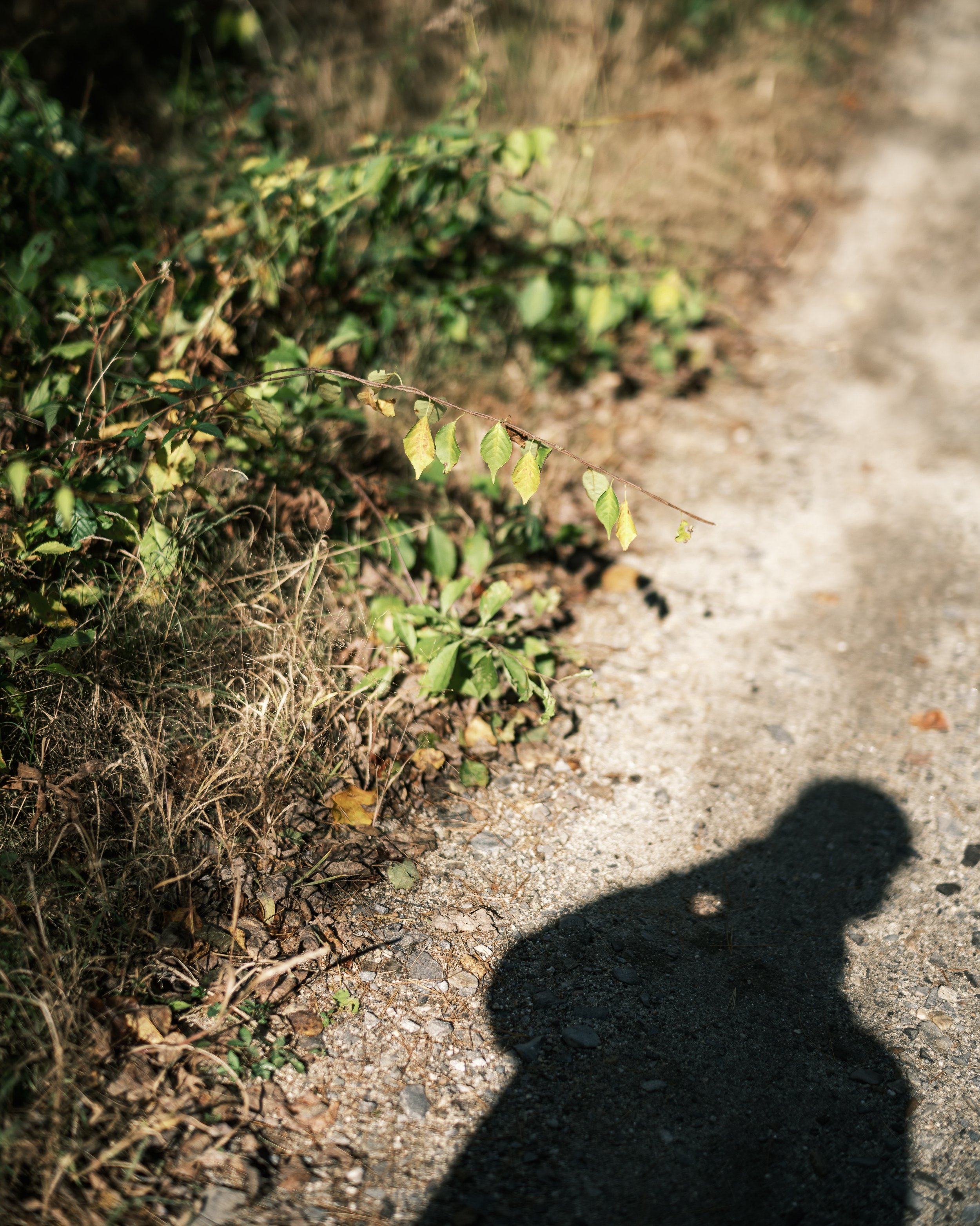
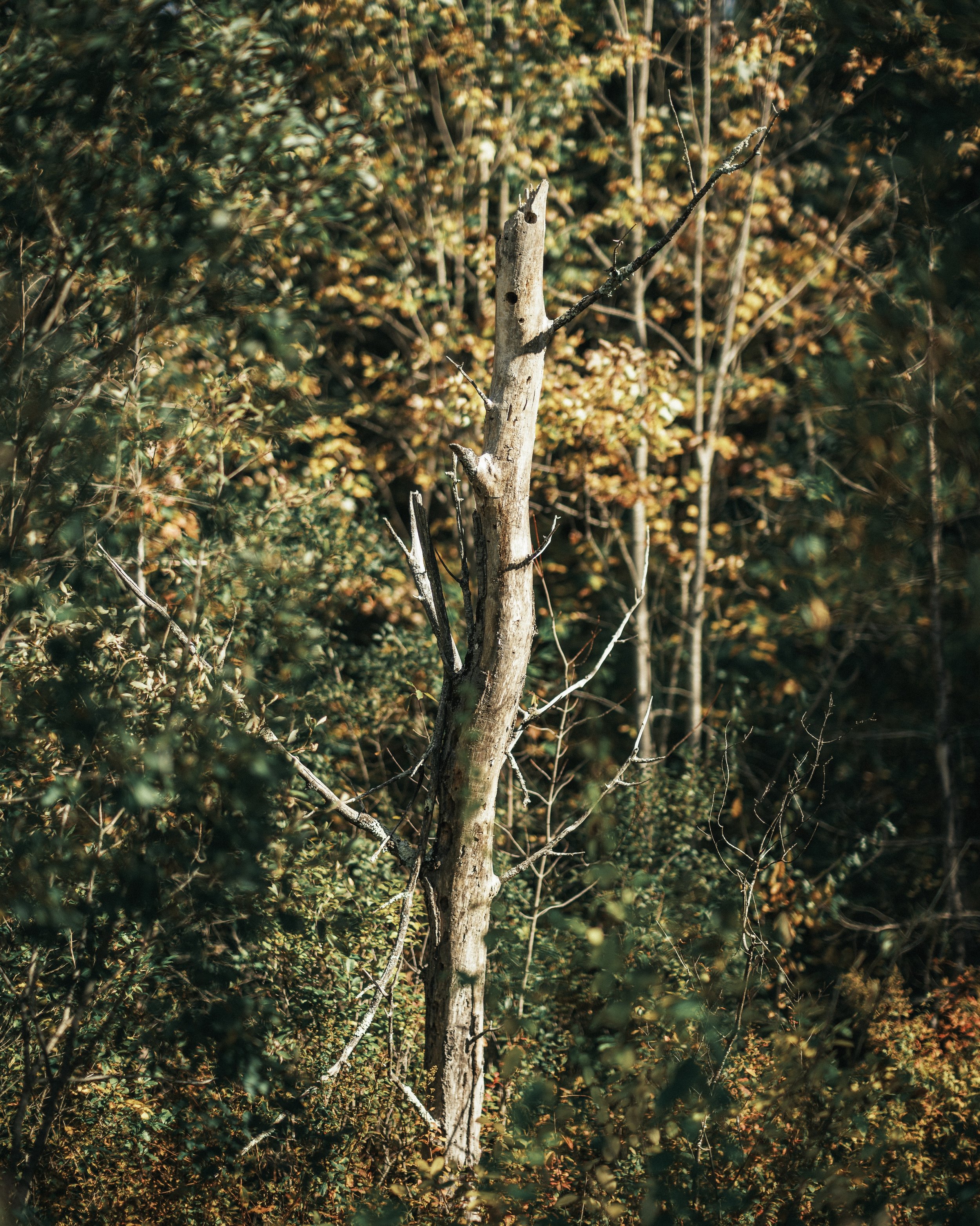
Shooting film is a silly waste of money (that I happen to enjoy)
To each their own.
Just a quick-but-controversial post. I saw this juxtaposition on B&H, so I did some math to find out how many scans of the film on the right would fit in the card on the left.
Here are my assumptions:
6x7, which is 10 to a roll of 120.
100MB scans. Roughly around what a GFX 100 compressed RAW would save (the RAW file is likely even more, but 100 is easy math).
That’s 2,560 100MB per 256GB card (theoretically).
Divide by 60, since 60 6x7’s in a 5 pack of film.
That’s 42 2/3 boxes of film that fit on a $40 card. The film (on sale!) would cost $2,645—about the same cost as a used Fujifilm GFX 50r or 50s ii. An original 50s costs even less.
I’ve enjoyed the process of shooting a few rolls of 35mm after years away from film. But I can’t imagine a bigger waste of money for a result that differs barely at all. I thought maybe vinyl records, but the listening experience there is at least different.
Which is which? Okay, probably pretty easy, just a quick edit. But still.
A camera—digital or film—has a body and a lens. If you enjoy the look of old lenses, they can be adapted. If you enjoy the look of old films, they can be simulated. If you enjoy the feel of old cameras, they can be replicated (heck, cock and fire that film camera with nothing in it). If you enjoy limited shots per outing, use a tiny SD card. If you enjoy waiting to see the results, ship your SD card to yourself (via a stop in China for the full effect). If you enjoy chemicals, look under the kitchen sink. If you enjoy scanning film with a digital camera—I don’t think I need to address that one…
I will continue to shoot the occasional roll. Will probably shoot one this weekend. But given the results I’m getting out of Fujifilm’s GFX 50r, I would not for a second ever consider shooting film exclusively or primarily.
I firmly believe people should be allowed to enjoy whatever gets it done for them. Though these observations are strongly stated and help direct my own opinions, please take the data for what it’s worth and form your own opinions. The important thing is that you’re shooting.
Medium format: worth it?
A comparison of the GFX 50r with Mitakon 65mm f1.4 and the Fujfilm X-T5 with Mitakon 35mm 0.95. Because I couldn’t find anyone else comparing these combos.
Ever since I saw some of the work created by photographers like Kyle McDougall with Fujfilm’s GFX cameras, I’ve wanted one. In one of the very first posts on this blog, in fact, I shared some quarantine images taken with the GFX 50s ii, which I returned shortly after. But I’ve held out hope that I could get back into the system—and especially try it with the Mitakon 65mm f1.4 lens.
Recently I ordered used versions of both the GFX 50r and that Mitakon lens. And I’ve been blown away by the results of that combo. I’m able to get photos of the boring subjects I like (mostly random plants and trees) that look epic thanks to the easy subject separation and gorgeous focus fall off. I’ll share some of those a different time (in the meantime, see more by following me on Glass).
But the kit is still expensive. So I did the math and figured that Mitakon’s 35mm f0.95 on my X-T5 could give similar results. (In reality, if my math’s correct, the APS-C version would have to be ~f0.7 to get the same effective depth of field. But that doesn't exist.) So I walked around the yard and took some shots on each setup to compare. Both lenses are wide open, the G-mount at f1.4 and the X-mount at f0.95. Both are more or less straight out of camera using the Classic Neg simulation, but I have tweaked the exposure in Lightroom on a few to better match the other camera’s exposure.
Image quality (with samples)
Fujifilm X-T5 with Mitakon 35mm f0.95
Fujifilm GFX 50r with Mitakon 65mm f1.4
Fujifilm X-T5 with Mitakon 35mm f0.95
Fujifilm GFX 50r with Mitakon 65mm f1.4
Fujifilm X-T5 with Mitakon 35mm f0.95
Fujifilm GFX 50r with Mitakon 65mm f1.4
Fujifilm X-T5 with Mitakon 35mm f0.95
Fujifilm GFX 50r with Mitakon 65mm f1.4
Fujifilm X-T5 with Mitakon 35mm f0.95
Fujifilm GFX 50r with Mitakon 65mm f1.4
Fujifilm X-T5 with Mitakon 35mm f0.95
Fujifilm GFX 50r with Mitakon 65mm f1.4
Fujifilm X-T5 with Mitakon 35mm f0.95
Fujifilm GFX 50r with Mitakon 65mm f1.4
Fujifilm X-T5 with Mitakon 35mm f0.95
Fujifilm GFX 50r with Mitakon 65mm f1.4
I chose these lenses specifically because of their roughly equivalent focal length and the fact that they’re made by the same company and have similar character. So there is a lot of similarity in the feel of these images.
But there are also differences.
Clearly the GFX combo offers shallower depth of field (the background is more blurred). Again, an exact comparison can’t be made due to, uh, physics. But that is what makes a larger sensor desirable. Point: medium format.
The fall off—how the image goes from in-focus areas to out-of-focus areas— is more pleasing in the GFX photos. It’s silky smooth. Point: medium format.
I think the in-focus areas are a little more contrasty on the GFX, but they’re so close as to be basically the same. This one’s a tie.
The X-T5/APS-C photos have those nice bokeh balls, but that can be achieved on the GFX by stopping down. Then you’d get both the balls and the nice fall off. Point: medium format.
Other considerations
Now to the other tangible differences not seen in the photos. The biggest thing is probably ergonomics. The size and weight differences in these combos is significant.
X-T5 with Mitakon 35mm f0.95: 995 g / 2lbs 3 oz.
GFX 50r with Mitakon 65mm f1.4: 1,830 g / 4 lbs.
Yep, the GFX 50r combo weighs nearly twice as much. And that Mitakon lens on the X-T5 ain’t light compared to other X-mount lenses (100g heaver than Fujifilm’s closest, the 33mm f1.4).
Possibly an unpopular take in the seeming rush to make everything lighter and thinner, but I’m not so sure this is a bad thing. Sure, you’ll feel it—depending on how you carry the camera and for how long. Your fingers and wrists might get sore lifting it to take photos. And even within GFX land, the 50r is not the easiest to grip. The 50s ii and others have a deeper grip that feels like you have real control over the camera.
But compared to the Pentax 6x7 with prism and 100mm f2.4 lens (a lens which some have compared to this Mitakon 65mm)—a combo which weighs more than 5 lbs, the GFX setup is downright lightweight.
However, if you’re more likely to shoot because you’re more likely to have a camera with you because that camera is smaller and lighter, then points to the X-T5 setup.
There are other differences in overall camera speed. The X-T5 is certainly faster, has all the latest tech, and doesn’t give you extreme rolling shutter issues when using the electronic shutter (seriously, why even include this feature on the GFX? Every single time, regardless of movement). Points: X-T5/APS-C.
The X-mount lens ecosystem is far deeper (unless you count adapting other manufacturers’ lenses, but really you can do that to some extent on both). I’m not sure how improved the tech is on newer GFX cameras like the recently announced 100 ii, but given the limitations a big sensor necessitates, there seems to be no way the overall experience could be as fluid as the X series. Points to X-T5 here.
Conclusion
So, scientifically, medium format is better. Just kidding. Completely subjectively, based on what I like to shoot and how I like those photos to feel, the characteristics of the larger sensor and the lens possibilities it enables, and my willingness to slow down and treat shooting more like a film camera, the GFX series is the clear winner for me.
If you need small and light, reliably fast tech, and relatively inexpensive and abundant lens options, definitely stick to the X series.
To be clear, the image quality on both systems is amazing. And for many types of images, when viewed on a smartphone, it’ll be difficult to tell the difference.
Personally, I’ll be using both for different scenarios. For now. But I have noticed when I get up and go, I’m grabbing the GFX almost every time.
What’s next
The open question I’m left with is whether to keep the 50r or switch (back) to the 50s ii. I love the 50r’s rangefinder styling and top dials, and it feels really great in my hands. But the 50s ii has newer tech, IBIS (could really use that sometimes), and that nicer grip. Plus I can get it with the really great 35-70mm bundled for a good price, giving me a little more range than the Mitakon provides—and autofocus (not every photo should be super shallow, he tells himself).
Have opinions on this subject? Let me know in the comments.
Update: after this post went live, but before I’d even shared the link, I decided to keep the 50r. I really love this camera.
A storm’s coming
This lens is Zeiss—I mean nice.
Hurricane Lee’s pushing its way toward us. But this post is about the last vestiges of summer foliage, shot on the Zeiss Touit 32mm f1.8.
I’ve ordered and returned many lenses recently. I love Fujfilm’s own primes and I’m very impressed by Sigma’s (though Sigma needs to add aperture rings). I own Sigma’s 30mm f1.4, but have wanted to get a 23mm* (~35mm in 35mm terms) back in the stable since foolishly selling my Fujifilm 23mm f1.4 (the original, non-WR model).
Which is why I’m not sure where this Zeiss lens fits exactly. It’s too similar to the Sigma 30mm in focal length to justify both. But oh boy is it a delight to shoot! And after one walk with it—in a strong breeze while waiting on the storm to arrive, in bright light that’s less than ideal—I kinda love it.
I was expecting to think, yep, the aperture ring is nice but it’s a little expensive compared to the Sigma and I don’t need another lens in the 45-50mm equivalent range. But there is definitely a bit of Zeiss-ness in the look that I’d like to explore a bit more. I don’t think the photos are objectively better than the Sigma’s (and the Zeiss autofocus is a little slower and louder). But the photos are… something nice.
I’m going to get out with this lens some more before deciding if it gets a permanent home in my bag. In the meantime, here are some photos from my walk.
*I have preordered Sigma’s new 23mm f1.4 for Fujifilm, which should arrive sometime next week.
First roll on the Pentax K1000
The lens technically sucks, but I loved it.
I started shooting film and got my first rolls back from the lab.
After getting sucked into film photography YouTube for a while, I bought and compared a couple manual 35mm SLR's: the Yashica FX-3 and Pentax K1000. I have one lens for each, a 50mm f1.9 on the Yashica and a 70-210mm f4-5.6 on the Pentax.
The Yashica was far and away my favorite to shoot with and I planned on reselling the Pentax for ergonomics reasons only. But I scanned the Pentax roll first and I really loved the results from this cheap lens. By "loved" I mean the lens is difficult to focus and pretty soft, but there's something interesting and I definitely like the results from the Yashica lens more but eh, I'll keep the Pentax around. For now.
I'd debated keeping the scanned rebate in the final file, but my scanning is so consistently crooked, I think I'll just straighten and crop them like a real photo.
Some of these are clearly test shots around the house, the rest were taken on an outing to—you guessed it—Midcoast Maine.
I should mention that I will still primarily shoot digital. Film is a fun hobby within a hobby, but I still prefer the relatively instant gratification of digital. I have already adapted both of these lenses for Fujifilm X mount, so there will definitely be digital shots will a similar vibe showing up on this website. My current plan is to set aside a film + develop budget each month and use a film camera to shoot specific projects.
So here they are, my first, fuzzy attempts at shooting film since that automatic Nikon SLR we had in the early aughts. These are shot on the Pentax K1000 with 70-210mm f4-5.6, Kodak Gold 200, lab processed, home scanned using the Fujifilm X-T5 with TTArtisans 40mm f2.8 Macro, converted to positive in Lightroom Classic with Negative Lab Pro.
A day on the Midcoast
I live in paradise.
The Midcoast of Maine has been my favorite nearby place to explore for many years. There can be heavy traffic in the summer on coastal US 1, but if you go on an atypical day—weekday, raining, winter, etc.—you can wander around without running into many people. For an introverted photographer, this is ideal. Plus, atypical conditions are often more interesting to shoot.
Here are some photos from one such day trip a month ago. We stopped in Wiscasset and Damariscotta, but mostly spent the day at Reid State Park. It was misty and wet, so we were nearly alone (except for the deer).
Summers in Maine—even the rainy days—remind me why we put up with the winters. Since these photos, I believe we've been back 3 times. And we're going again this weekend. I'm lucky to live in such a place.
Chicago
I used to bring my camera on more work trips.
A shout out to my current manager, who organized a perfect meetup. He chose Chicago so it wouldn’t be far to travel for anyone. We traveled on Monday, went home Wednesday. We knocked off at 5pm on Monday and Tuesday, and spent time exploring the city.
Normally my work trips take me to the Bay Area, usually San Francisco proper. And usually there’s not enough time to explore the city, so I just leave my camera behind. I’ll manage a phone shot or two if I’m lucky.
I’m grateful for the chance to stroll the Magnificent Mile and surrounding area (not to mention eating BBQ, Giordano’s, and Italian beef). I took a newly purchased Fujifilm 16mm f2.8. I’m pretty happy with the results, but ideally I get a little better low light performance and a touch sharper. I love the Sigma 30mm f1.4 I bought recently, so rather than shelling out for Fujifilm’s 16mm f1.4, I think I’ll pick up the Sigma version for very similar image quality and less money.
I’m also developing my own teal/orange Lightroom preset based on Fujfilm’s Classic Neg color profile for use in these city architecture/street photos. Let me know what you think before I start using this all the time and potentially embarrass myself.
Mac… whoa
(It’s wordplay on “macro.” So.)
I found out you can buy cheap macro extension tube sets¹, so naturally I did. I tried them on a variety of lenses². Here are the results.
Then I threw them in a drawer, where most cheap photography accessories go to die. This was a fun experiment but it’s not my vibe.
Spring is finally here!
And what a beautiful example of the genre.
I’d given up hope that anything would turn green this year. Such a long winter.
Then suddenly, everything bloomed. Here are some shots from around the yard this afternoon.
Site updates
I’m a web developer. It just makes sense. Update: it no longer makes sense.
Update: And now I've moved to Squarespace. There's more I want to be able to do with my site than what Adobe Portfolio would enable. Why Squarespace over Wordpress or others? A discussion for another time.
Update: I’ve now moved the site back to Adobe Portfolio. I’m pretty happy with how easy it is to manage and customize. And it’s free (as in beer) with the Creative Cloud subscription I’m already paying for.
Since my posting is pretty inconsistent, I grew weary of paying Wordpress $40/mo just to keep things running. It was a chore to upload images in their UI and often uploads would fail. Sometimes full size versions of the images were just… missing from JetPack.¹
So I exported my data and rebuilt the site myself. It’s static using flat Markdown files and easy to update—just merge and push to the main branch. It’s built with next.js and deployed on Vercel and it is speedy. The images are hosted with Cloudinary. The whole thing, at least for now, is free to run.
There may be some features to add later, like tags/categories, related posts, and a contact form². But I’m pretty happy with the site as-is for a while.
Anyway, here are some recent photos.
This lens!
Good looks.
I recently received the Mitakon Zhongyi 35mm f0.95 lens as a gift. And it is exactly what I've been looking for.
The depth of field is obviously the main attraction. The lens feels really solidly built and is surprisingly easy to focus at f0.95. And it looks great on the camera. Whatever "character" means—yeah, it's got that for days. This is a look that I thought I'd need to shoot medium format film to get. The focus fall off is just beautiful.
Excuse me, did you take my photo?!
Have I arrived as a street photographer?
Nah, fella. Don't flatter yourself. Not my style. You’re not a bird or a building. (Actual thoughts I had after an actual question I received.)
I guess you’ve hit the big time in street photography when a Nike/AirPod bro goes out of his way to harass you. The actual photo in question:
Even I know that if you're going to surreptitiously include people in your photos, you act like you’re fiddling with settings or are impatiently waiting for the person to pass by so you can keep the camera pointed at them without them realizing they're the photo not an annoyance. I was clearly pointing the camera (at the ground) with my face glued to the viewfinder, so this guy was insulting my abilities as a stealthy photo stealer.
Fortunately Mr Full-of-Himself took my “no” at face value, since his initial tone made it sound like fisticuffs were forthcoming (and he was bigger than me). For a terrifying second, I thought I’d have to learn karate through montage and show up there 2 minutes (movie time) later to defend my honor.
More from that recent walk around Portland’s Old Port.
You guessed it: snow
Make it stop.
I'm so tired of snow. But here are some more photos of it for some reason.
Winter wander
Life is beautiful, even when it sucks.
It seems all I do in February is work and walk through dead nature. I challenge myself to try to find any beauty in the death. Sometimes I'm rushed, thinking about work, and only manage to grab images that are pretty meh. But most of the time, I'm fairly happy with a handful of shots—and the process itself always helps me refocus and remember that life is always beautiful, even when it sucks.
Here are some photos I took on yesterday's walk.
Beautiful decay: Collinsville, Connecticut
It’s broke. Don’t fix it.
The town of Collinsville, Connecticut is built around a defunct ax factory. It's huge, it's red, and it dominates every angle.
I had some hours to kill this weekend, so I walked around Collinsville pointing my camera at run down buildings, bridges, and vehicles. Even though the old factory and the buildings surrounding it seemed about to crumble, the town had revitalized parts of the decay to create an active dining and shopping scene.
Here in Maine, these sorts of sites (lots of old mills) are really revitalized before businesses move in. The buildings almost look new again and then the breweries open. It was weird to me to see all the shops and restaurants in Collinsville that didn't bother with all that, they just moved right in to buildings that looked like the next gust of wind would topple them into the river.
I'm sure there are efforts happening behind the scenes to ensure the long term survival of these buildings and their modern tenants, but for now it's just a great place to get photos of old, dilapidated buildings while waiting for your dinner reservation.
One of those walks where I feel better
Every walk makes me feel better.
Every walk makes me feel… better. Today's photo walk, though, had enough keepers that it made me feel better about this whole photography habit.
The same walk, every day, in the blah colors of winter can get tedious. Today I was looking in the right places and found the light and color I sometimes miss. That's refreshing.
I'm also workshopping a preset based on Fujifilm's Classic Chrome profile that I think is really working here.
My favorite Maine state park
Too bad I can’t fly a drone here.
I'm always amazed at the variety of landscape available in a relatively small area at Reid State Park in Georgetown, Maine. There's ocean, beach, islands, lighthouses (with a long enough lens), marsh, woods, rocky overlooks, and plenty of trails connecting it all. There are even signs warning about the great white sharks that might be hunting seals. So, given the right circumstances, sharks and seals.
And since Reid features some of the biggest waves on the Maine coast, there are surfers. Even in January.
I was able to spend a couple afternoons at the park recently. Here's what I got.
Street photography in Portland
About town.
I used to walk the Old Port of Portland, Maine at least once a week. Since the pandemic upset everything, I don’t get into town as often as I’d like, so last week I made a point to practice some street photography in Portland. On the weekend. In January, when tourists still inexplicably wander around ooo-ing and ahh-ing at the same sort of things they can see back in Boston or New York. Curse this awesome town that I also love to ooo and ahh.
Anyway, I particularly wanted to focus on including people in my shots. I strapped on the X100F and the X-T5, the latter equipped with the 50-140mm f2.8. Interestingly, I found I took more photos with the telephoto, capturing details and people from afar.
For some of these I set up in one narrow alleyway and shot people walking by the other end. I tried to exposure bracket a few to compensate for the extreme highlights, but it is difficult to get the subject where you want them since Lightroom only includes them from the last exposure when they’re nearly out of frame. If I’d had a wider field of view so I could predict when people would enter the frame, I could’ve timed that better. Not a complete loss, though, since some of the unbracketed shots turned out fine.
Do I walk too much?
Stupid question.
Nope. Not enough. Images from today’s jaunt down the road. Side note, I love this 50-140mm f2.8 lens from Fujifilm.
The tops of things I saw on my walk
If the woods are brown, look up.
In the dead of winter, it seems I often don’t get many opportunities to go to places to photograph. So I walk near my house. I’m fortunate to live on a private road surrounded by woods and wetlands, so there’s plenty to look at.
The dead of winter also means there’s not a lot of color in the woods, so I’m forced to be creative. The last couple of days, I pointed my camera up and took photos of the tops of trees, plants, and poles. That sounds vaguely motivational and should probably be on a t-shirt: “if the woods are brown, look up.”



